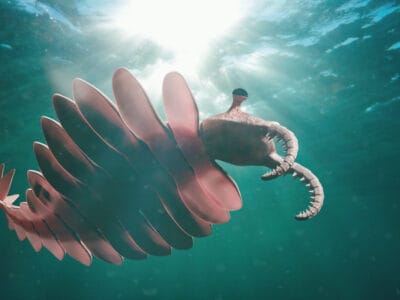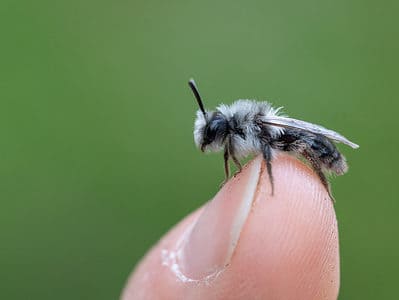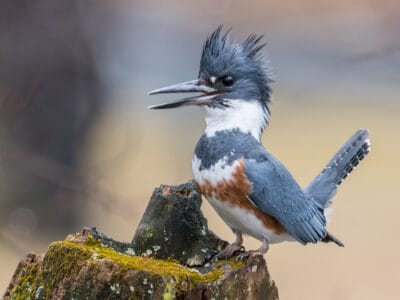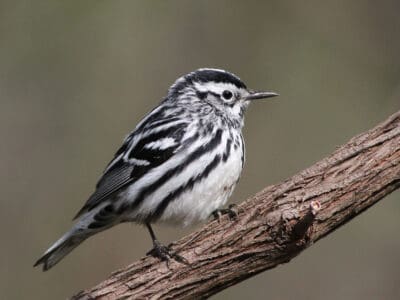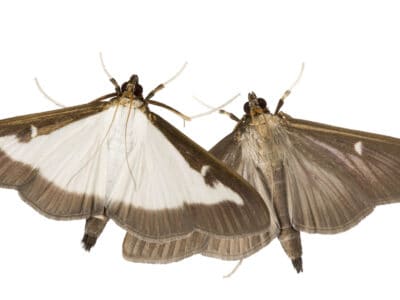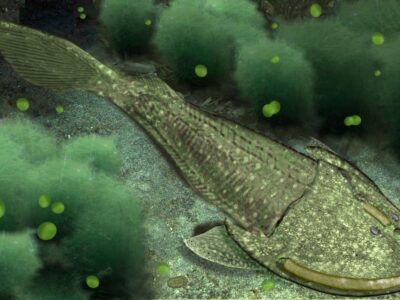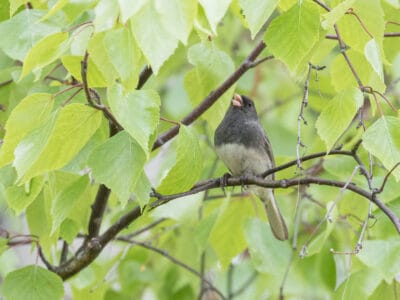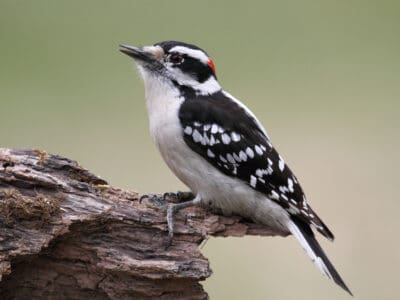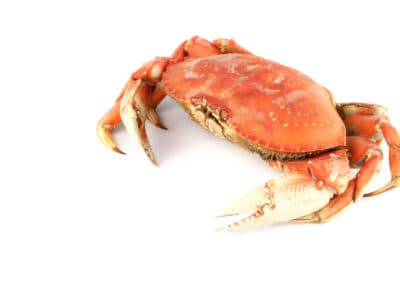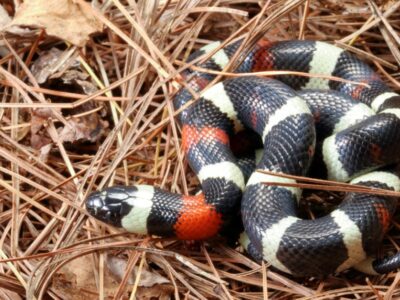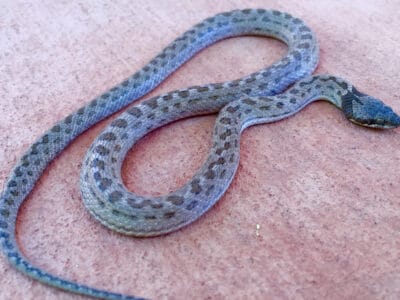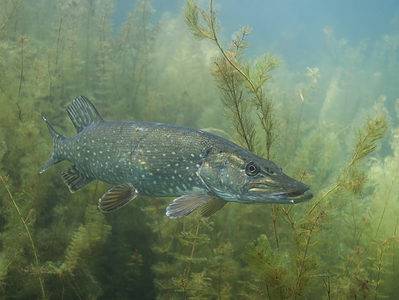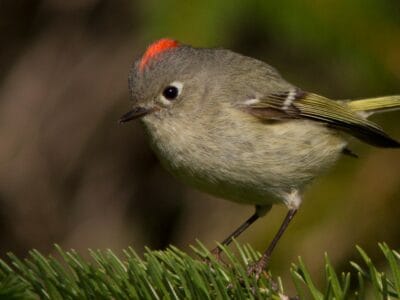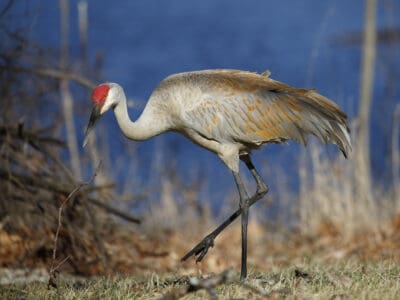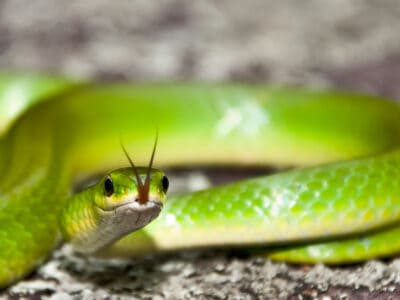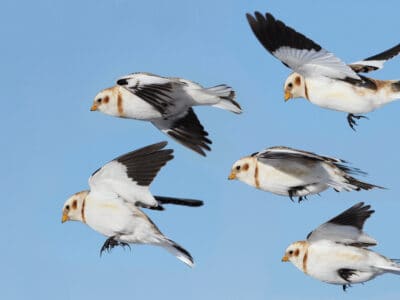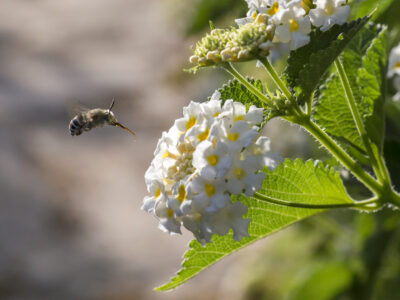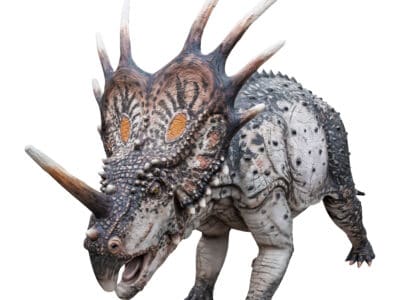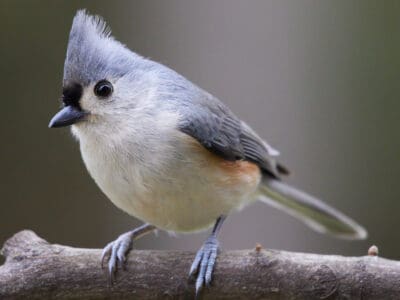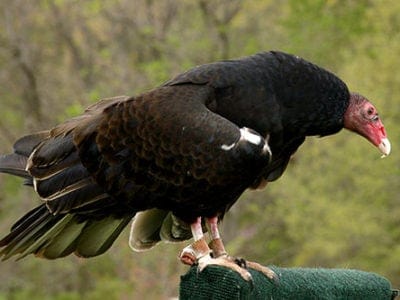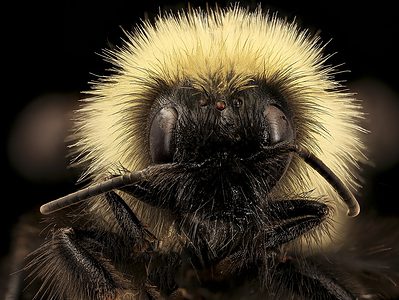By landmass, Canada is the world’s second-largest country and home to approximately 1,950 different types of animals. Unlike the United States and Mexico — North America’s two other nations — Canada is not a megadiverse country. Nevertheless, its wide-open spaces and relatively low human population make it a wildlife wonderland.
Below, you’ll find a complete list of Canadian animals — with fantastic pictures! We currently track 496 animals in Canada and add more daily!
Canadian Wildlife Geography
Canada is 9.9 square kilometers, containing 15 terrestrial eco-zones and five marine ones. Scientists believe 70,000 to 80,000 plant and animal species occupy the landmass, and an equal number have yet to be discovered.
This country occupies a large space of the continent of North America, bordering the United States to the south and the U.S. state of Alaska to the northwest. It stretches from the Atlantic Ocean in the east to the Pacific Ocean in the west. It also has shorelines with the Arctic Ocean in the north.
Canada’s southwest region is a mix of rainforest, desert, and continental climate zones, which the Rockies separate from the middle plains and eastern temperate zones. Further north, tundra conditions persist, and parts of the country lie above the Arctic Circle.
Canada has the world’s largest proportion of freshwater lakes, which, added to its land mass, makes it the second-largest country in the world, after Russia. Canada also is geologically active, having many earthquakes and potentially active volcanoes. One of Canada’s most well-known animals is the moose.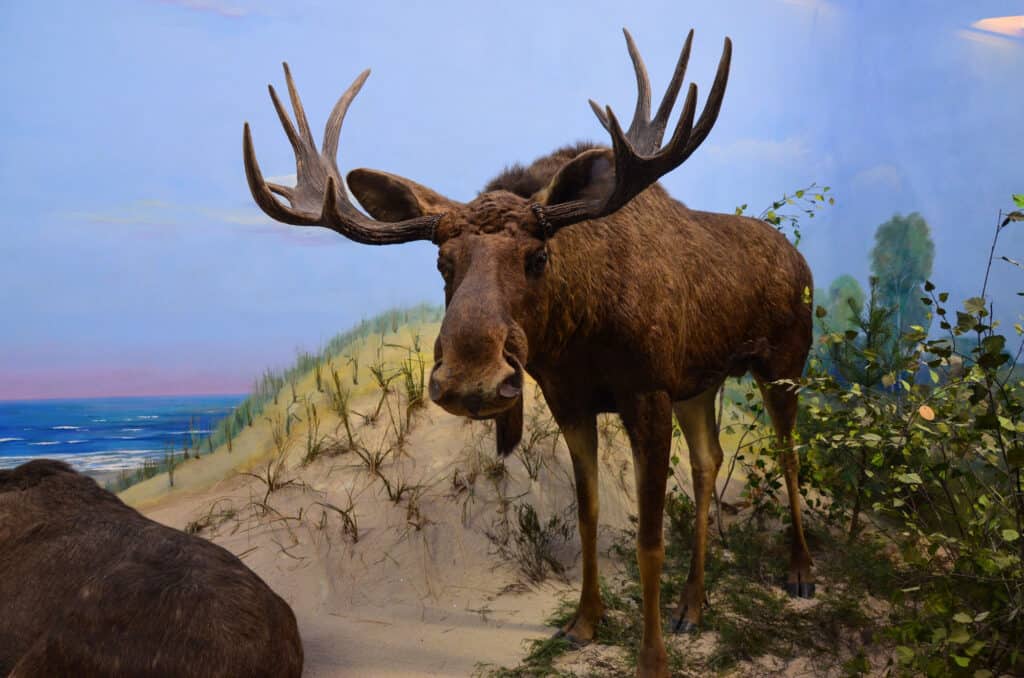
©D.serra1/Shutterstock.com
Canadian Animals
Englishman Samuel Hearne, an 18th-century explorer, fur trader, and naturalist, was the first person to record Canadian animals during his 1795 expedition. John Richardson followed with the Fauna Boreali-Americana in 1829. Today, people interested in Canadian wildlife and animals typically subscribe to The Canadian Field-Naturalist, Canada Journal of Zoology. French speakers can pick up Le Naturaliste Canadien.
The most recent Canadian animal count stands at 200 mammals, about 692 birds, 43 reptiles, and 43 amphibians. Most notably, the following types of animals are found in Canada and in surrounding waters:
- Beluga whale
- Moose (the most dangerous animal in the country)
- Wolverine
- Bighorn Sheep
- Canada goose
- Beaver
Due to human activities, invasive species, and environmental issues, there are some Canadian species at risk of being lost. However, about 65 percent of Canada’s resident species are considered secure. About 12% of the nation’s landmass and freshwater are considered conservation areas, including 11% percent designated as protected areas. Also, about 14% of Canada’s territorial waters are conserved, including almost 9% designated as protected areas.
Mammals in Canada
Canada is known for its giant residents: moose, wood bison, polar bears, and grizzlies. But in terms of population, rodents are the most plentiful mammals in Canada. Scientists have currently recorded about 200 mammals in the country, and the list ranges from bats to blue whales to bobcats.
Common Mammals
- Cougar
- Caribou
- Moose
- Pronghorn
- Wood Bison
- Bighorn Sheep
- Beaver
- Fox
- Hare
- Mole
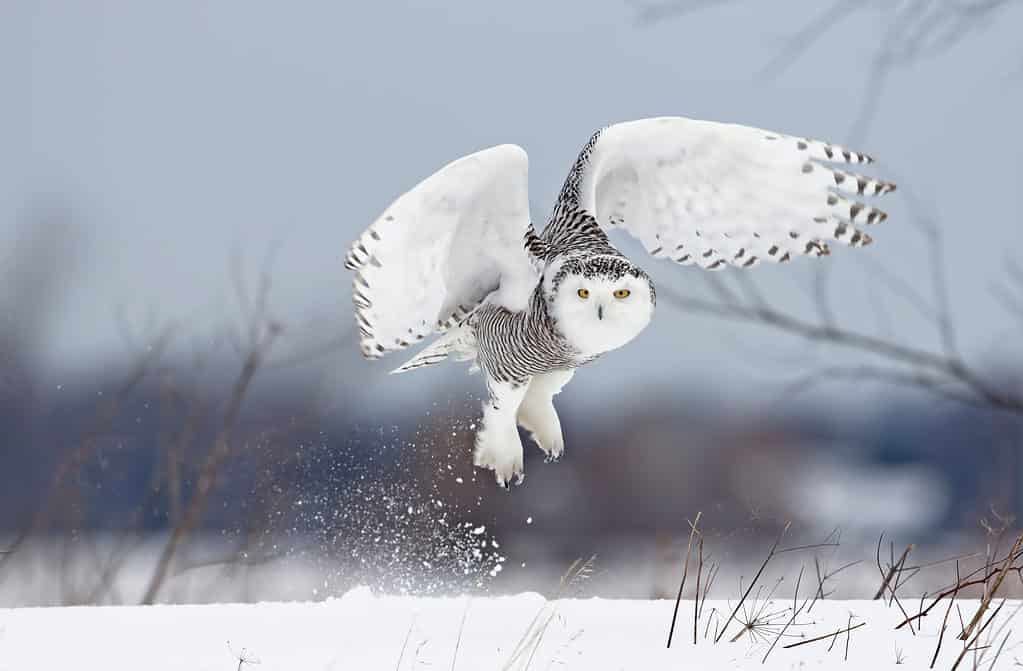
One of Canada’s native birds is the snowy owl.
©Jim Cumming/Shutterstock.com
Native Birds
When you search “number of bird species in Canada,” you’ll get many different answers. Some counts only include animals native to Canada, some are lists of birds that never leave Canadian airways, and still others are giant listings of every bird that’s ever crossed the border.
We think a good count for the number of birds in Canada is about 687 and 692. That includes between 462 and 467 birds endemic to the country, plus 225 accidental species that immigrated, either by choice or importing, and stayed — or visit for half the year.
Common Birds
- Canada Goose
- Snowy Owl
- Common Ravens
- Common Loon
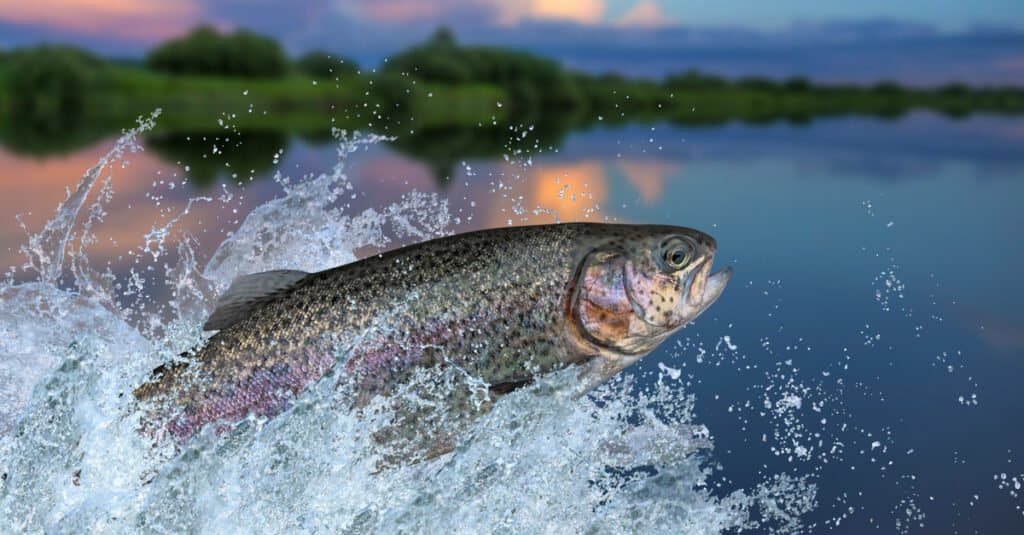
Rainbow trout are commonly found throughout Canadian fresh water lakes and rivers.
©FedBul/Shutterstock.com
Native Fish
Over one thousand species of fish torpedo through Canada’s waters. Most famously, the country is a salmon haven, and anglers flock for the annual runs on both the east and west coasts. Canada is also home to several spectacular fish including:
Common Fresh-Water Fish
Common Salt-Water Fish
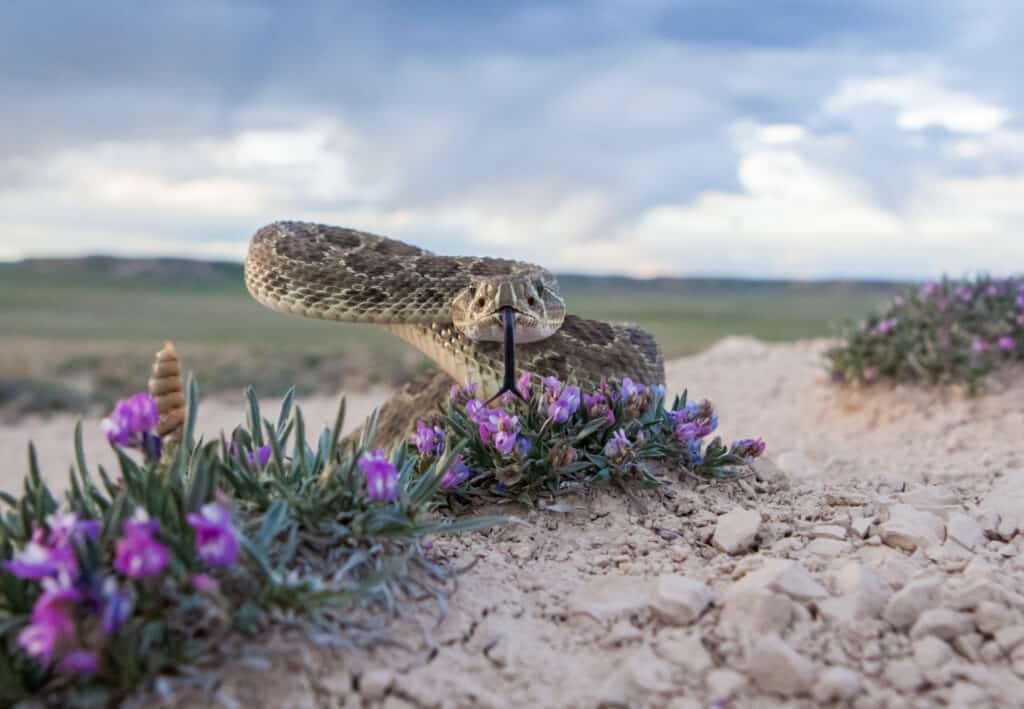
A wild Prairie Rattlesnake poses in the strike position. These are native to S. Saskatchewan and Alberta.
©iStock.com/Matt Kaminski
Native Reptiles
Surprisingly, the reptile world is widely represented in the Great White North. Crocodiles are the only reptile group not represented in Canada. Vast and beautiful, Canada is home to some not-so-pleasant reptiles, such as venomous snakes.
Common Venomous Snakes in Canada
- Northern Pacific Rattlesnake (British Columbia)
- Massasauga (Georgian Bay Area of Ontario)
- Prairie Rattlesnake (S. Saskatchewan; Alberta)
- Desert Nighsnake (Endemic to southern Okanagan valley of British Columbia)
If bitten by a reptile, especially a snake, it is always necessary to seek professional medical attention, even if thought to be harmless.
You can also read about the largest snake found in Canada.
National Animals of Canada
What is Canada’s national animal? Many people assume it’s the moose or polar bear.
Those are good guesses, but it’s actually the beaver and Canadian horse.
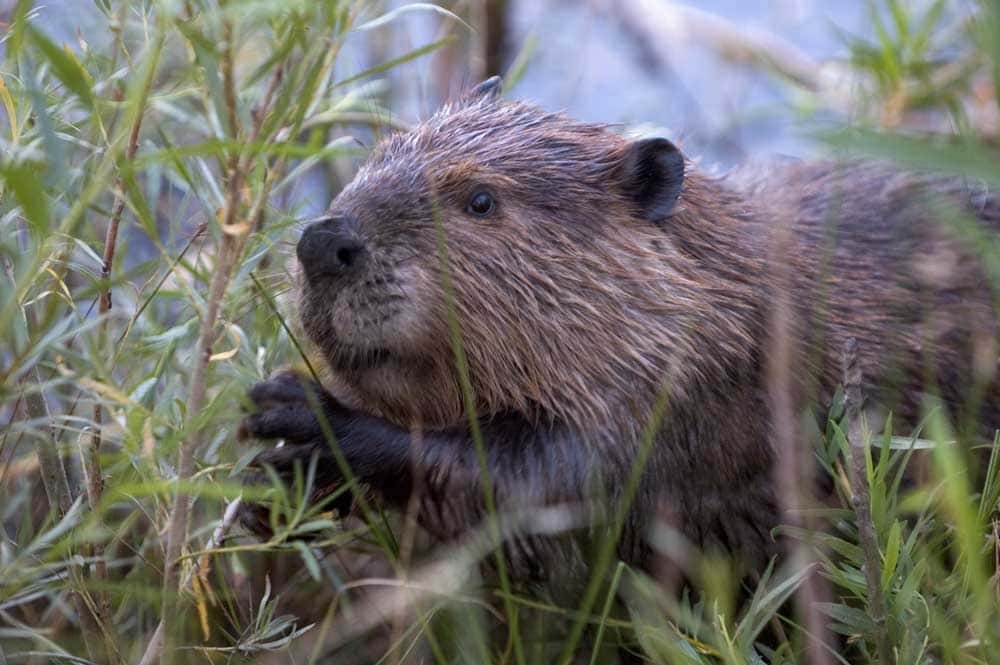
One of Canada’s national animals is actually the North American beaver.
©No machine-readable author provided. Cszmurlo assumed (based on copyright claims), CC BY-SA 3.0, via Wikimedia Commons – License
North American Beaver
On March 24, 1975, the North American beaver became Canada’s National Animal when lawmakers passed the National Symbol of Canada Act, which recognized the animal as “a symbol of the sovereignty of Canada.”
When people first learn this fun fact, the reaction is typically that of unsureness. However, any proud Canadian will set skeptics straight, explaining that beavers are hard-working and highly intelligent, able to build structures visible from space! “What better animal is there to celebrate and uplift?” And we agree: beavers are quite incredible.
Four Fun Facts About Beavers
- Beaver lodges are sturdy, comfy, and safe. To evade predators, they build underwater entrances. Inside, there are two rooms: one is a “mudroom,” where beavers dry off and clean themselves. The other is a dry, warm, toasty den where they hang out and socialize.
- Built-in swimming goggles? Beavers have them. While swimming, their transparent eyelids “switch on.” They act like goggles and allow beavers to keep their eyes open underwater.
- Why are beavers always gnawing on things? It’s their teeth — which never stop growing! To keep their fangs under control, beavers continuously file them down by chewing on bark, buds, stems, and twigs.
- Occasionally, beavers will kindly open up their lodges to muskrat families in need.
- In 1621, Sir William Alexander was the first person to include a beaver in a recognized coat of arms.
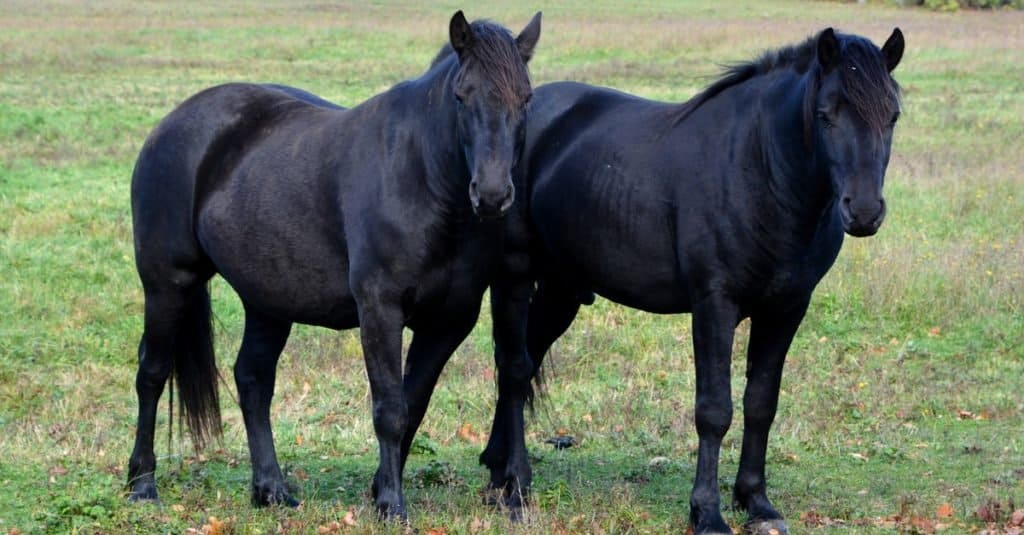
The Canadian
horse
was chosen as the second national animal.
©meunierd/Shutterstock.com
Canadian Horse
In 2002, after a years-long campaign, parliamentarians added a second national animal to its roster: the Canadian horse — aka cheval Canadien.
The species’ descendants track back to the stables of Louis XIV, France’s Sun King, and they’re graceful, muscled, powerful, and calm.
Calvary men who fought in the American Civil War rode Canadian horses almost exclusively, and it nearly extinguished the breed. Once the war ended, Canada passed a ban on exports to regrow the population.
Alongside the United States, Australia, and the Bahamas, Canada is one of four nations with two national animals.
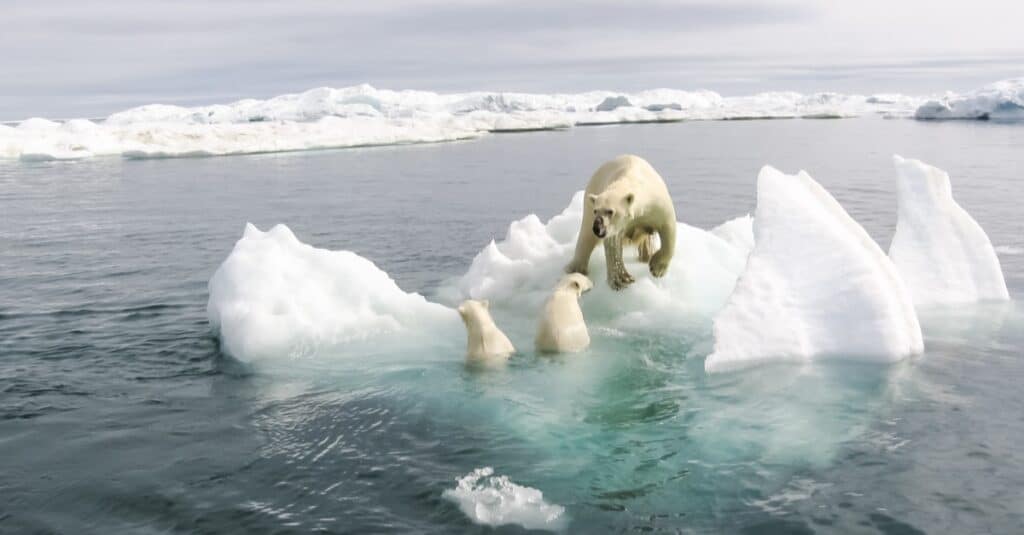
Polar bears are an endangered species in Canada.
©iStock.com/avstraliavasin
Endangered Animals In Canada
At the time of this writing, according to the Canadian government, 890 of the country’s animals are endangered, vulnerable, or seriously threatened.
Canada’s Species at Risk Act (SARA) is the federal government legislation to prevent wildlife species from becoming extinct, with the goal to protect endangered or threatened organisms and their habitats. Additionally, provinces, territories, and large municipalities also have their own species and habitat conservation regulations.
Canada actually established the world’s first national park management agency, the Dominion Parks Branch, now called Parks Canada, in 1911. The country also collaborated with the United States in 1916 to sign the Migratory Birds Convention.
Some Canadian animals that are at risk of extinction include:
- Canada Lynx
- Polar Bear
- Sea Otter
- Wolverine
- Black-Footed Ferret
- Northern Fur Seal
- Steller Sea Lion
- Hooded Seal
- North Atlantic Right Whale
- North Pacific Right Whale
- Sei Whale
- Blue Whale
- Fin Whale
- Whooping Crane
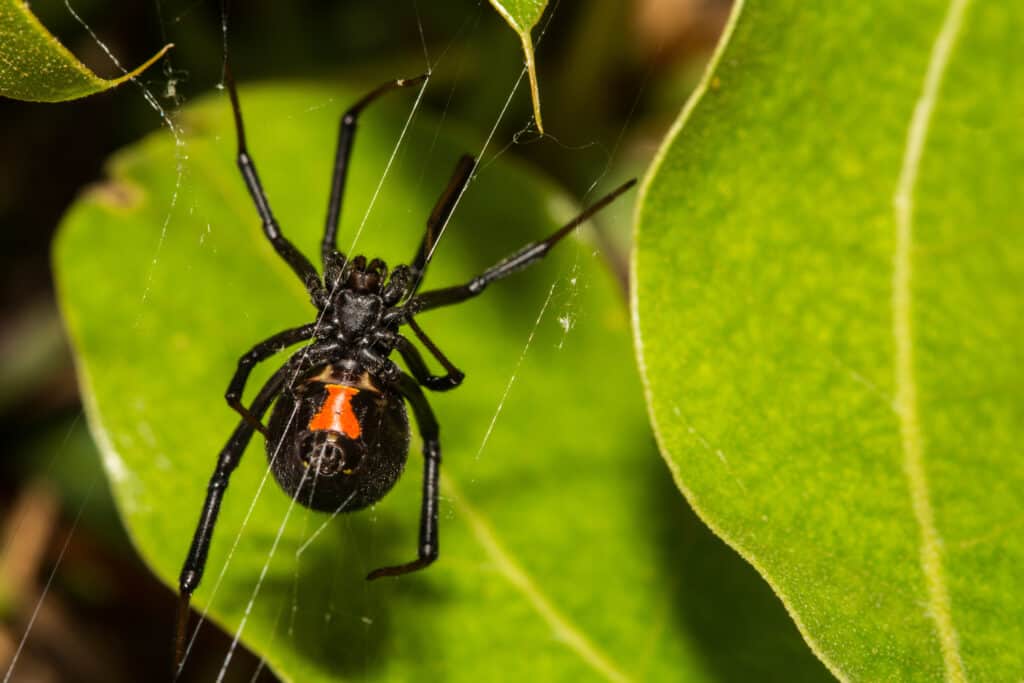
Black widow spiders are one of the most dangerous animals in Canada.
©Jay Ondreicka/Shutterstock.com
The 5 Most Dangerous Animals In Canada Today
The five most dangerous animals in Canada are the moose, black widow spider, prairie rattlesnake, cougar, and polar bear. With such a large landmass, humans haven’t touched a large portion of the land, making it the ideal spot for wildlife to thrive.
Though Canadians seem easygoing, some of its animals do not have that trait.
Moose
Moose aren’t meat-eaters, so they don’t attack people for food. But the 1,500-pound behemoths do cause catastrophic harm when they collide with cars and ram vehicles. Moose mainly stick to lake streams deep in the woodlands, but they occasionally collide with humans — so watch out!
Black Widow Spider
Black widow spiders live along Canada’s southern border. They like to hang in dark, quiet places, like sheds, under rocks, and beneath woodpiles.
Despite their reputations, black widows do their best to avoid people and only bite after exhausting all other options. Thankfully, the black widow spiders found in Canada aren’t venomous enough to kill humans, but they can cause lots of pain — and are deadly to smaller animals.
Prairie Rattlesnake
Prairie rattlesnakes slither around southwestern Alberta, and if you come across one, be very careful! It is rare for people to die from snake bites, however, it does happen. For instance, in 2018, a man lost his life after a prairie rattlesnake struck him during a golf outing. If bitten, stay calm and call 911 immediately.
Cougar
Cougars, the second heaviest big cat after the jaguar, rarely attack humans, but they will in trying times or in defence of young cubs. In Canada, they live around the Rocky Mountain region.
Polar Bear
Polar bears are beautiful and deadly! While they won’t charge people, unless provoked, it is important to watch out! Polar bears weigh between 330 and 1,200 pounds and have been known to decapitate humans with one swipe of their giant paws.
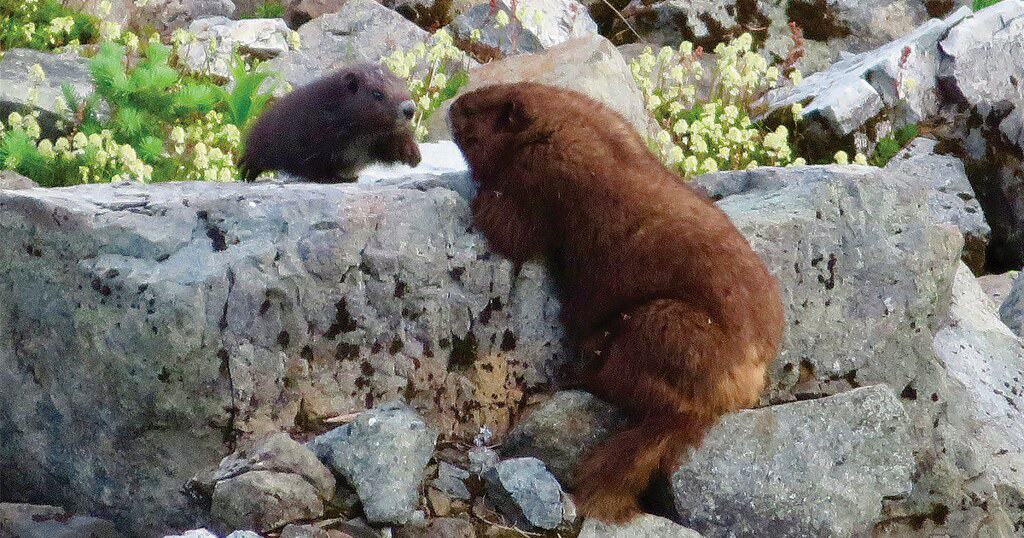
This marmot lives exclusively on Vancouver Island.
©Province of British Columbia/Flickr – License
The 4 Rarest Animals in Canada
A recent report shows that more than 300 species are found in Canada and nowhere else in the world. With such a large landmass and multiple waterways, it’s actually more surprising there aren’t MORE animals that only reside in Canada.
As far as hotspots, British Columbia, Quebec, Alberta, and Yukon had the highest numbers of endemic plants and animals. Explorations of sand dunes, rivers and lakes, and remote islands have helped with many recent discoveries.
Here are the top 4 rarest animals in Canada:
- Eastern wolf — With grizzled brown or cinnamon-colored fur, this lightly built wolf is actually the product of a recent hybridization between the grey wolf and the coyote. Their population numbers are slim, but they tend to stay out of the way of human contact. Hopefully more can be done for this Canadian mammal.
- Vancouver Island marmot — These ground squirrels are about the size of a house cat and weigh around 11 lbs. Living exclusively on Vancouver Island, they create homes at higher elevations in natural meadows that occur in the forest. For a brief period in the 1990s, they were momentarily extinct in the wild. Sadly there are only 300 in the wild but captive breeding programs are underway.
- Pacific Steller’s jay — This is a large songbird with a long beak, broad, rounded wings, and a long tail. Its head is dark gray, while the body is blue. It is named after Georg Steller, a Russian naturalist who first described it in 1741. In particular, the carlottae subspecies can only be found on Haida Gwaii. These birds are bold, inquisitive, and noisy.
- Salt marsh copper — This is not a snake but, in fact, an insect! The males in this species have a dull purple on their wings, with large black spots on the top and underside. Females have brown wings featuring yellow bands. True to their name, these winged insects are found only in salt marshes along the Gulf of St. Lawrence coasts of Quebec, Nova Scotia, New Brunswick, and Prince Edward Island.
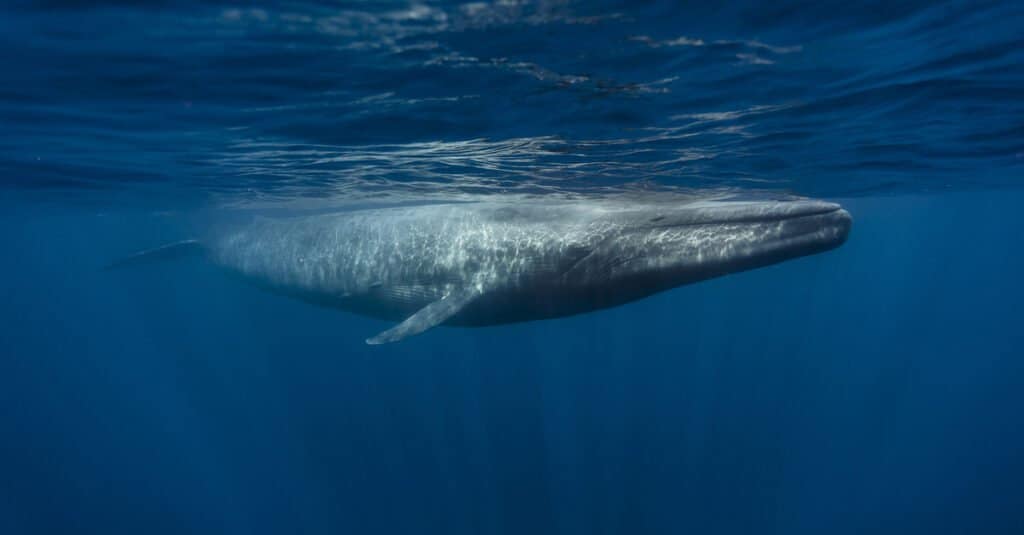
The biggest animal in the whole world calls Canada home.
©Andrew Sutton/Shutterstock.com
The Largest Animals in Canada
You probably figured that with all the animals in Canada, there are some pretty big ones there. You aren’t wrong! Here are the top 3 largest animals in Canada.
Blue Whale
The biggest animal in the whole world calls Canada home for at least half the year. They are often found in Canada’s east coast waters before making their migratory pattern down the Atlantic. This king of the ocean is actually endangered, with less than 20,000 thought to be alive. Throughout its 90-year lifespan, it can grow up to 352,000 lbs and 100 feet in length.
Wood Bison
The wood bison can be found in Alberta, Manitoba, and the Northwest Territories. It is the country’s largest land animal, with the honor of having a national park named after it. This species stands about 6 feet tall and is about 10 feet long. Males weigh about 2,000 pounds when mature while females weigh about 1,200 pounds.
Polar Bear
We would be remiss if we didn’t mention the ginormous polar bear. Though endangered due to many factors, the polar bear is a big foe for its food and enemies. It is in competition with Kodiak brown bears for the largest species of bear in the world. Males often weigh in at around 1300 pounds, with females a couple hundred lower. They can be anywhere from 6 1/2 feet to 8 feet tall, standing above most humans. The Toronto zoo has both indoor and outdoor attractions and is able to house around 5,000 animals.
©Lester Balajadia/Shutterstock.com
Zoos in Canada
Canada is home to 28 accredited zoos, with the Toronto Zoo being the largest. These well-maintained locations will give you a glimpse into the wildlife that naturally roams the Canadian wilds, and learn more about them.
The top 5 zoos to visit in Canada are as follows:
- Toronto Zoo – Especially known for its Great Barrier Reef and Tundra Trek exhibits, this zoo is the largest in Canada. About 5,000 animals of 450+ species roam the 710 acres. Opportunities for riding animal-themed rides are available, along with walking trails, interacting with wildlife, and attending keeper talks and feedings.
- Calgary Zoo – Not only home to wolves, bears, and African wildlife, this zoo is known for its amazing panda exhibit and Conservatory Gardens and Butterflies section, holding a plethora of flying beauties and green fauna.
- Edmonton Zoo – Around 100 species are displayed in this zoo, the most popular being red pandas and a 45-year-old Asian elephant named Lucy. Focused on wildlife conservation, the Edmonton Zoo works toward educating visitors with interactive programs and intimate experiences.
- Granby Zoo – Located outside of Montreal lies the Granby Zoo, established in 1953 and home to 200+ species of animal. Of the many attractions, the petting zoo, monorail, waterpark, and jungle training camp for kids draw visitors in. Also available is an interactive dinosaur exhibit and feeding rays and birds.
- Magnetic Hill Zoo – Focused on protecting wildlife and habitats, the Magnetic Hill Zoo promotes education and interaction with visitors. Some exciting species found here include Madagascar lemurs, Amur tigers, and Gibbon apes. Zookeeper programs for children are especially attractive to visitors.
The Canadian Flag
The flag of Canada, with a 1:2:1 ratio, features a red field with a white square in the middle, in which a stylized red, 11-pointed maple leaf is emblazoned in the center. The Canadian flag is the country’s primary and most iconic symbol.
It wasn’t until 1964 that Canada decided it needed its own flag. Then Prime Minister Lester B. Pearson formed a committee to resolve the lack of an official Canadian flag, sparking a serious debate about replacing the Union Flag. Out of three choices, the maple leaf design by George Stanley, was selected. It made its first official appearance on February 15, 1965, which is now celebrated annually as National Flag of Canada Day. Colorful canoes and reflecting waters create a picturesque scene at Moraine Lake in Banff National Park. ©John Couture/Shutterstock.com
National Parks in Canada
This North American country has acres upon acres of untouched wilderness, providing homes for an abundance of wildlife and plant species. To see an unfiltered view of oceans, mountains, forests, plains, and lakes, visit the ten most beautiful national parks in Canada.
The first national park established in Canada was Banff National Park, established in 1885, modeled after the American experience at Yellowstone National Park. It has many glaciers and ice fields, dense coniferous forests, and alpine landscapes. This park, along with a few others, is considered a UNESCO World Heritage Site.
The national parks system is to preserve ecological integrity. As of July 2021, there are 38 national parks, 10 national park reserves, and one national urban park. There is at least one park located in every one of Canada’s 13 provinces and territories.
Canadian Animals FAQ?
Canada’s endangered species list is constantly changing. To keep up with the latest counts and assessments, head over to Canada’s List of Wildlife Species at Risk (SARA), an ongoing project maintained by the Committee on the Status of Endangered Wildlife in Canada.
The Canadian Wildlife Act defines National Wildlife Areas (NWAs), National Parks, and Migratory Bird Sanctuaries. It also outlines the country’s endangered species programs.
More on Canada
Canadian Animals
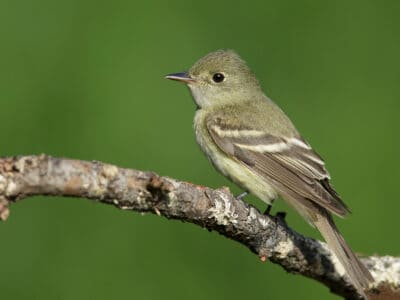
Acadian Flycatcher
Their nests are sloppily held together and have an abandoned appearance
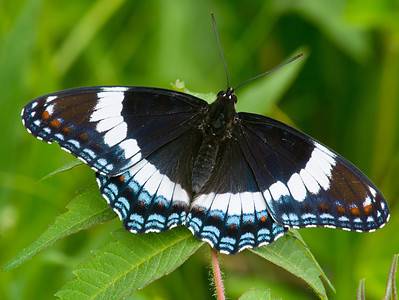
Admiral Butterfly
Stunningly beautiful wings

American Bully
Though the American bully was bred to look intimidating, it makes an extremely friendly family pet!

American Coonhound
Easygoing and people-friendly!
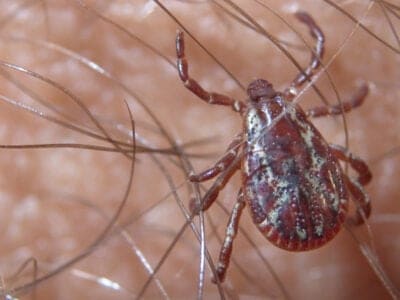
American Dog Tick
Main vector of Rocky Mountain spotted fever
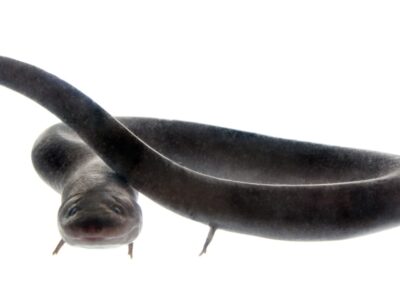
American Eel
Don't eat raw eel! Their blood is poisonous to humans when consumed raw.
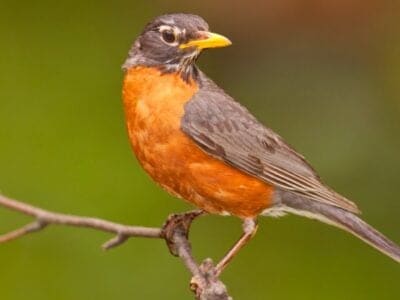
American Robin
The color “Robin egg blue” is named after the hue of their eggs.
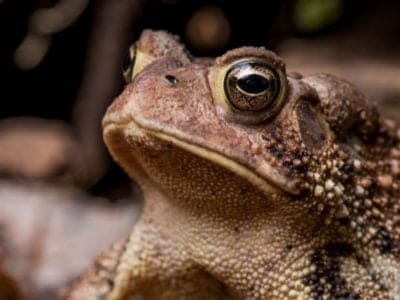
American Toad
They secrete a milky poisonous liquid that can make many animals sick.
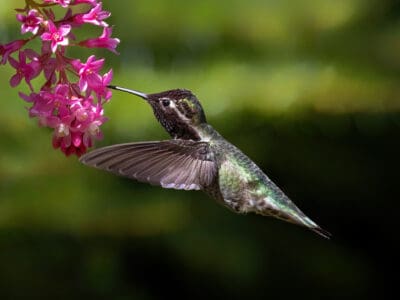
Anna’s Hummingbird
Anna's Hummingbird wings beat 40-50 times per second during normal flight

Ant
First evolved 100 million years ago!
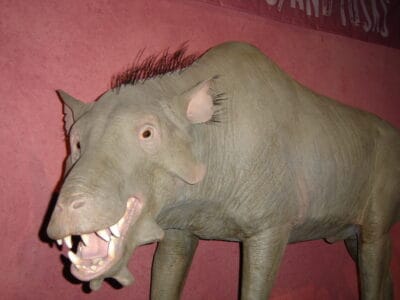
Archaeotherium
The family Entelodontidae is commonly referred to as "hell pigs."
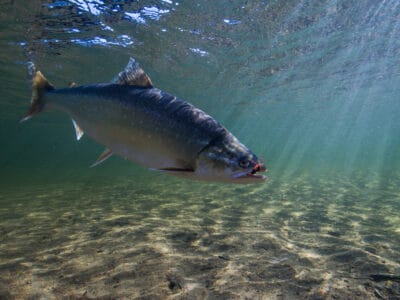
Arctic Char
Arctic char is the northern-most fish; no other fish lives anywhere further north!
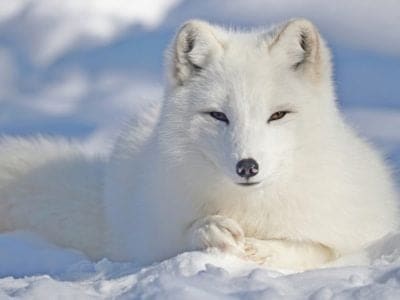
Arctic Fox
Extremely thick winter fur!
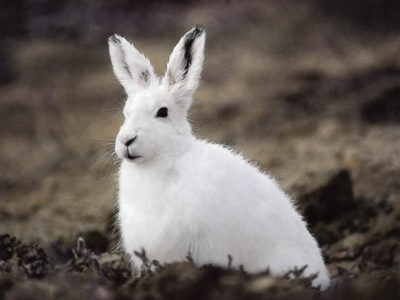
Arctic Hare
Eats berries found in the snow!
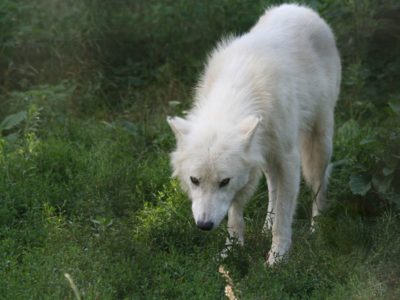
Arctic Wolf
Incredibly versatile and adaptive!

Armyworm
They are so named because they "march" in armies of worms from one crop to another in search of food
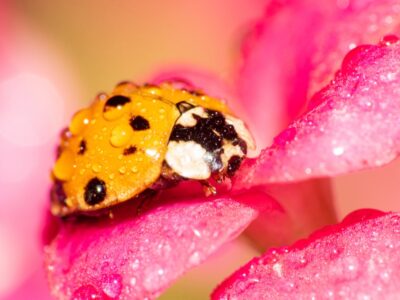
Asian Lady Beetle
Asian lady beetles infest indoor spaces, but they do not reproduce indoors.
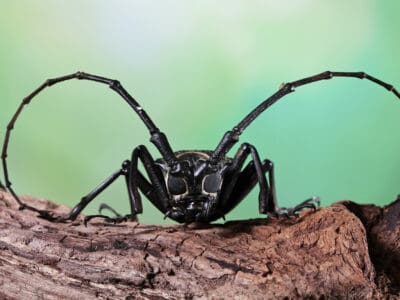
Asian Longhorn Beetle
Their entire life cycle from larvae to beetle usually takes around 2 years in Asia. However, it may take longer in areas where they are an invasive species, like the UK and USA
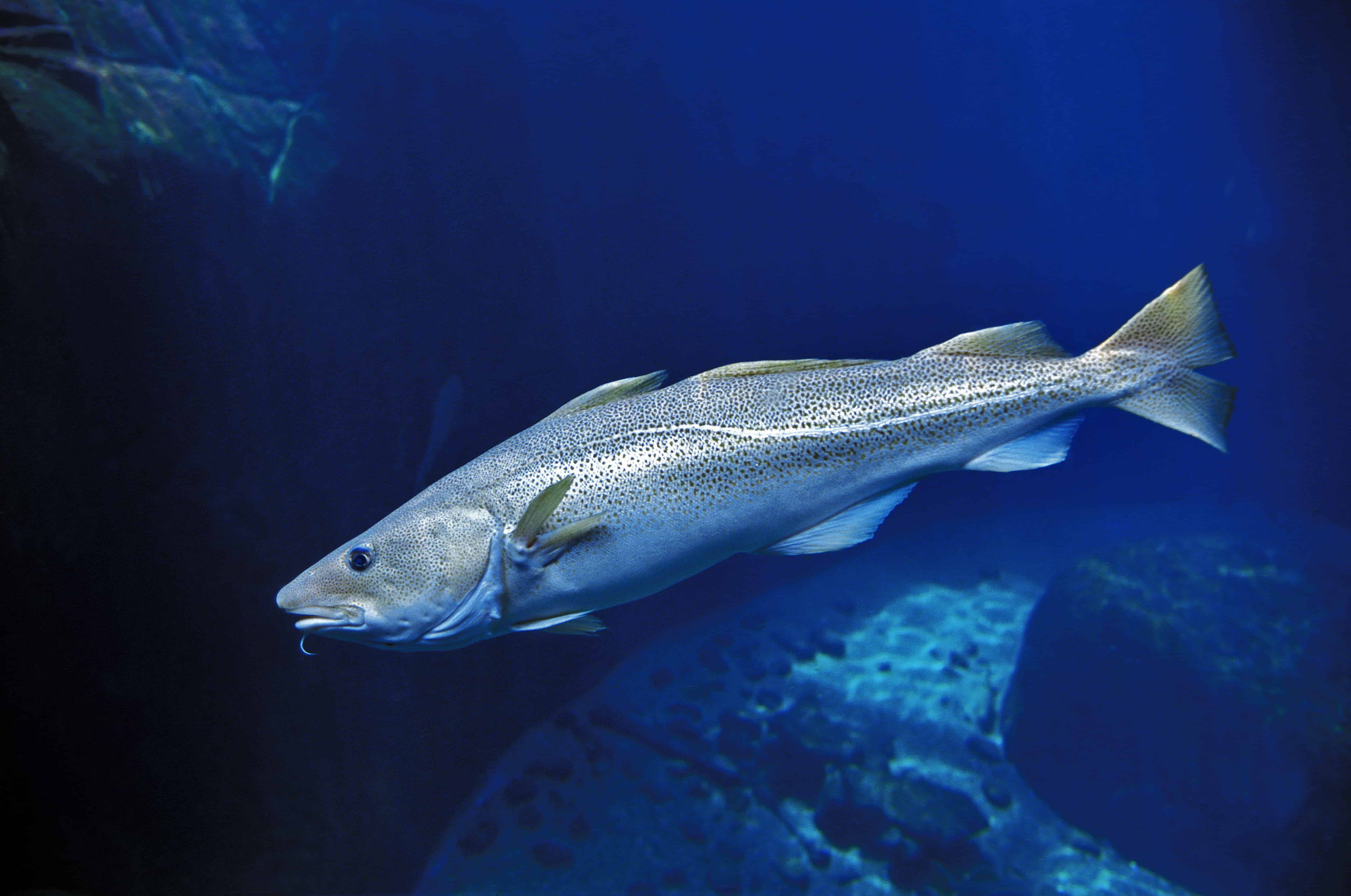
Atlantic Cod
One of the most popular food fishes in the world
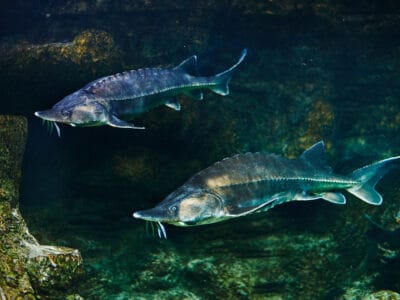
Atlantic Sturgeon
Atlantic Sturgeon often leap out of the water.
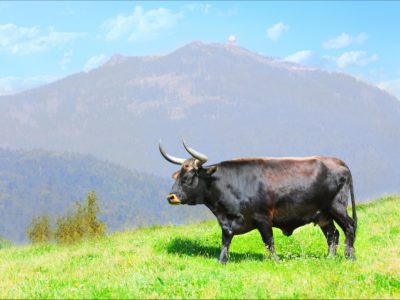
Aurochs
Extinct ancestor of all domesticated cattle!
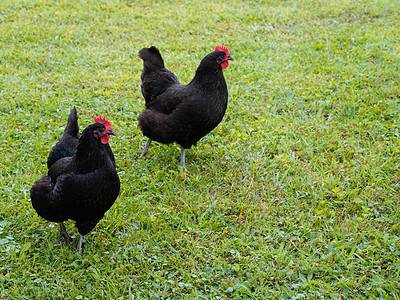
Australorp Chicken
Australorp chickens are among the best egg producers in the world, Hens in Australia set consecutive world records with one laying 364 eggs in a single year!
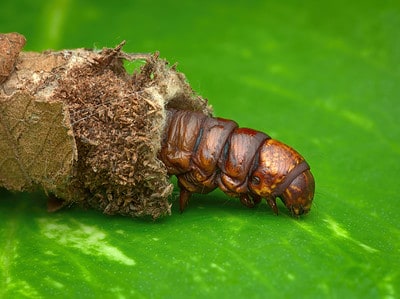
Bagworm Moth Caterpillar
They continually enlarge their protective cases

Barn Owl
Found everywhere around the world!
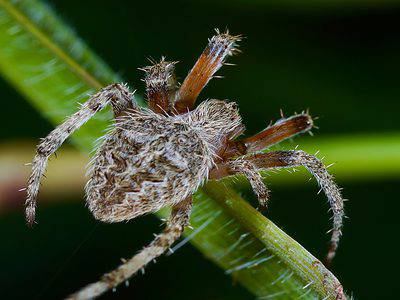
Barn Spider
Common barn dwelling spider

Barn Swallow
Older offspring help care for new hatchlings.
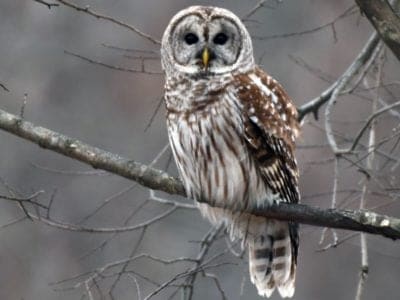
Barred Owl
Like other owls, the barred owl swallows its prey whole.

Bat
Detects prey using echolocation!

Bea-Tzu
The Bea-Tzu has a fast-growing coat

Beabull
An excellent companion for cats!
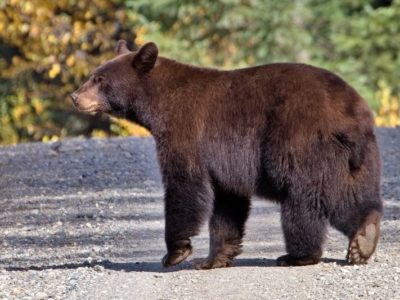
Bear
There are 8 different species!
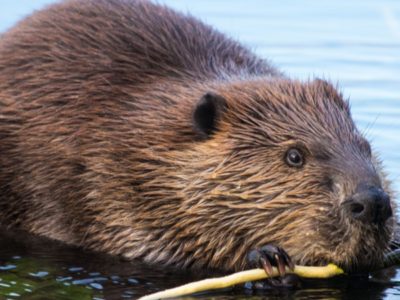
Beaver
Builds a dam from sticks and leaves!

Bed Bugs
Bed bugs feed for 4-12 minutes.

Bee
Rock paintings of bees date back 15,000 years

Beetle
There are more than 350,000 different species
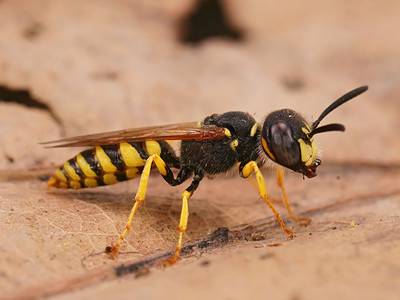
Beewolf wasp
They hunt bees
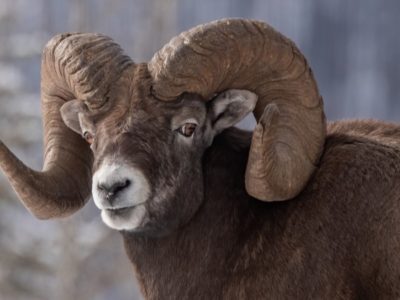
Bighorn Sheep
Bighorn rams can run at speeds up to 40 miles per hour when fighting for dominance.

Bird
Not all birds are able to fly!

Biscuit Beetle
The biscuit beetle form a symbiotic relationship with yeast
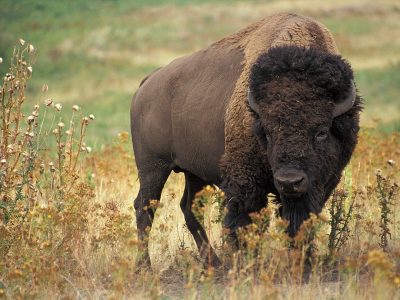
Bison
Largest mammal in North America!
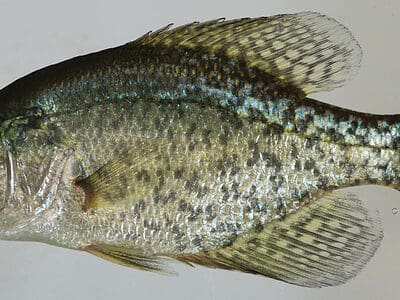
Black Crappie
Black crappie fish can hybridize with white crappie, resulting in a closely related species.
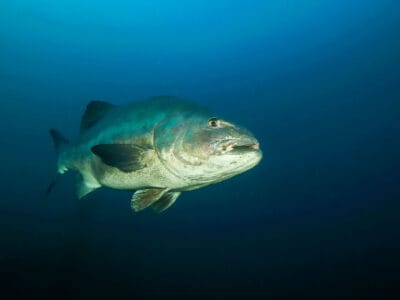
Black Sea Bass
Black sea bass males become fluorescent blue and green during the breeding season.

Black Widow Spider
They typically prey on insects!
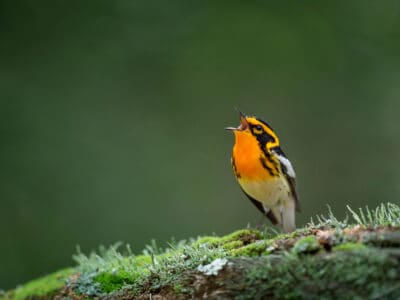
Blackburnian Warbler
They are the only songbird in North America with an orange throat!
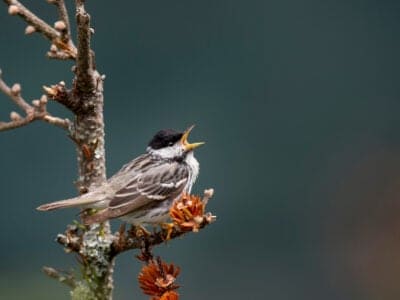
Blackpoll Warbler
They migrate for the longest distance of any warbler.
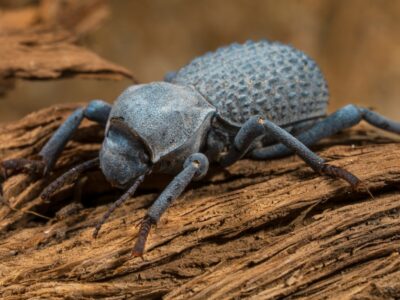
Blue Death Feigning Beetle
When threatened, blue death feigning beetles will pretend like they’re dead.
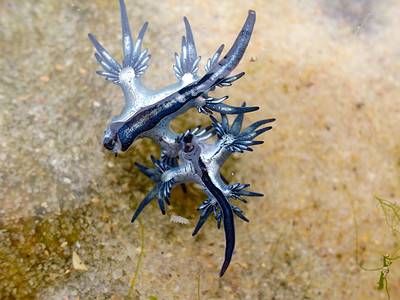
Blue Dragon Sea Slug
They inflict a painful, venomous sting
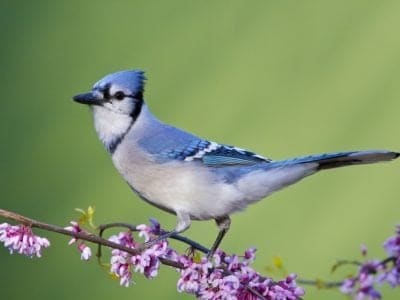
Blue Jay
Blue jays rub ants on their feather to remove harmful acids
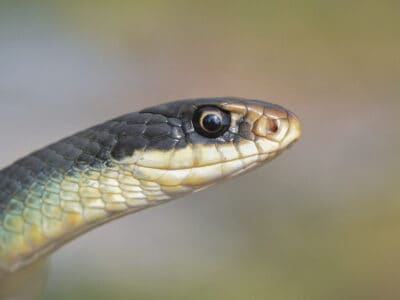
Blue Racer
Some blue racers have smooth scales that are solid electric blue while others are grayish or brownish.
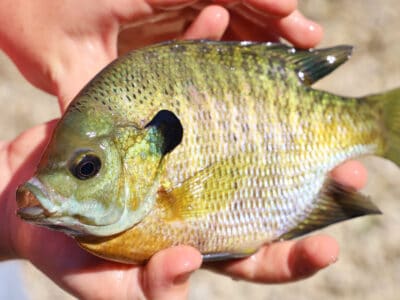
Bluegill
The world record for longest bluegill is 15 inches.
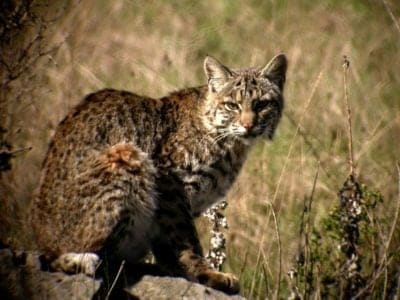
Bobcat
About double the size of a domestic cat!
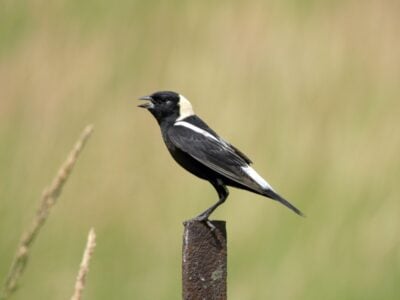
Bobolink
In spring, the male bobolink is the only North American bird who is dark below and light colored above. This makes identification easy.
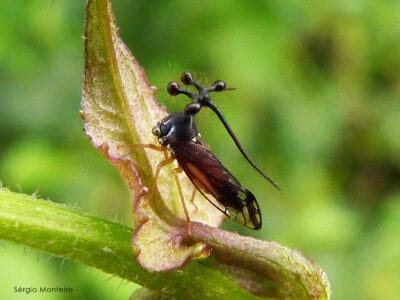
Brazilian Treehopper
“Mild-Mannered Minimonsters”
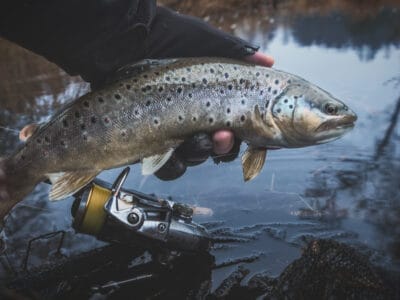
Brook Trout
The Brook Trout is actually part of the salmon family, making it not technically a trout.
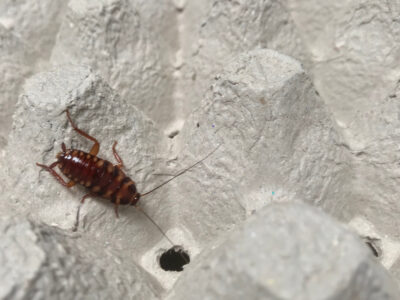
Brown-banded Cockroach
Females glue egg cases to furniture
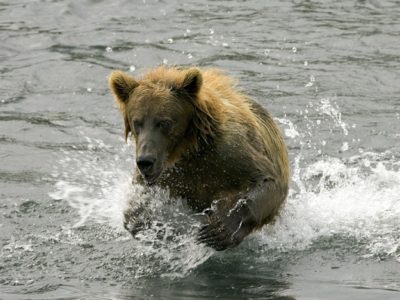
Brown Bear
A dominant predator in it's environment!

Brown Dog Tick
Can live its entire life indoors
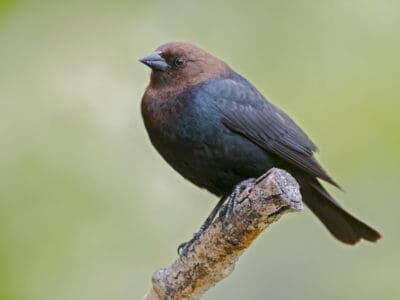
Brown Headed Cowbird
Males are generally monogamous during mating season and will protect the female from other males. However, females tend to venture from their partners and mate with other males.
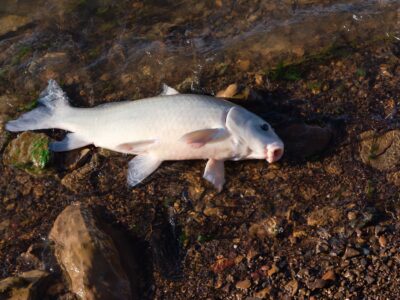
Buffalo Fish
The oldest Buffalo fish recorded was 112 years old!
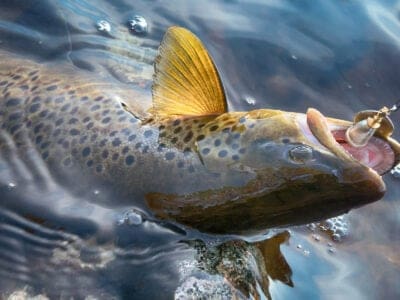
Bull Trout
The bull trout is not actually a trout, but a member of the char family.
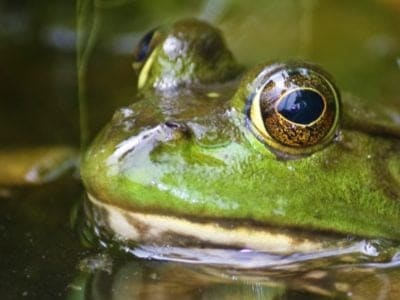
Bullfrog
Has loud cow-like calls!
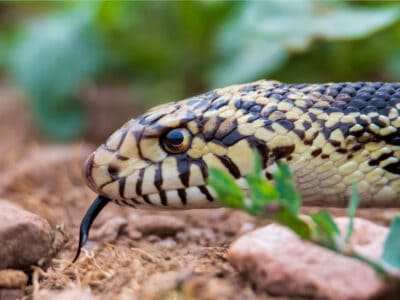
Bullsnake
Considered “The farmer’s friend” because it eats mice and other vermin.
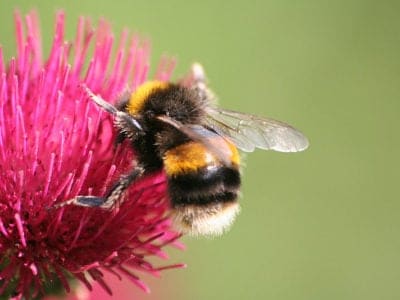
Bumblebee
The most common species of bee!

Butterfly
There are thought to be up 17,500 species!

Camel Cricket
The camel crickets that are found in the USA are light brown in color. They also have dark streaks all over their body.
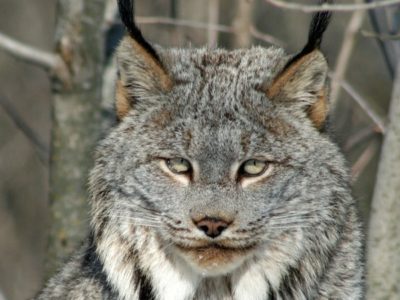
Canada Lynx
They have natural snowshoes
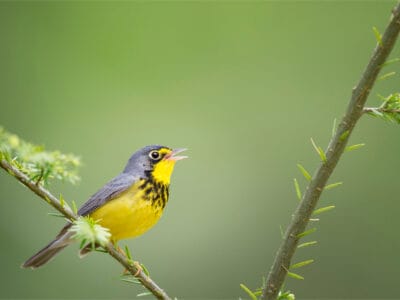
Canada Warbler
These birds travel more than 3,000 miles during migration!
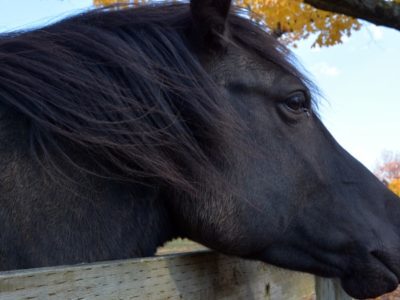
Canadian Horse
Canadian horses are believed to generate more power per pound of body weight than any other horse breed in the world.
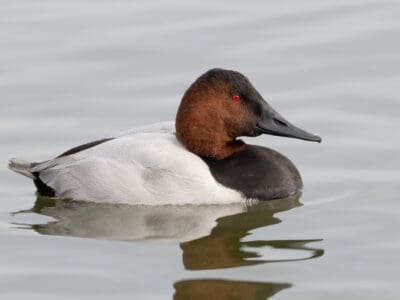
Canvasback
They're the largest diving duck in North America!
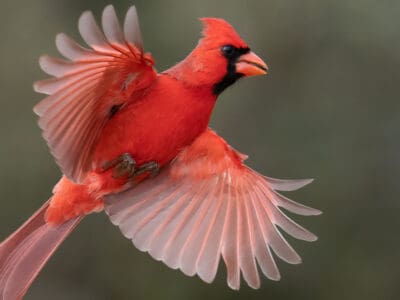
Cardinal
There are 14 genera and 53 species in the cardinal family
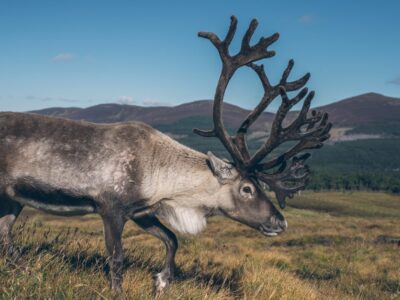
Caribou
Males and females grow antlers

Carpenter Ant
Carpenter ants can lift up to seven times their own weight with their teeth!

Cat
May have been domesticated up to 10,000 years ago.

Caterpillar
The larvae of a moth or butterfly!

Catfish
There are nearly 3,000 different species!
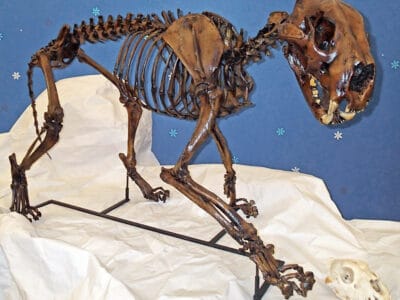
Cave Lion
Unlike modern lions, cave lions didn't have a significant mane.
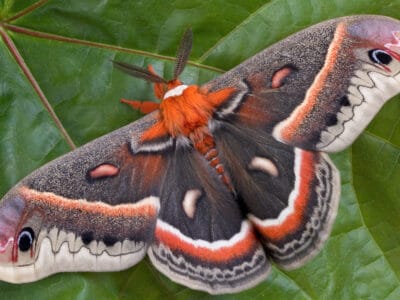
Cecropia Moth
Cecropia moths don’t have digestive tracts, so they can’t eat.
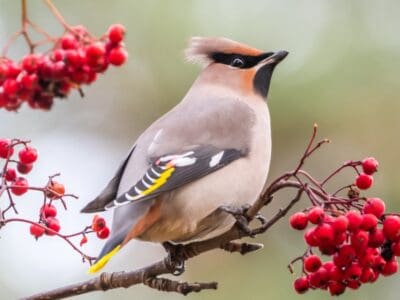
Cedar Waxwing
Their feathers have red, waxy tips that can be hard to identify unless you’re up close.

Centipede
There are about 3,000 documented species!
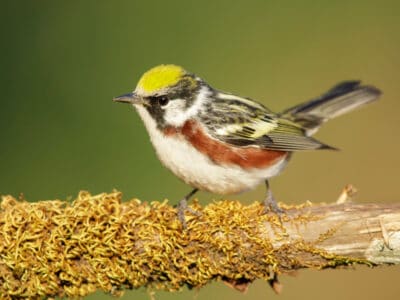
Chestnut-Sided Warbler
They inhabit regrowing forests
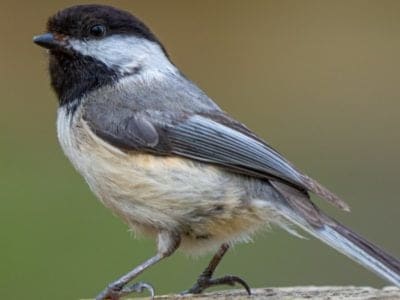
Chickadee
Chickadees are named for the sound they make: Chick-a-dee-dee-dee-dee-dee!

Chicken
First domesticated more than 10,000 years ago!
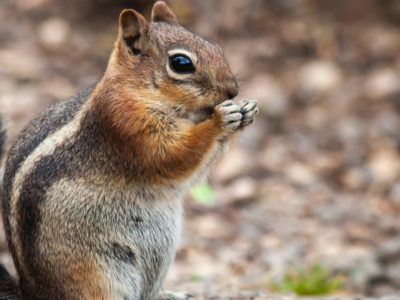
Chipmunk
There are 25 different species!
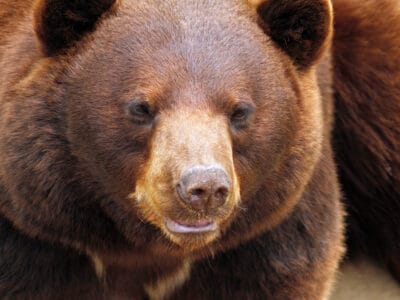
Cinnamon Bear
A newborn cinnamon bear weighs 1/2 pound -- about the same as a large apple.
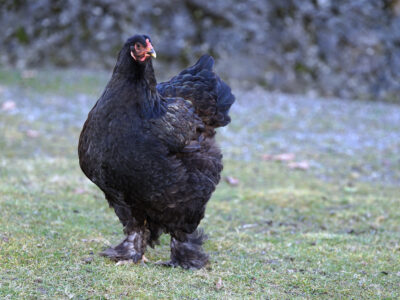
Cochin Chicken
Cochin chickens gifted to Queen Victoria started a craze that lasted more than a decade!

Cockroach
Dated to be around 300 million years old!

Codling Moth
Pupae are able to undergo diapause to survive poor fruit yield years and winter.

Common Furniture Beetle
The common furniture beetle feeds exclusively on wood
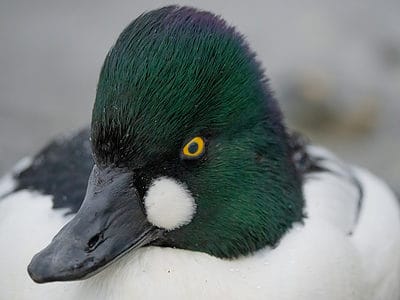
Common Goldeneye
They're known as whistlers because of the sound of the wind in their feathers.
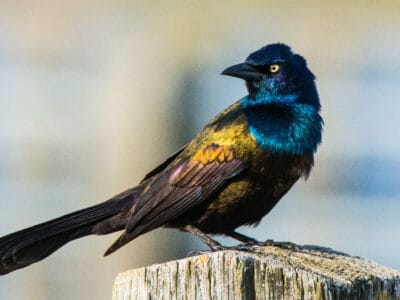
Common Grackle
Common grackles are a pest species that damage crops and spread disease.

Common House Spider
House spiders have the ability to eat most insects in a home.
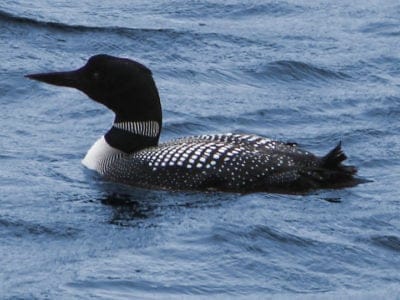
Common Loon
Also known as the Great Northern Diver

Common Raven
A group of ravens is called an unkindness or a conspiracy.
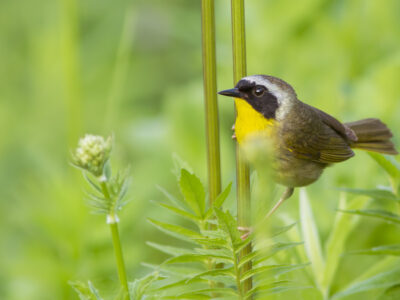
Common Yellowthroat
The Common Yellowthroat stays close to the ground and uses stealth to survive!
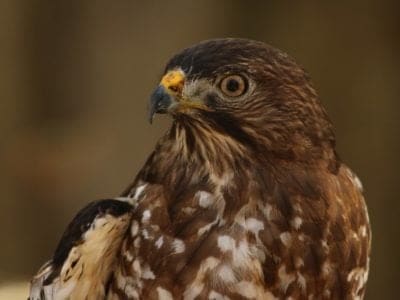
Cooper’s Hawk
Eyes change color as they age

Cormorant
They can fly 35 mph and dive 150 feet below water.
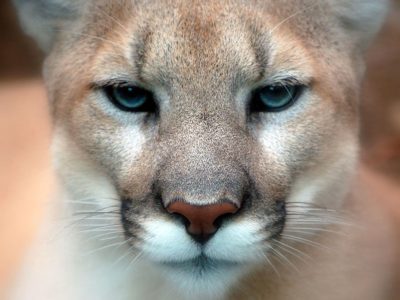
Cougar
The Second Largest feline in North America

Cow
There are nearly 1.5 billion worldwide!
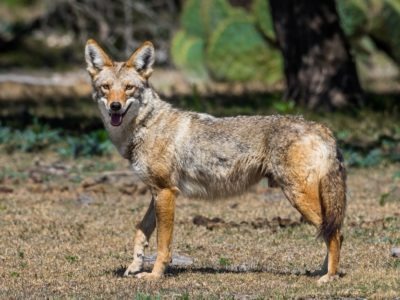
Coyote
Also known as the Prairie Wolf!

Crab
There are 93 different crab groups

Crab Spider
Crab Spiders can mimic ants or bird droppings
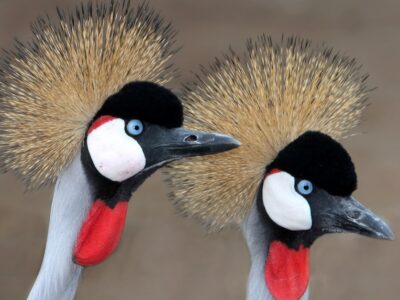
Crane
Many are critically endangered species!

Cricket
Male crickets can produce sounds by rubbing their wings together
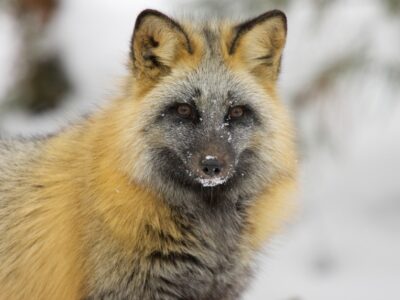
Cross Fox
The cross fox’s tail is bushier than the tail of the average red fox

Crow
A group of these birds is called a Murder.
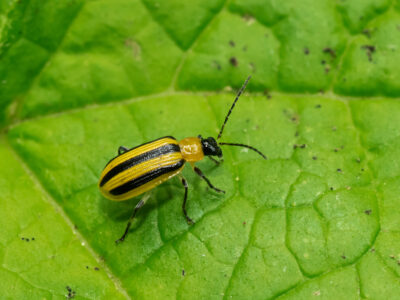
Cucumber Beetle
Adults cucumber beetles cause the most damage to cucurbit plants.
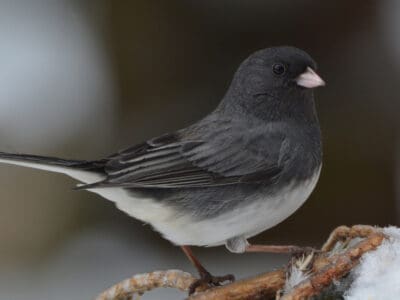
Dark-Eyed Junco
They are called snowbirds because many subspecies reappear in the winter.
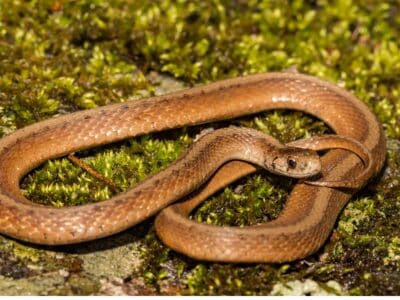
De Kay’s Brown Snake
They have specialized jaws for removing snails from shells.
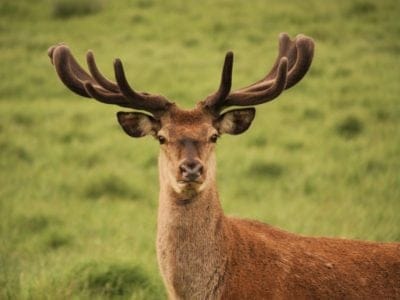
Deer
There are around 40 different species!
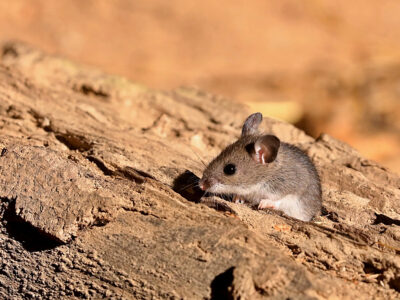
Deer Mouse
Roughly 60 different species of deer mice range from Canada to Central America!
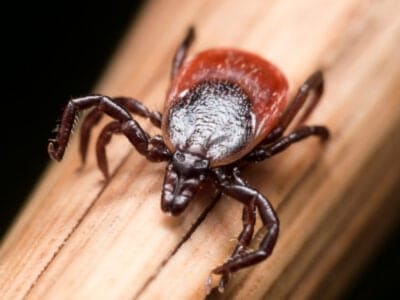
Deer Tick
Commonly found on white-tailed deer
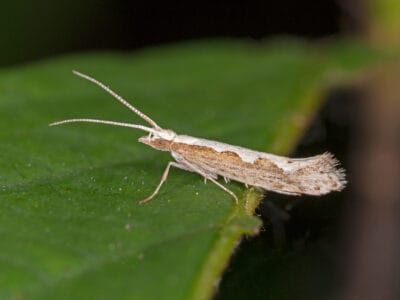
Diamondback Moth
Adult males make high amplitude boing noise to attract females
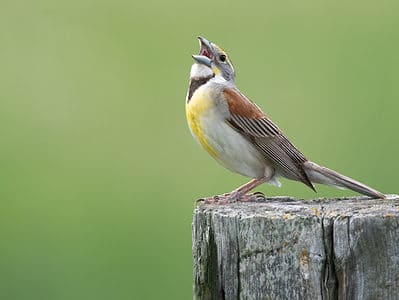
Dickcissel
They have a unique call that they are named for.
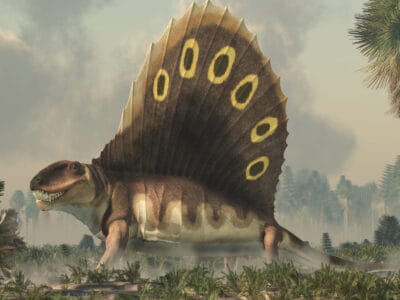
Dimetrodon
Dimetrodon was among the largest predators of the Early Permian Period.

Diving Duck
Diving ducks can forage for food at depths of over 40 feet and stay underwater for up to one minute.

Dog
First domesticated in South-East Asia!

Dog Tick
Dog ticks feed on dogs and other mammals

Doxle
Doxles have long floppy ears

Dragonfly
It's larvae are carnivorous!

Duck
Rows of tiny plates line their teeth!

Dung Beetle
The dung beetle can push objects many times its own weight
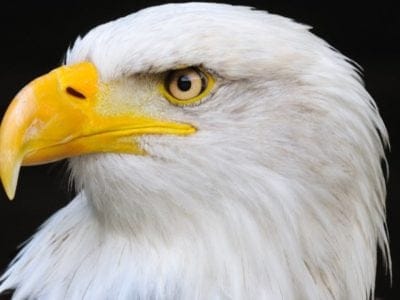
Eagle
Has exceptional eyesight!

Earthworm
They are hermaphrodites, which means they have male and female organs

Earwig
There are nearly 2,000 different species!

Eastern Bluebird
Bluebirds drop straight down on their prey from their perch, much like leopards.
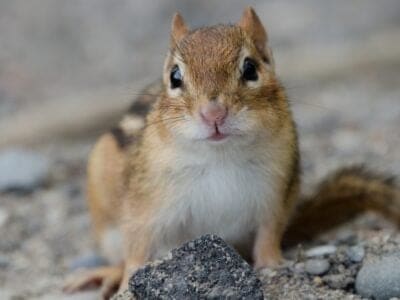
Eastern Chipmunk
The name chipmunk is derived from an Ojibwe word that means “one who descends the trees headfirst.”
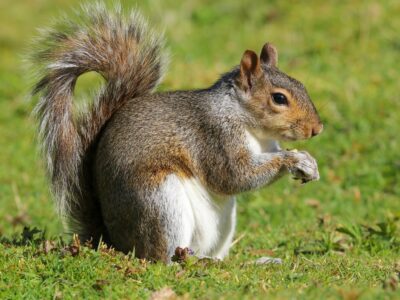
Eastern Gray Squirrel
Eastern gray squirrels use both memory and scent to find their buried caches of food during the winter.
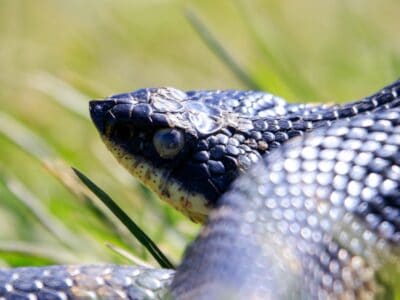
Eastern Hognose Snake
Eastern hognose snakes are venomous, but only to frogs and toads.
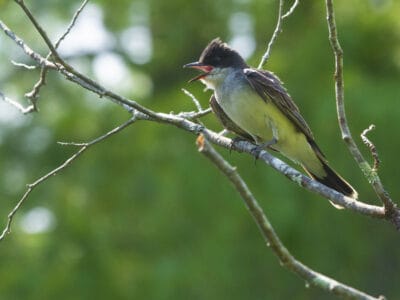
Eastern Kingbird
The eastern kingbird is a fierce fighter once known as the butcher king!
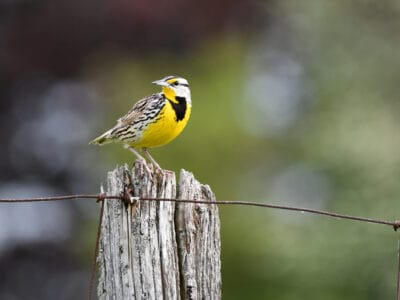
Eastern Meadowlark
They can live up to 9 years.
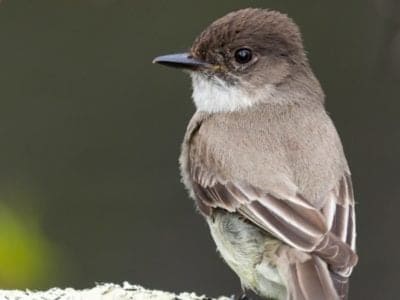
Eastern Phoebe
This passerine bird can sing its song without ever hearing another bird vocalize first.
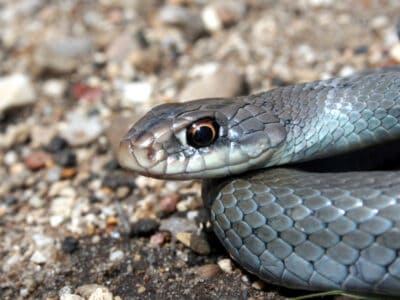
Eastern Racer
Fast and Furious!
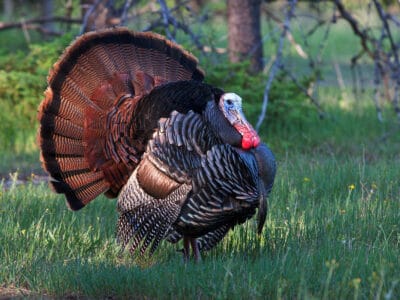
Eastern Turkey (Wild Turkey)
You can hear their gobbles up to a mile away!

Eel
Eels can be a mere few inches long to 13 feet!
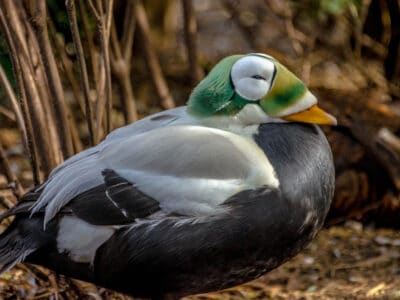
Eider
Eiders are sexually dimorphic, with males being larger and more colorful.
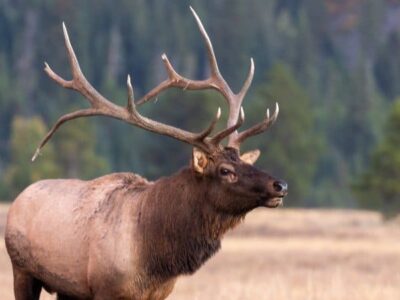
Elk
Adult males can jump eight feet vertically
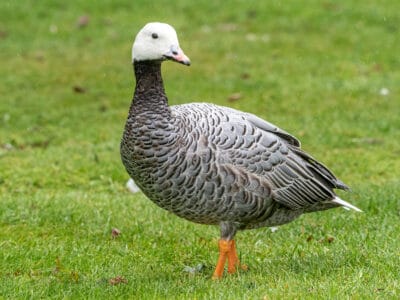
Emperor Goose
Their calls sound like a nasally “kla-ha, kla-ha, kla-ha.”
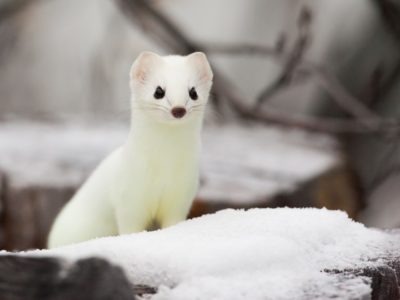
Ermine
A very bold and ferocious predator!
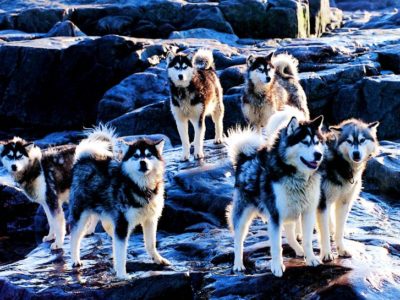
Eskimo Dog
Takes pure delight in cold weather!
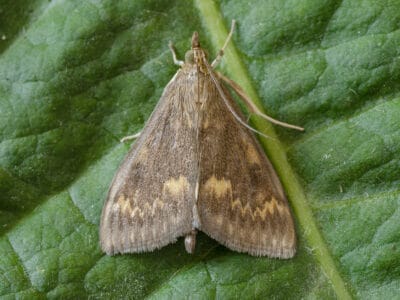
European Corn Borer
Female can lay up to 600 eggs in her 14-day lifespan
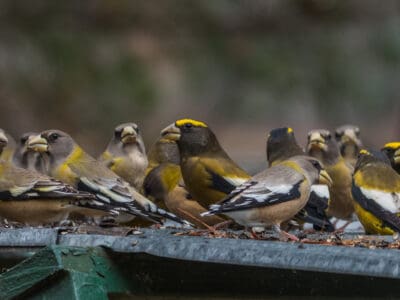
Evening Grosbeak
They are friendly and non-aggressive to those in their species.

Falcon
The fastest creatures on the planet!
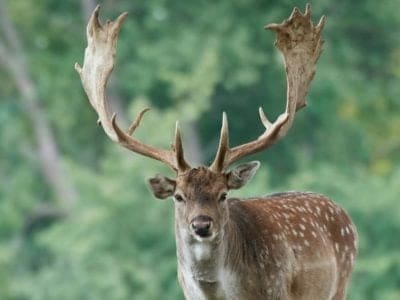
Fallow deer
The fallow deer has more variation in its coat colors than most other deer.

False Widow Spider
False spiders actually prey on black widow spiders and other hazardous spiders
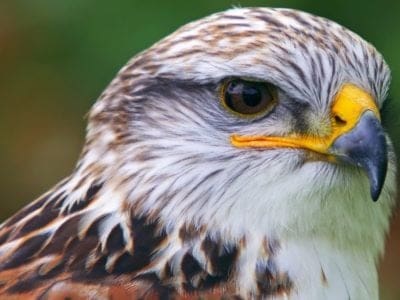
Ferruginous Hawk
The ferruginous hawk comes in both light and dark morphs

Firefly
The firefly produces some of the most efficient light in the world
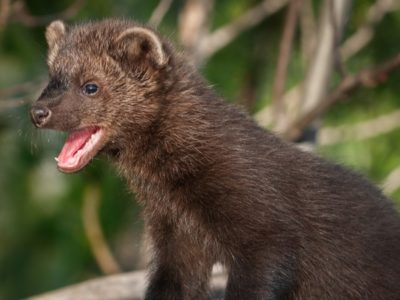
Fisher
The fisher is an agile climber and makes its home in tree hollows.

Flea
Adult fleas can jump up to 7 inches in the air

Fly
There are more than 240,000 different species!
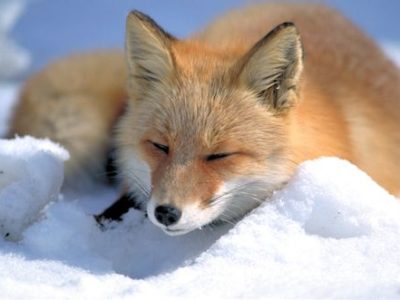
Fox
Only 12 species are considered "true foxes"
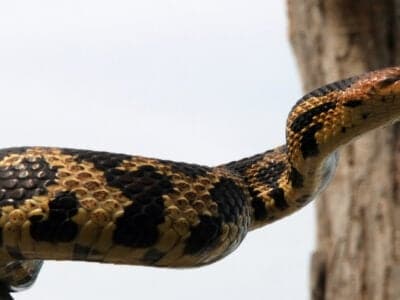
Fox Snakes
In some areas, fox snakes and gopher snakes have crossbred in the wild.
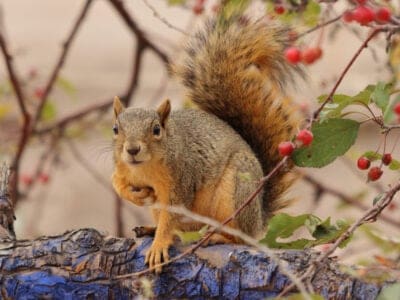
Fox Squirrel
Although it is a tree squirrel, it spends most of its time on the ground.

Frog
There are around 7,000 different species!

Fruit Fly
Fruit flies are among the most common research animals in the world
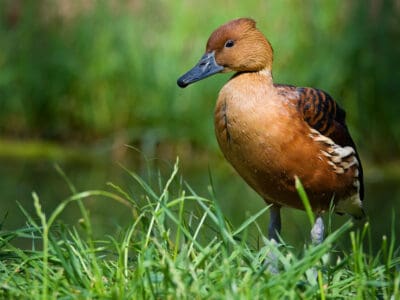
Fulvous Whistling Duck
They build a ramp from their nest, which leads to a nearby water source
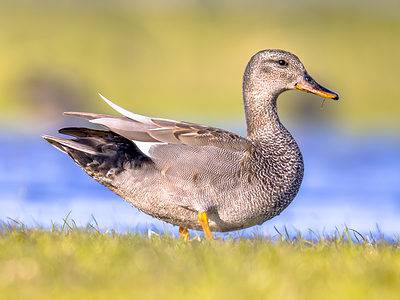
Gadwall
They make many sounds when trying to attract a mate.
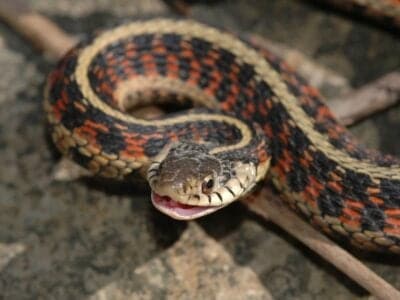
Garter Snake
Female garter snakes give birth to live young rather than laying eggs!

German Cockroach
The most common type of urban roach
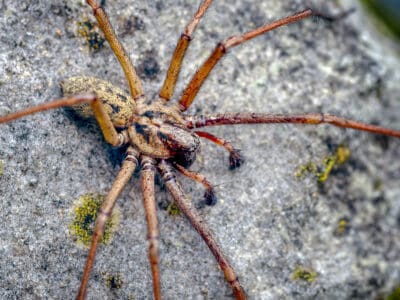
Giant House Spider
They are the fastest invertebrates in the U.K.
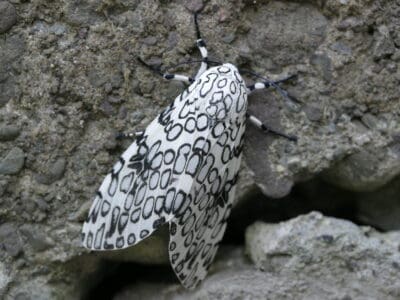
Giant Leopard Moth
When giant leopard moths mate, their mating sessions last over 24 hours.
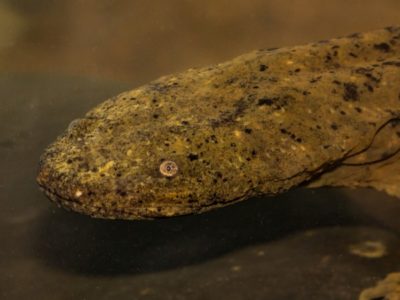
Giant Salamander
Cryptobranchus giant salamanders breathe mostly through their skin.
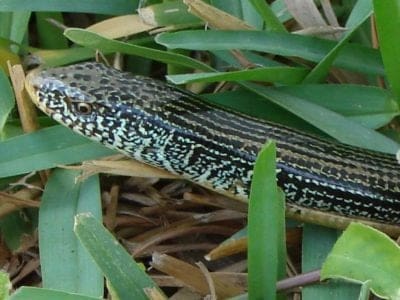
Glass Lizard
Can grow up to 4ft long!

Glowworm
Found inhabiting dense woodland and caves!

Gnat
Males form large mating swarms at dusk
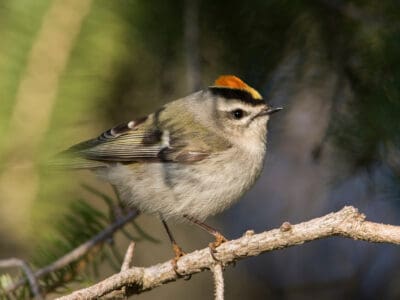
Golden-Crowned Kinglet
They huddle together for warmth
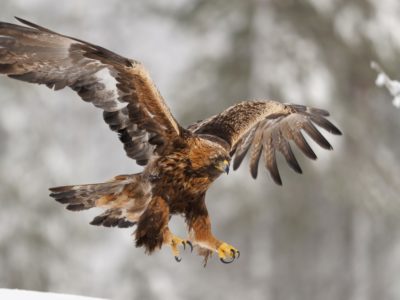
Golden Eagle
Their calls sound like high-pitched screams, but they are quiet most of the time.
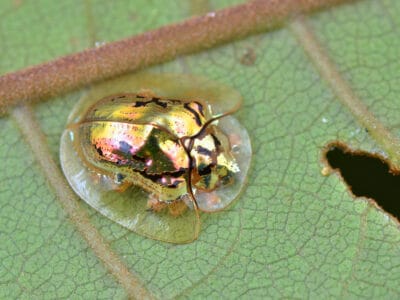
Golden Tortoise Beetle
Golden tortoise beetles have a metallic gold color which can change to dull brown when disturbed.
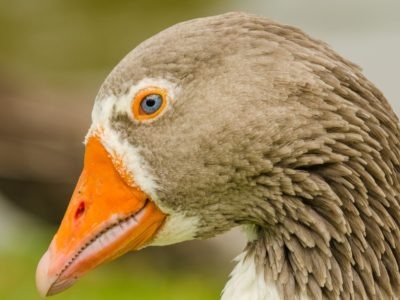
Goose
There are 29 different species!
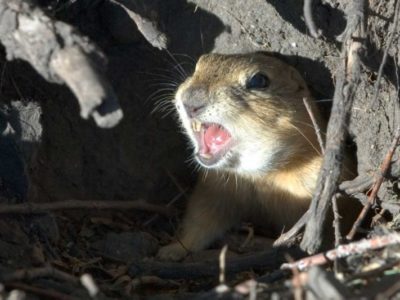
Gopher
They dig large networks of tunnels!
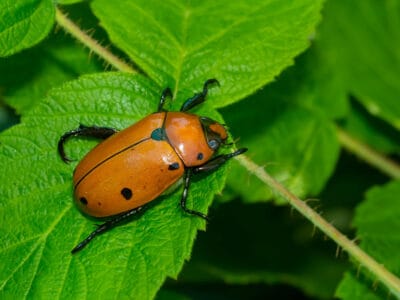
Grapevine Beetle
Although they feed on grapevine leaves, Grapevine beetles hardly cause serious damage to the plant.
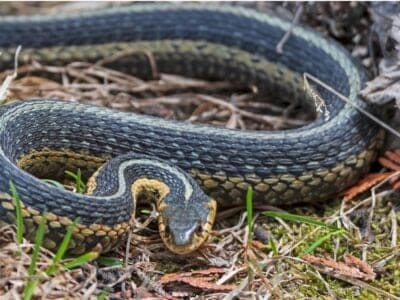
Grass Snake
Use acute hearing to hunt
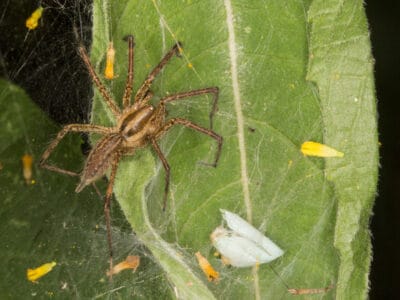
Grass Spider
Their fangs aren't big enough to penetrate human skin.

Grasshopper
There are 11,000 known species!
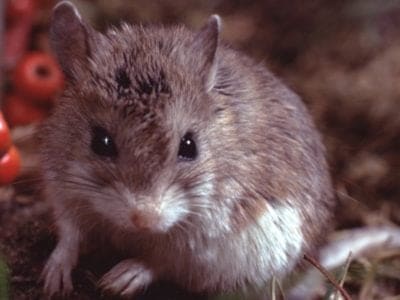
Grasshopper Mouse
The grasshopper mice attack predators using the poison of their venom.
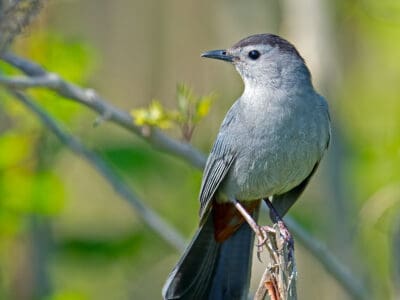
Gray Catbird
Their songs have cat-like qualities and can mimic other birds and animals, like tree frogs.
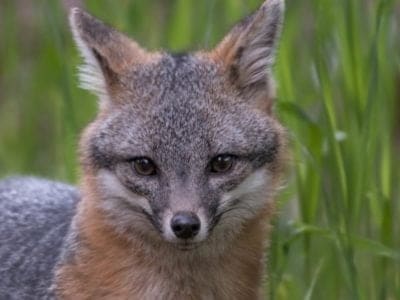
Gray Fox
The gray fox has retractable claws and a rotating wrist that allow it to climb trees with some proficiency
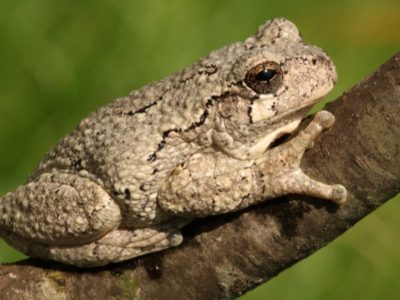
Gray Tree Frog
This frog can "freeze" itself by making glycerol that becomes glucose, which acts like antifreeze and stops its heartbeat and breathing!
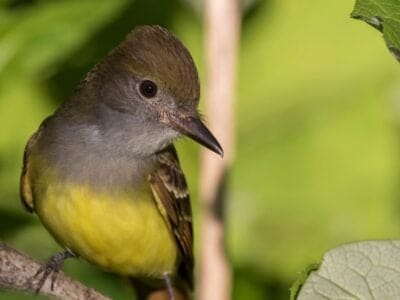
Great Crested Flycatcher
This species makes use of some truly unusual nesting material, including snakeskin and garbage
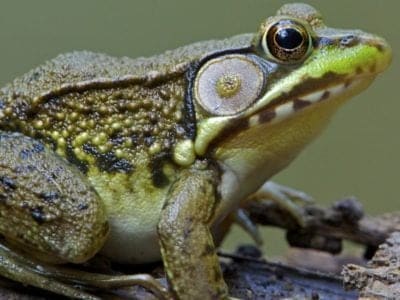
Green Frog
Green frogs will eat any animal that they can fit in their mouth.
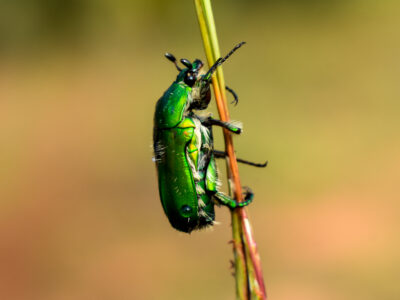
Green June Beetle
• Green June beetles will appear to mate in early summer, typically in May or June. This is why they are also known as May beetles. Therefore, it is very uncommon to see these beetles any other time.
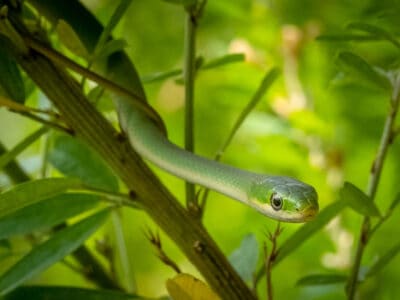
Green Snake
There are two types of green snakes: smooth green snakes and rough green snakes
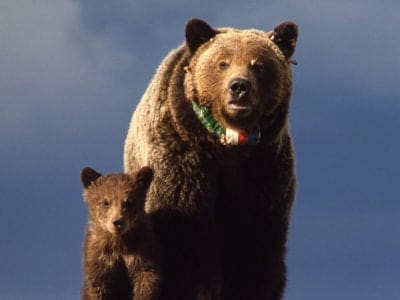
Grizzly Bear
Less than 10% make it into adulthood
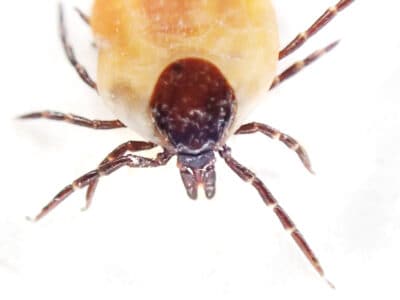
Groundhog Tick
Groundhog ticks carry the Powassan virus which can cause brain-swelling.
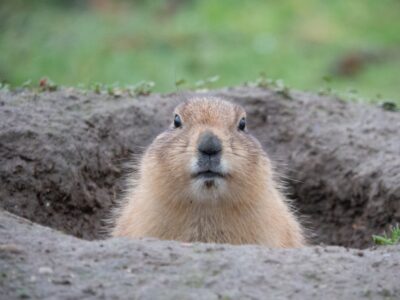
Groundhog (Woodchuck)
They whistle to each other to warn of approaching danger!

Gypsy Moth
One of the most invasive species in the world
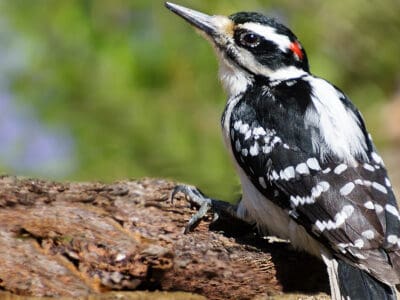
Hairy Woodpecker
They are natural pest controls
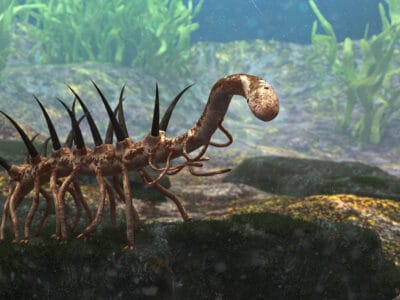
Hallucigenia
The position of the Hallucigenia's head puzzled scientists for several years
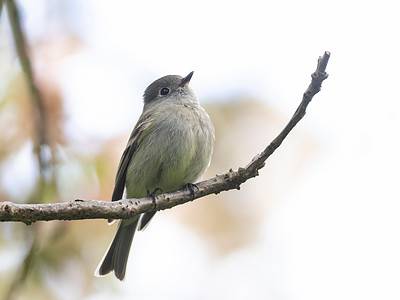
Hammond’s flycatcher
“Hammond’s flycatcher has a call known as a sharp peek!”

Hamster
Able to run as quickly backwards as forwards!

Harbor Porpoise
Surprisingly, not a dolphin!

Hare
Can reach speeds of over 50 mph!

Hawk Moth Caterpillar
Many hawk moth caterpillars eat toxins from plants, but don’t sequester them the way milkweed butterflies do. Most toxins are excreted.

Heron
Inhabits wetlands around the world!
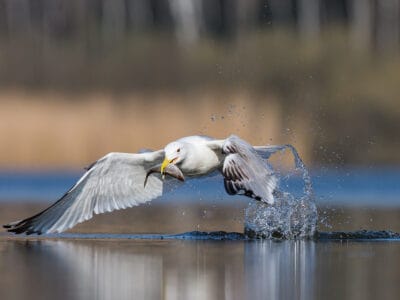
Herring Gull
They are loud, spirited birds with raucous cries that sound like bursts of laughter.
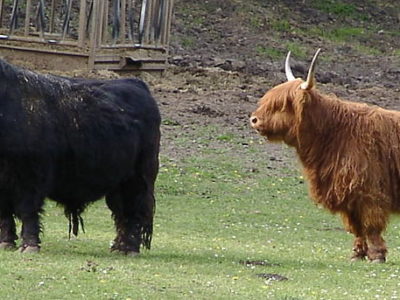
Highland Cattle
Natively found in the Scottish Highlands!
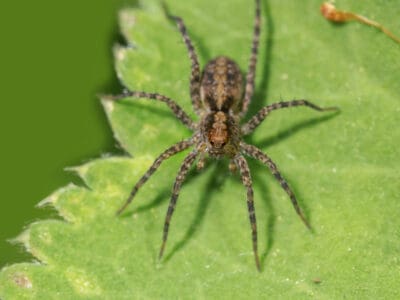
Hobo Spider
The Hobo Spider travels city to city like an actual Hobo and is often found near railroad tracks!
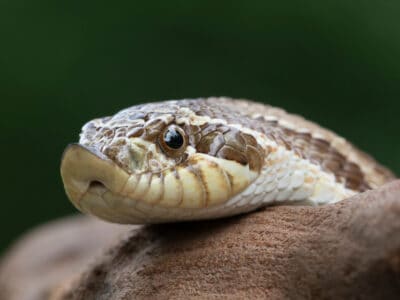
Hognose snake
Prima Donnas of the Snake World

Honey Bee
There are only 8 recognized species!
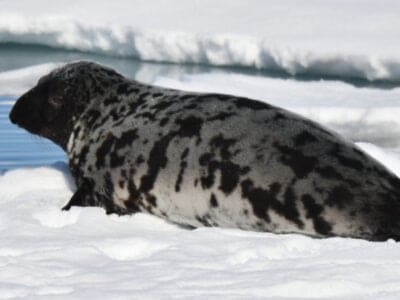
Hooded Seal
Hooded seal pups are called bluebacks because the color of the fur on their back is blue-gray. This pretty color made people want to make fur coats out of them and made them a target for hunters.

Horse
Has evolved over 50 million years!

Horsefly
Horseflies have been seen performing Immelmann turns, much like fighter jets.
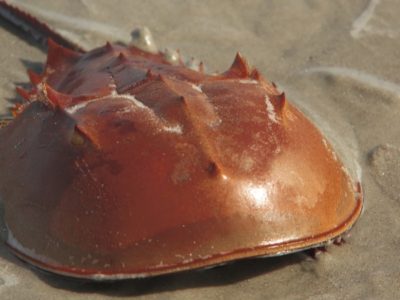
Horseshoe Crab
Changed little in over 500 million years!
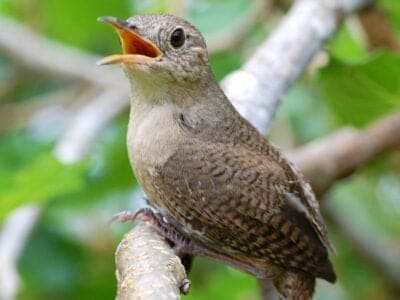
House wren
The wren’s epithet, aedon, comes from a Greek queen who accidentally killed her only son. She was actually aiming for her nephew, and Zeus took pity on her and turned her into a nightingale.

Housefly
The fly has no teeth

Human
Thought to have orignated 200,000 years ago!
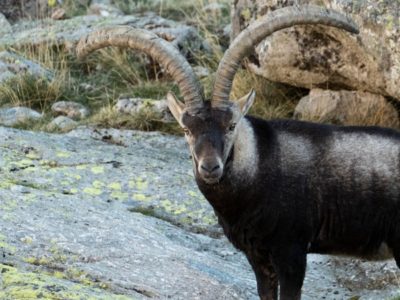
Ibex
Can jump over 6 feet straight up from a standstill
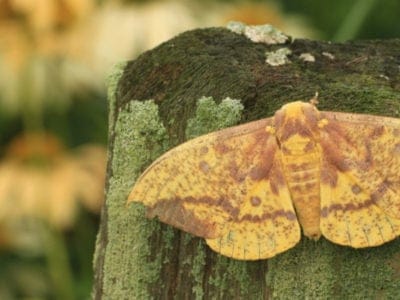
Imperial Moth
Since the imperial moth doesn’t eat, it does die shortly after it lays its eggs. Its lifespan is only about one week.

Insects
There are an estimated 30 million species!
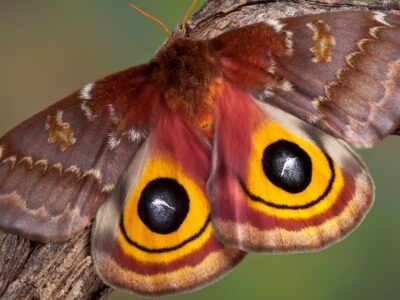
Io Moth
The larvae of the Io Moth has a poisonous and painful sting.
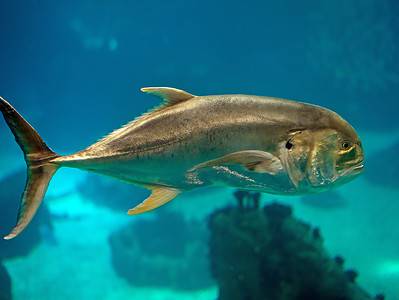
Jack Crevalle
One of the biggest species in the Caranx genus
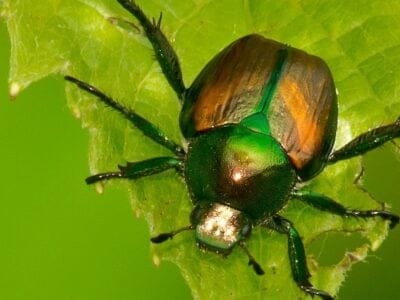
Japanese Beetle
Can clear an entire fruit tree in 15 minutes in a swarm
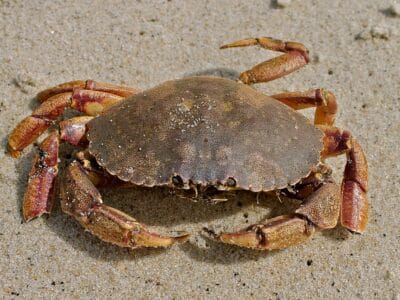
Jonah Crab
It has delicious meat with an affordable price
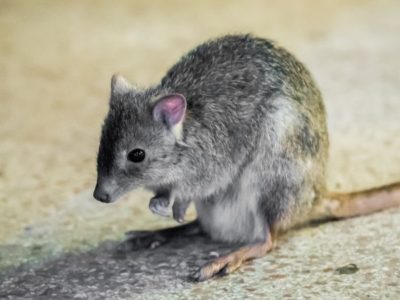
Kangaroo Rat
Merriam’s kangaroo rats literally never have to drink water
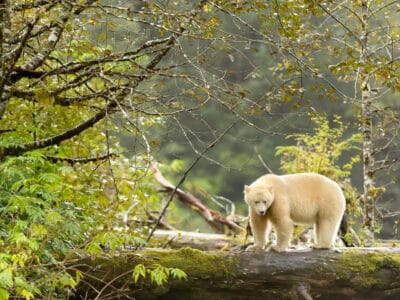
Kermode Bear (Spirit Bear)
The cubs are usually weaned after 6 to 8 months; however, they will remain with their mothers through their second winter until they reach 17 months old.
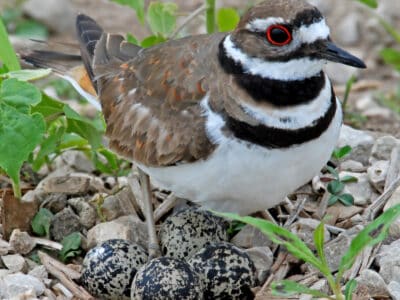
Killdeer
The killdeer feigns injury to draw a predator away from its nest.
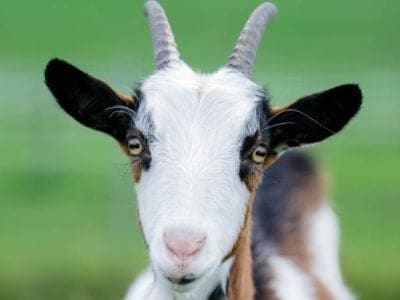
Kinder Goat
Best jumper of all goats
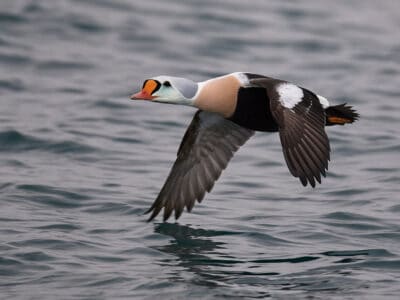
King Eider
The species name, spectabilis, is Latin for “showy” or “remarkable,” referencing the attractiveness of the adult male’s plumage.

Kingfisher
Inhabits wetlands and woodlands worldwide!
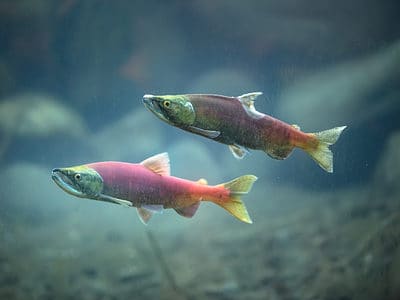
Kokanee Salmon
A non-anadromous type of sockeye salmon

Labrador Retriever
Well-balanced, friendly and versatile!
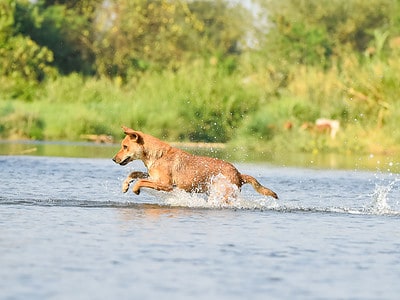
Labraheeler
A Labraheeler is a good choice for a watchdog as it do whatever it can to keep its family safe!

Ladybug
There are more than 5,000 species worldwide!

Landseer Newfoundland
While Landseer's are very gentle and calm, they can sense a dangerous situation and will protect their loved ones.
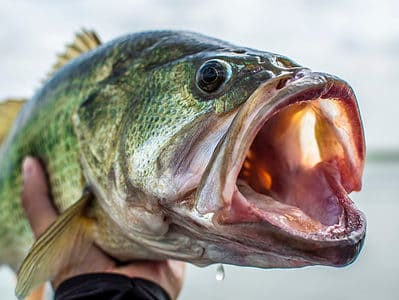
Largemouth Bass
Georgia, Mississippi, Alabama, and Florida all claim the largemouth bass as the state fish or state freshwater fish.
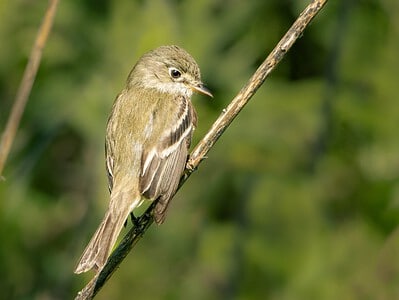
Least Flycatcher
They can travel up to 72 miles in a single day.

Leech
Has 10 pairs of eyes!
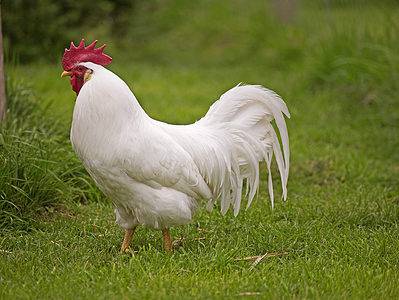
Leghorn Chicken
Leghorn chickens, one of the most popular industrial breeds, lay up to 320 eggs per year!
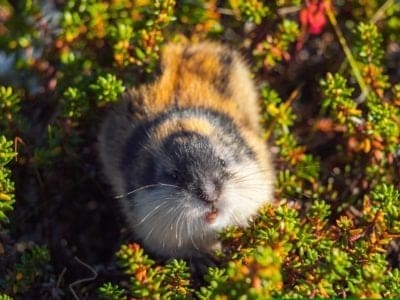
Lemming
Does not hibernate during the bitter Arctic winter!
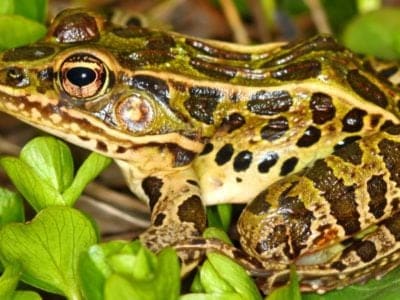
Leopard Frog
They can jump up to three feet
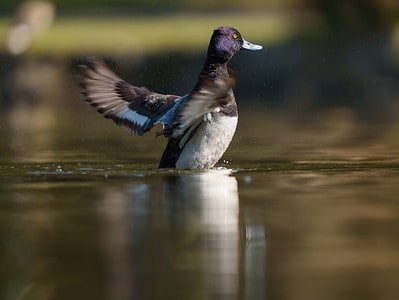
Lesser Scaup
Young lesser scaups learn to dive as soon as their down dries.
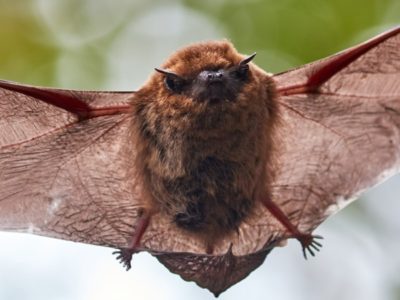
Little Brown Bat
The little brown bat uses echolocation to quickly navigate around its environment

Lizard
There are around 5,000 different species!
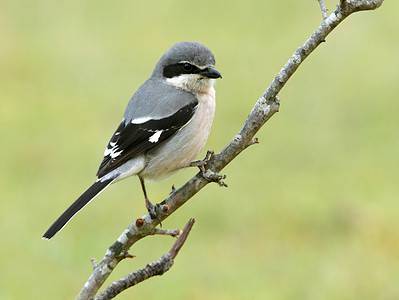
Loggerhead Shrike
Its nickname is the butcherbird!
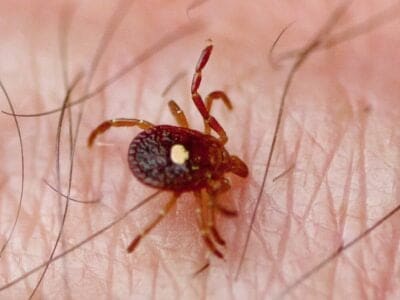
Lone Star Tick
Only females have the ‘lone star’ marking
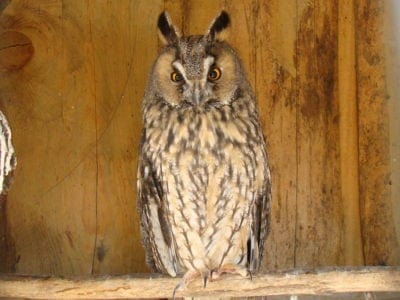
Long-Eared Owl
Ear tufts make it look bigger!
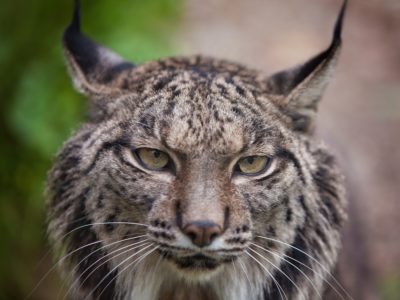
Lynx
Live in dens in rocks and under ledges!
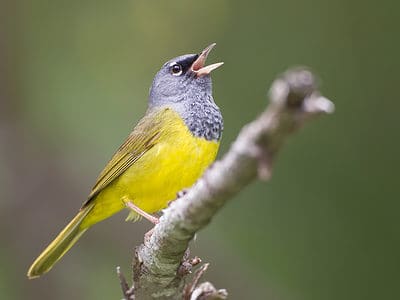
MacGillivray’s Warbler
The complicated story of how MacGillivray’s Warblers got their name involves three ornithologists, a physician and a compromise.
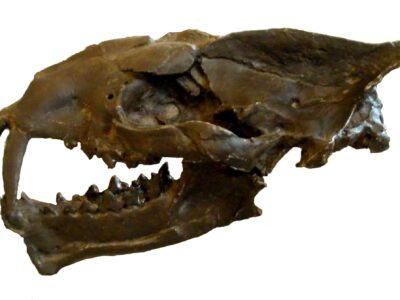
Machaeroides
Machaeroides had large saber-teeth, much like the saber-toothed tiger.
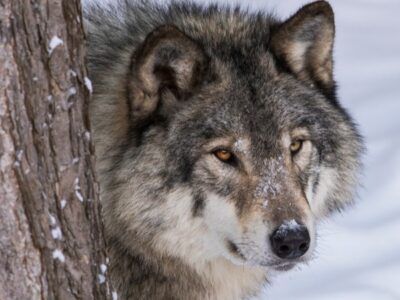
Mackenzie Valley Wolf
Will travel up to 70 miles in a single day.
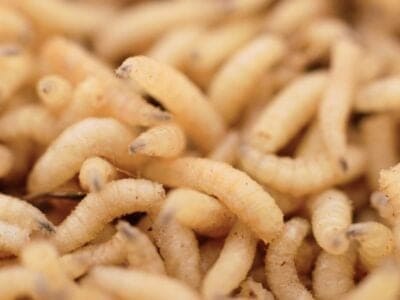
Maggot
Will only live in wet areas
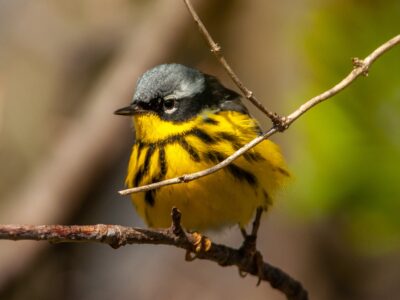
Magnolia Warbler
They line their nests with fungi strands
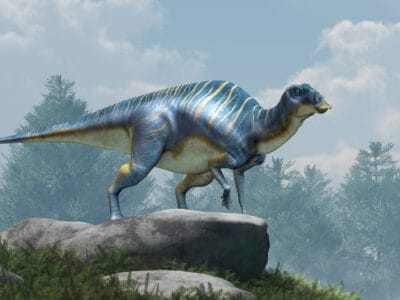
Maiasaura
Maiasaura dinosaurs can grow to 31 feet long.
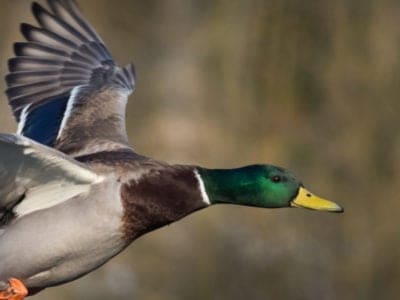
Mallard
With an appropriate tail wind, the mallard can travel hundreds of miles a day
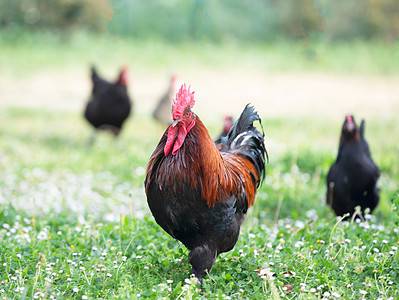
Marans Chicken
Marans chickens produce some of the darkest, chocolate-brown eggs in the world!
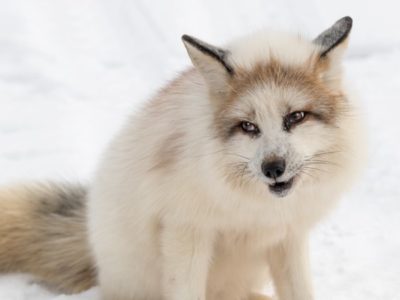
Marble Fox
The marble fox is not a naturally occurring variant; it was created through artificial selection.
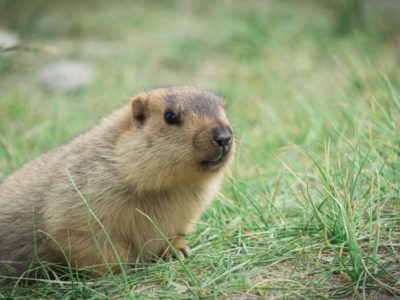
Marmot
A marmot spends 80% of its life below ground
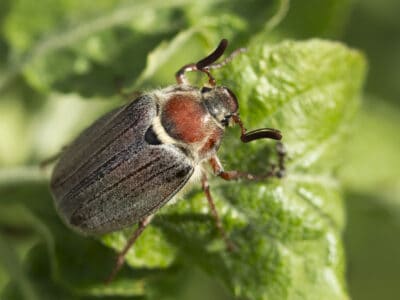
May Beetle
May Beetles are also known as June Bugs Because they’re more active during the month of June

Mealybug
They have a symbiotic relationship with ants.
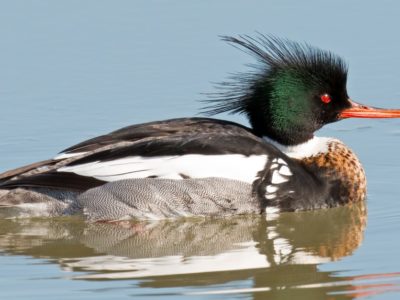
Merganser
They line their nests with their feathers

Millipede
Some species have a poisonous bite!
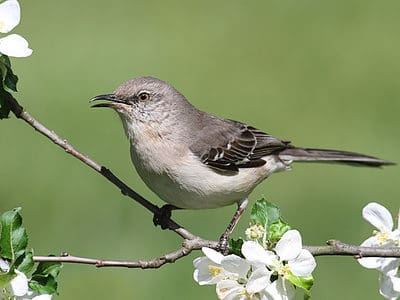
Mockingbird
Mockingbirds are incredible mimics that can learn hundreds of songs!

Mole
Primarily hunts and feeds on Earthworms!
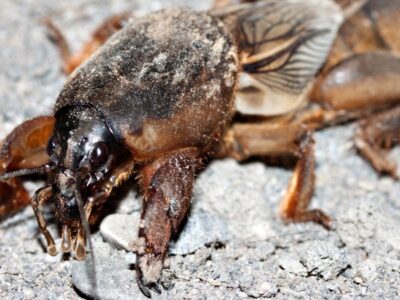
Mole Cricket
Adult Mole crickets may fly as far as 5 miles during mating season and are active most of the year.
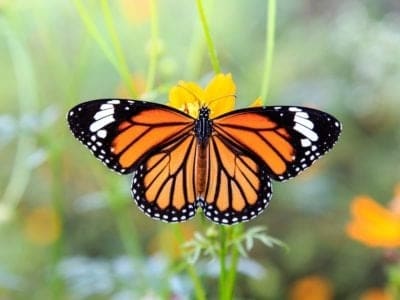
Monarch Butterfly
During migration, Monarch Butterflies may travel 250 or more miles each day.

Mongrel
Has characteristics of two or more breeds!
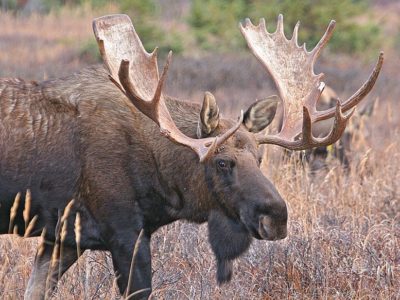
Moose
Renews it's enormous antlers every year!

Mosquito
Only the female mosquito actually sucks blood

Moth
There are 250,000 different species!
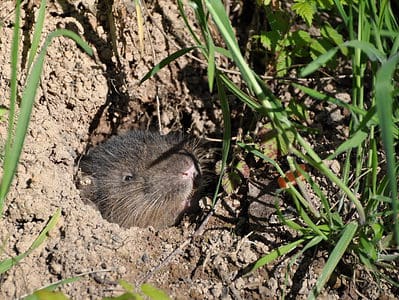
Mountain Beaver
The beaver that is not a beaver
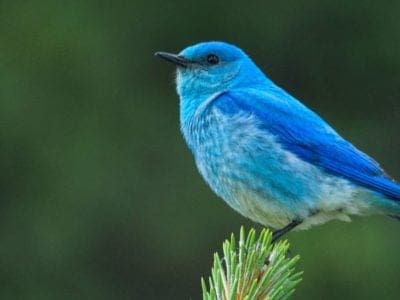
Mountain Bluebird
Depending on the time of the year, the mountain bird can live as far north as Alaska.
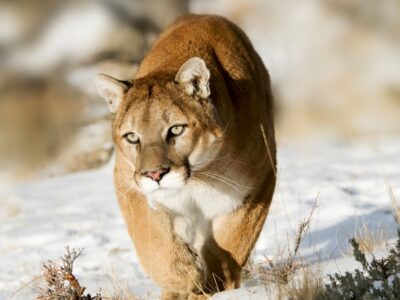
Mountain Lion
Has no real natural predators!
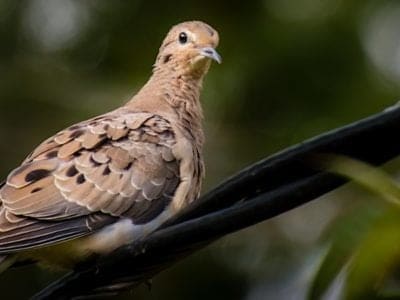
Mourning Dove
It is almost always the male who makes the famous sad sound, which is a wooing call
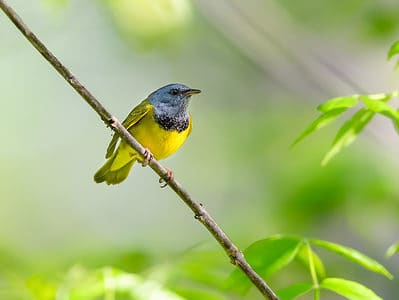
Mourning Warbler
The Mourning Warbler was named for its gray head, which resembles a mourning veil!

Mouse
Found on every continent on Earth!
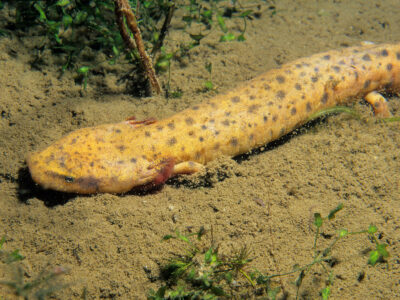
Mudpuppy
Mudpuppies never leave their larval stage. This is called neoteny.

Mule
The offspring of a horse and donkey parents!
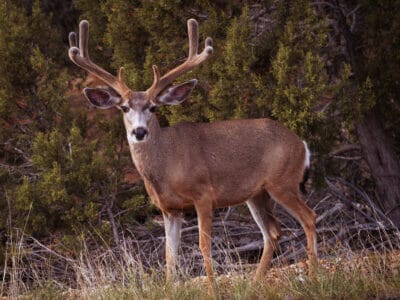
Mule Deer
Mule deer can run up to 45 miles per hour.
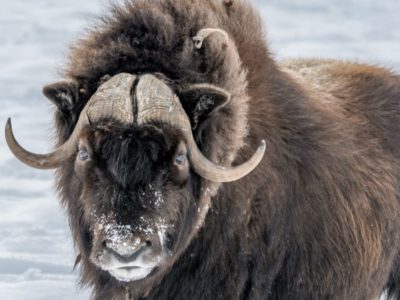
Muskox
Muskox have several physical characteristics that allow them to survive in the Arctic climate.
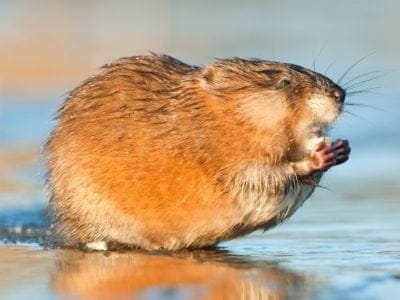
Muskrat
The muskrat can stay underwater up to 17 minutes at a time

Nematode
Nematodes range in size from 1/10 of an inch to 28 feet long

Newfoundland
Introduced by Vikings more than 1,000 years ago!
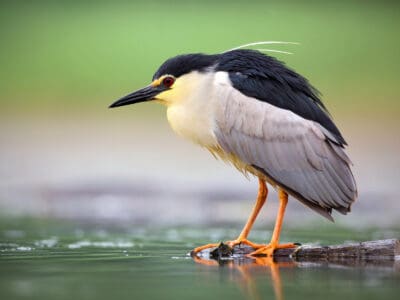
Night Heron
When they feel threatened juvenile night herons vomit their stomach contents.

No See Ums
There are more than 5,000 species.
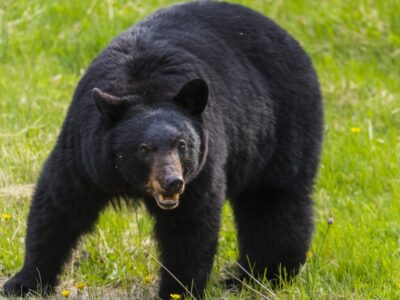
North American Black Bear
Short claws make them good tree climbers!
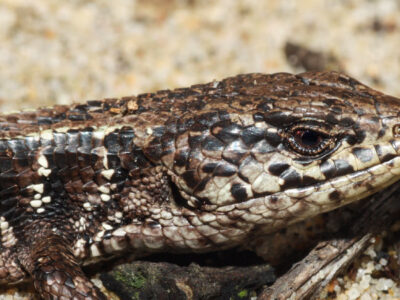
Northern Alligator Lizard
Unlike other lizards, these give livebirth to their young
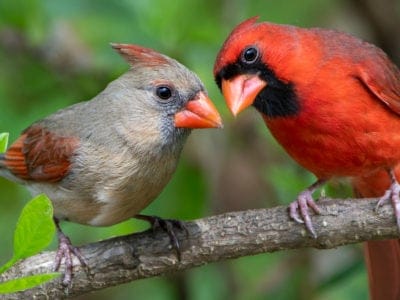
Northern Cardinal
Males are a bright red color, also called "cardinal red"
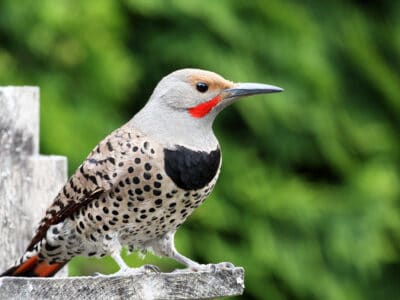
Northern Flicker
Northern Flickers often make their homes in dead trees.
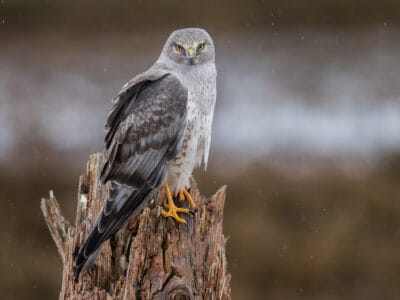
Northern Harrier
They can reach speeds of 25 Mph but prefer to soar low and slow.
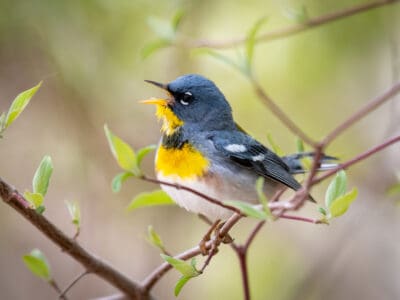
Northern Parula
They live in coffee and citrus plantations during the winter
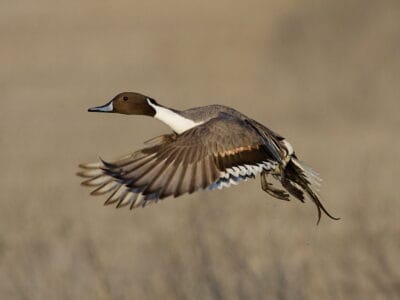
Northern Pintail
Northern pintails migrate at night with speeds reaching 48 miles per hour!
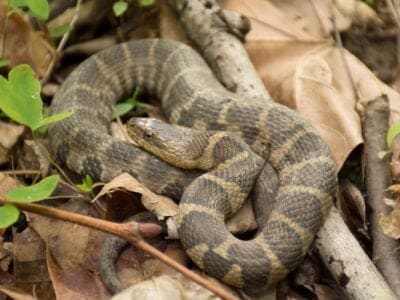
Northern Water Snake
Northern watersnakes’ teeth help them nab fish as they swim by.
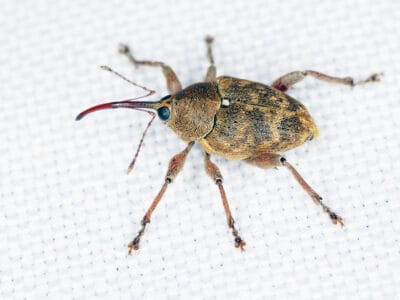
Nut Weevil
Bore holes in tree nuts and lay their eggs inside
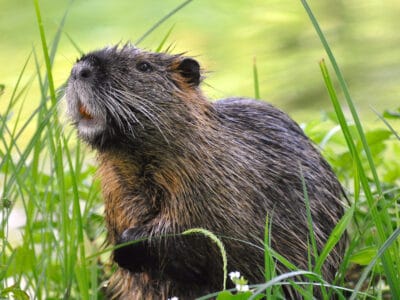
Nutria
An invasive species, one female nutria can birth up to 200 babies in just a few years of living!
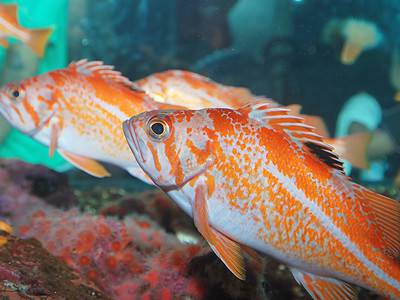
Ocean Perch
As a scorpionfish, the ocean perch has spines along its back!
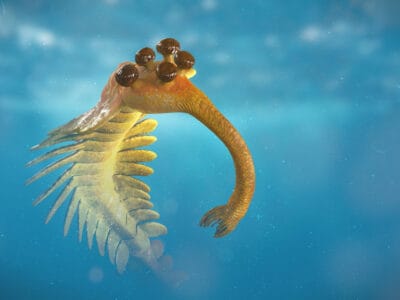
Opabinia
Opabinia had five stalked eyes on its head.
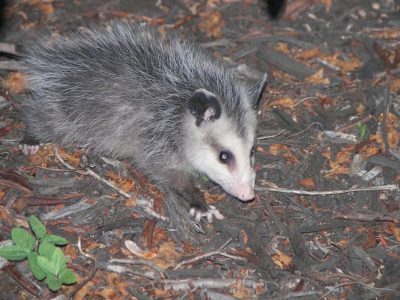
Opossum
Thought to be immune to certain snake venom!
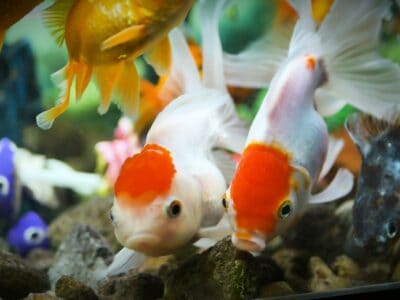
Oranda Goldfish
Oranda goldfish are one of the most popular fancy goldfish breeds
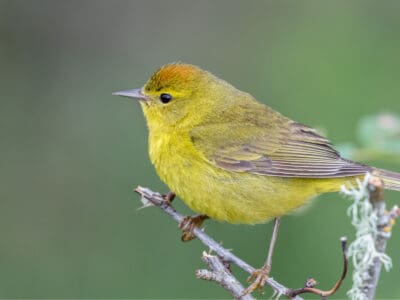
Orange-Crowned Warbler
Often mistaken for the Tennessee Warblers, which are equally dull.

Orb Weaver
Females are about four times the size of males
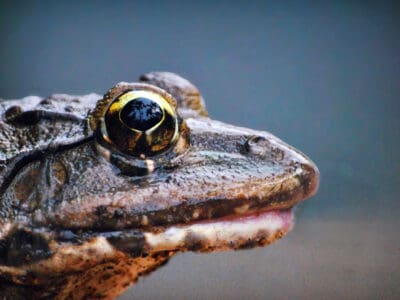
Oregon Spotted Frog
Oregon spotted frogs are the most endangered frogs in Canada!
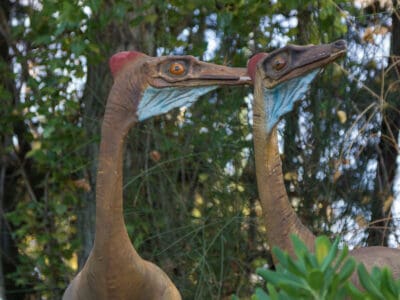
Ornithomimus
Ornithomimus translates from Greek to mean “bird mimic.”

Osprey
They reuse nesting sites for 70 years!

Otter
There are 13 different species worldwide
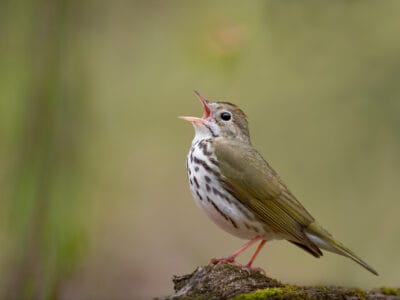
Ovenbird
The ovenbird is named for its unusual nest, which is shaped like an oven!

Owl
The owl can rotate its head some 270 degrees
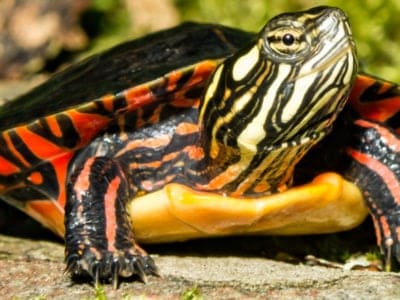
Painted Turtle
Male painted turtles have longer nails.
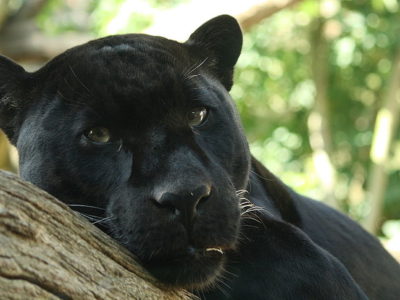
Panther
Prefers to hunt at night than during the day!
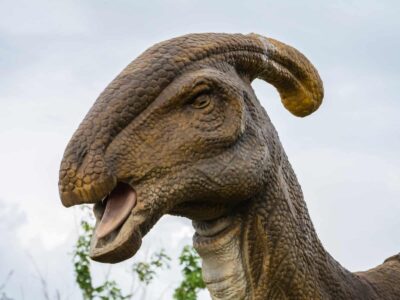
Parasaurolophus
The Parasaurolophus ran on its hindlegs at speeds of up to 30mph!
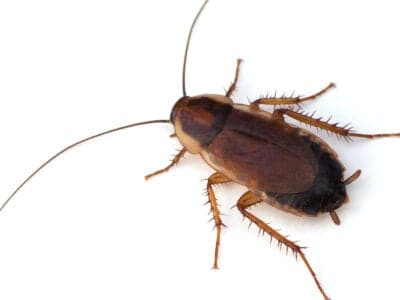
Pennsylvania Wood Cockroach
Seeks out sources of light
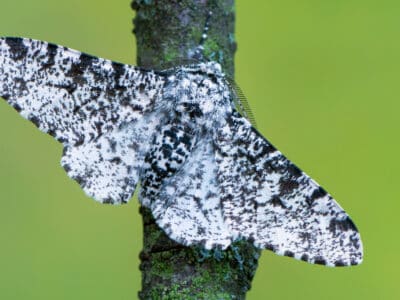
Peppered Moth
Teachers in schools often use the evolution of the peppered moth as a good example of Darwin’s theory of natural selection.
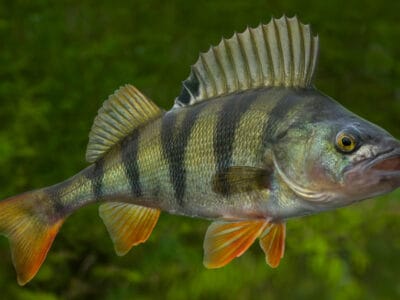
Perch Fish
Some of the most delicious gamefish in the world

Peregrine Falcon
Fastest animal on Earth

Pheasant
Females lay between 8 and 12 eggs per clutch!

Piebald Dachshund
Hotdogs were originally called "Dachshund sausages" because they resembled the dachshund's wiener-like body!

Pigeon
They can find their way back to their nests from up to 1300 miles away.
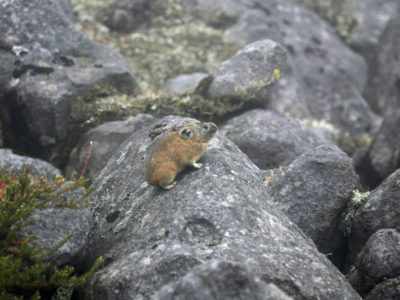
Pika
Found in mountainous regions and rocky areas
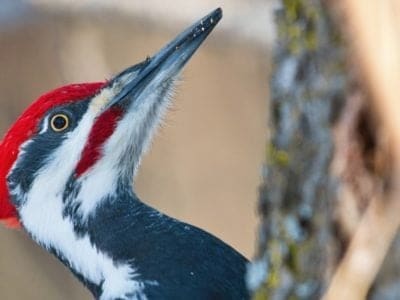
Pileated Woodpecker
Pairs establish territories and remain all year
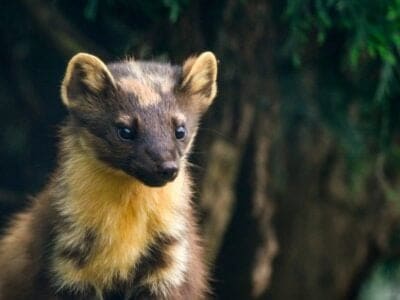
Pine Marten
A pine marten can jump from tree to tree similar to a squirrel.
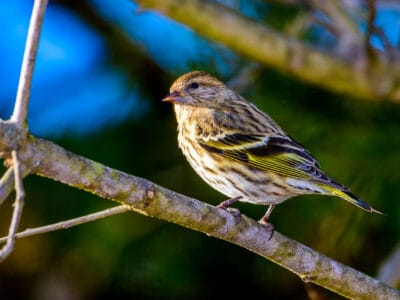
Pine Siskin
When foraging, pine siskins hang upside down to pick through the leaves and bark, collecting seeds from coniferous trees.
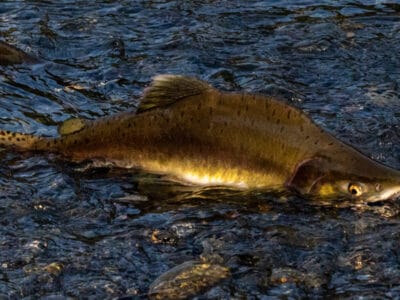
Pink Salmon
The smallest of the North American salmon
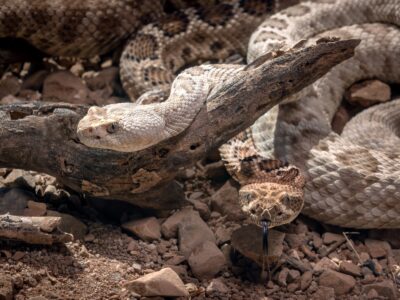
Pit Viper
Pit vipers's fangs fold up into their mouths when they don't need them.
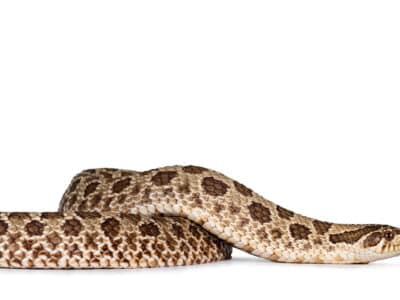
Plains Hognose Snake
The plains hognose snake gets its name from the upturned end of its snout.
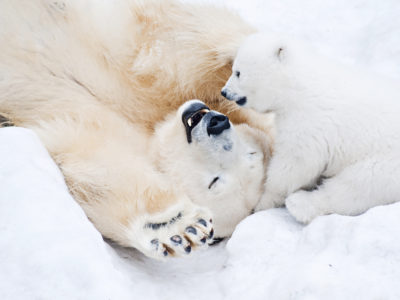
Polar Bear
Could be extinct within the next 30 years!
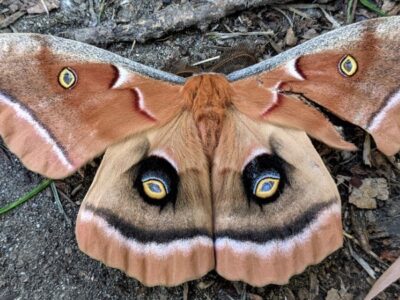
Polyphemus Moth
The Polyphemus moth doesn’t and can't eat, except when it's a caterpillar!
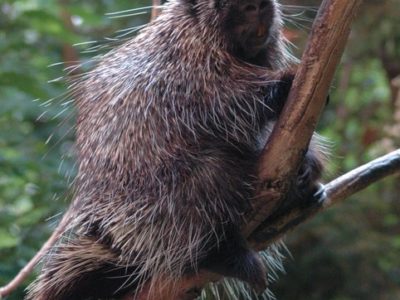
Porcupine
There are 30 different species worldwide!
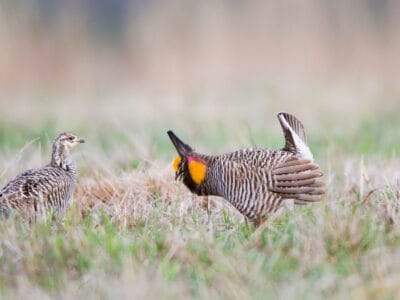
Prairie Chicken
They inflate their orange neck patches during their mating displays
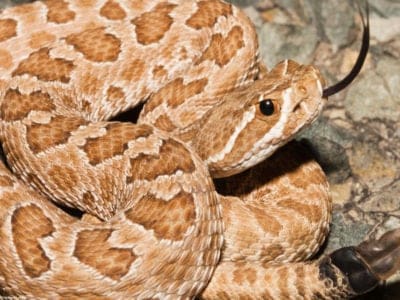
Prairie Rattlesnake
The striking distance of a prairie rattlesnake is 2/3rds the length of its body.
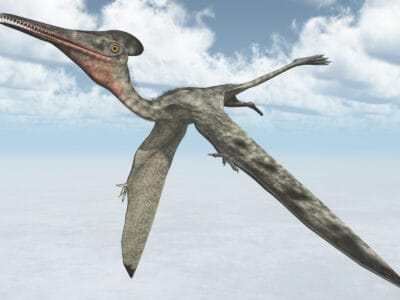
Pterodactyl
Pterodactyl is not technically a dinosaur. Although they lived during the same time as dinosaurs, they are classified as winged reptiles.
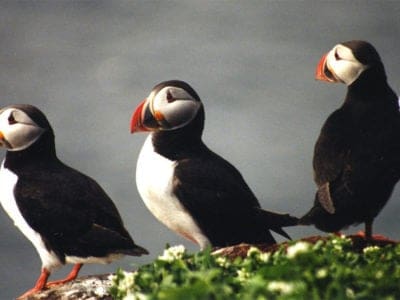
Puffin
Can remain in the water for up to 2 minutes!
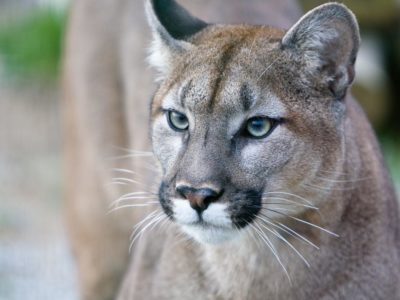
Puma
Has longer back legs than front legs!
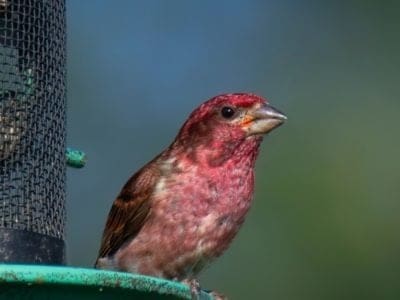
Purple Finch
The intensity of the plumage can change based on what the bird eats
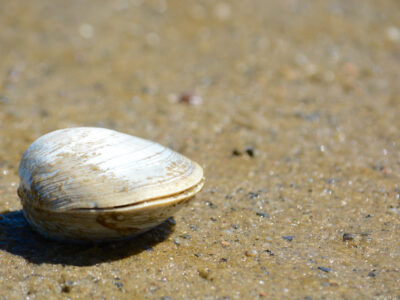
Quahog Clam
Their hinged shell protects their soft body

Quail
Inhabits woodland and forest areas worldwide!
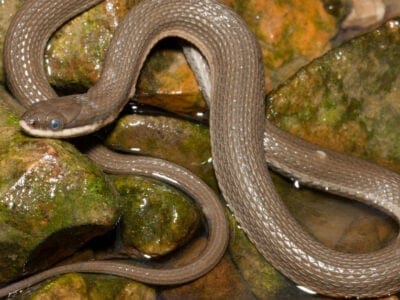
Queen Snake
Queen snakes have armor-like scales on the top of their head
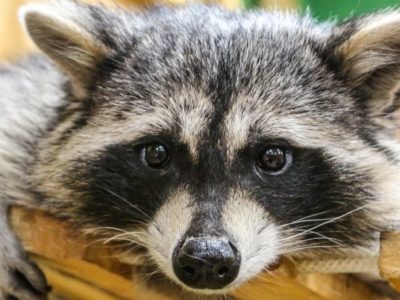
Raccoon
Known to wash their food before eating it!
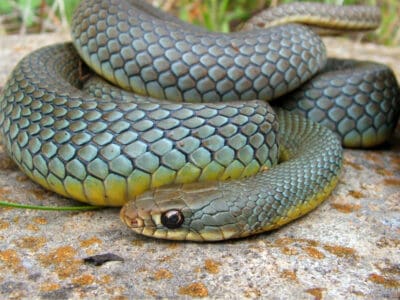
Racer Snake
The racer snake can speed away at up to 3.5 miles per hour
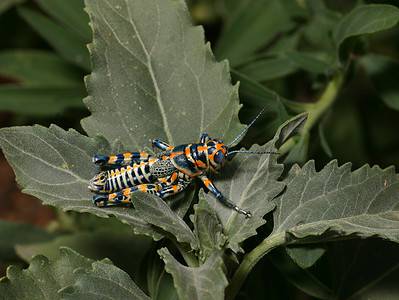
Rainbow Grasshopper (Dactylotum bicolor)
They have strikingly bright colors

Rat
Omnivores that eat anything!
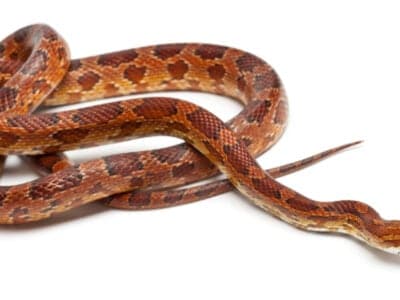
Rat Snakes
Rat snakes are constrictors from the Colubridae family of snakes.
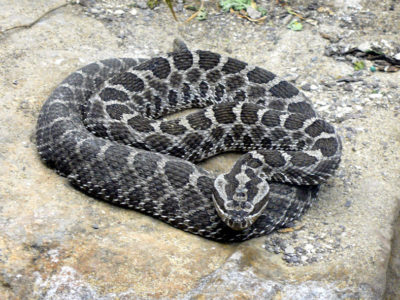
Rattlesnake
Rattlesnakes may have evolved their rattle to warn bison away from them.
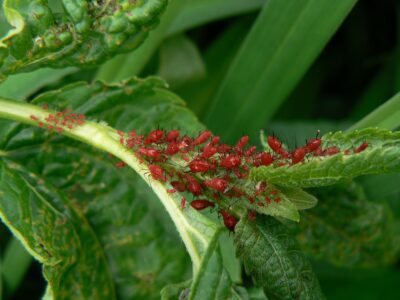
Red Aphids
Aphids are called ant cows because ants herd and "milk" them to secrete a substance called honeydew!
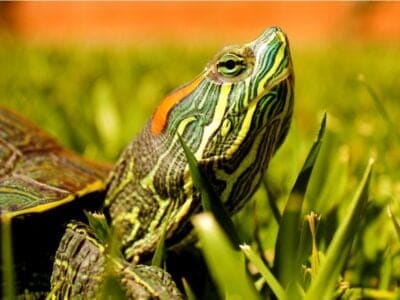
Red-Eared Slider
Sliders spend lots of time basking in the sun. As cold-blooded animals, they need the sun to heat up.
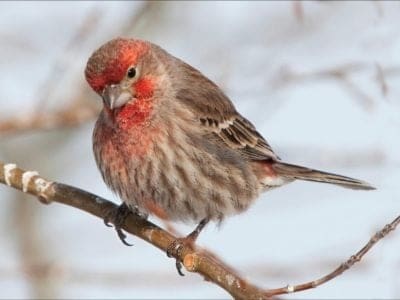
Red Finch
Red finches can form flocks of over 100 birds.

Red-Shouldered Hawk
Red-Shouldered Hawks reuse the same nesting area each year.
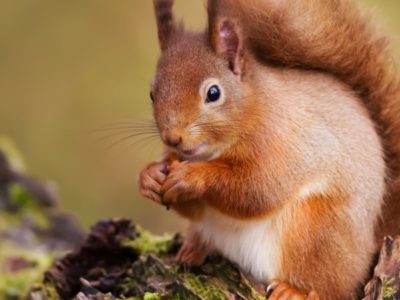
Red Squirrel
The red squirrel has one of the most impressive memories in the entire animal kingdom
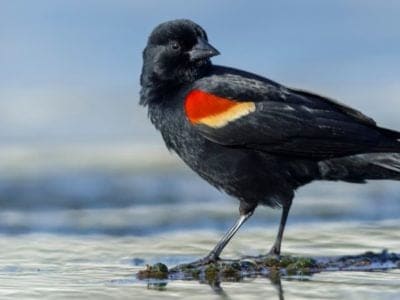
Red-winged blackbird
The male red-winged blackbird can sing to attract mates
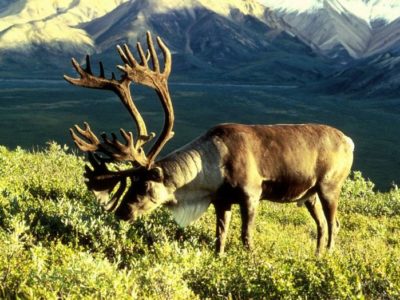
Reindeer
Also known as the Caribou
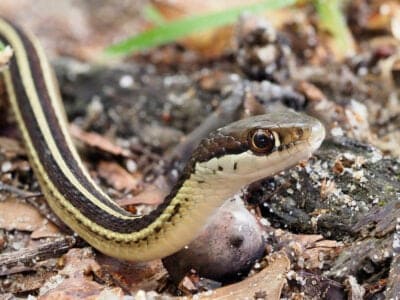
Ribbon Snake
Ribbon snakes love water, but are excellent climbers too.
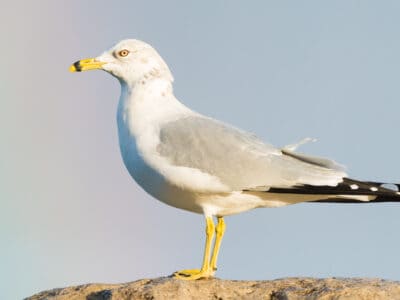
Ring-billed Gull
The ring-billed gull feeds on vast quantities of human waste and garbage.
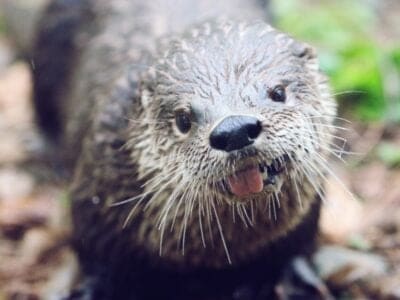
River Otter
The river otter can hold its breath for up to 8 minutes

River Turtle
Inhabits freshwater habitats around the world!

Robin
There are more than 45 species in Australia alone!
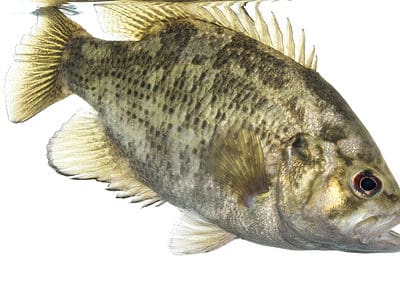
Rock Bass
Rock bass can change their color slightly to camouflage.

Rodents
The capybara, the world’s largest rodent, likes to be in and around bodies of water. Because of this, the Catholic Church in South America decided that it was a fish, and people were allowed to eat it during Lent and First Fridays.
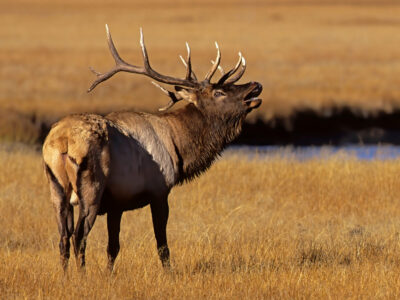
Roosevelt Elk
The main predators of this species are grey wolves, mountain lions, black bears, and humans.

Rooster
Will mate with the entire flock!
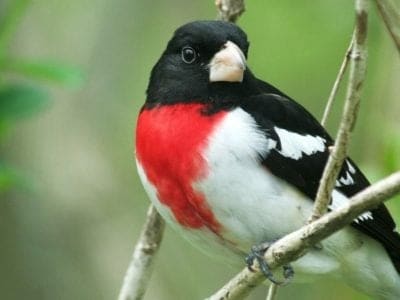
Rose-Breasted Grosbeak
This bird is also called cut-throat because the male looks like his throat has been cut and has bled over his breast.
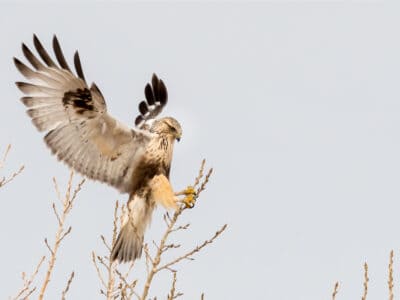
Rough-Legged Hawk (Rough-Legged Buzzard)
Its scientific name, lagopus, is Ancient Greek for “hare” and “foot,” referring to its feathered feet and toes.
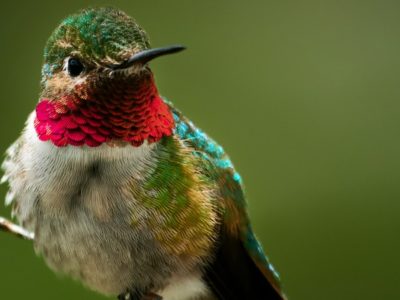
Ruby-Throated Hummingbird
Ruby-throated hummingbirds can beat their wings more than 50 times per second.
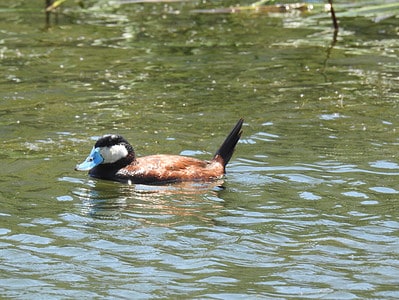
Ruddy Duck
Ruddy duck breeding males have bright blue bills!
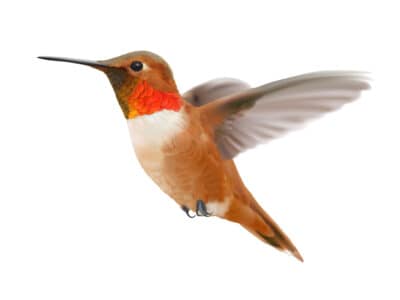
Rufous Hummingbird
The males have a glowing iridescent orange patch on their chests.
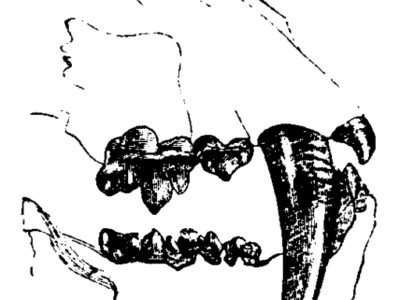
Saber-Toothed Tiger
Canines up to 7 inches long!

Sable Ferret
Ferrets were used during the Revolutionary War to keep down the rat population.
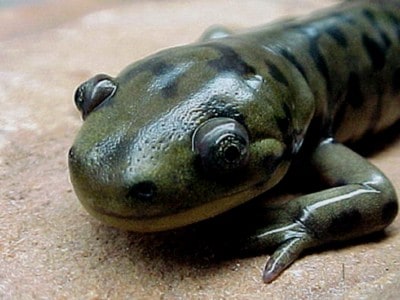
Salamander
There are more than 700 different species!
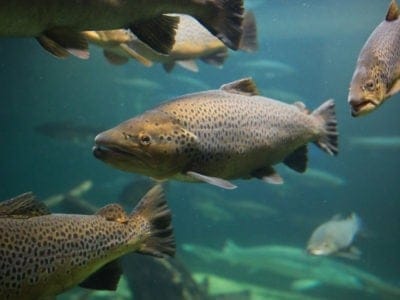
Salmon
Returns upstream every year to spawn
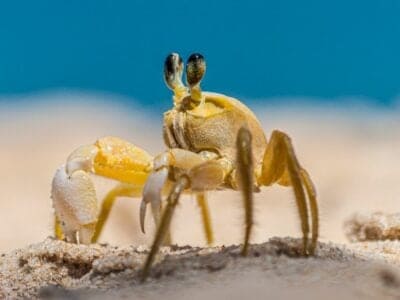
Sand Crab
The sand crab burrows beneath the sand with its tail
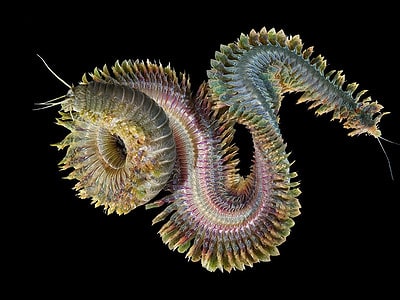
Sandworm
Legs also function as gills
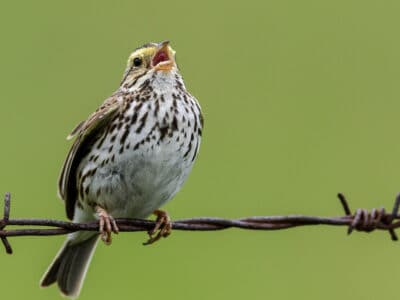
Savannah Sparrow
The Savannah sparrow gets its name because one of the first of this type of bird was found in the city of Savannah, Georgia.
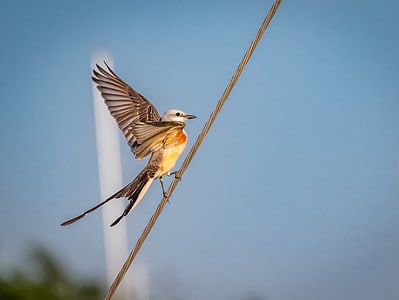
Scissor-tailed Flycatcher
Scissor-tailed flycatchers are known for their dramatically long tails!

Scorpion
There are around 2,000 known species!
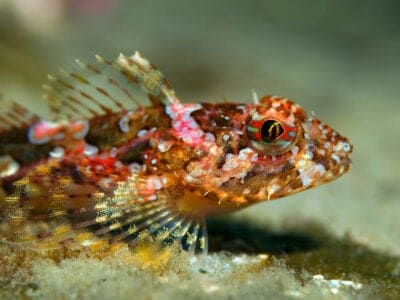
Sculpin
Its skull bones can compress so the fish can fit in narrow spaces
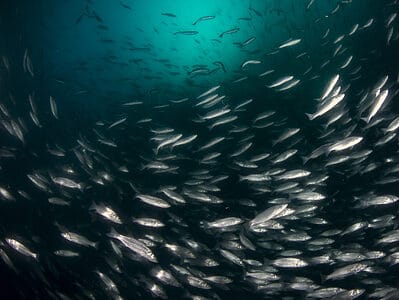
Sea Bass
Sea bass can grow up to 880 pounds in weight!

Sea Eagle
The sea eagle tends to mate for life with a single partner
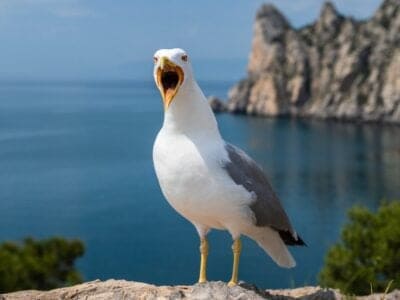
Seagull
Some gulls are capable of using tools
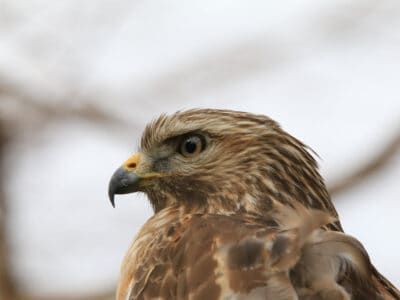
Sharp-Shinned Hawk
In captivity, sharp-shinned hawks can live up to 13 years. However, in the wild, this number is significantly reduced to 3 years!
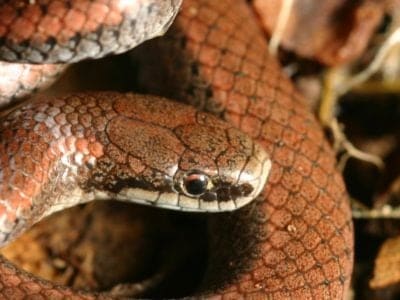
Sharp-Tailed Snake
This snake uses its sharp tail to steady itself when capturing prey.

Sheep
Around 35 million in the English countryside!
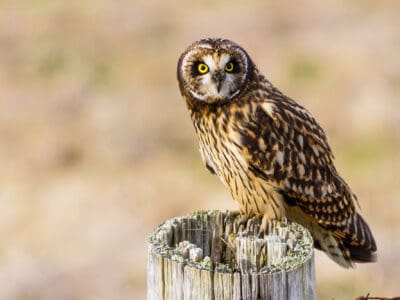
Short-Eared Owl
The short-eared owl is one of the most widespread owl species in the world, covering five continents.

Shrew
The spinal column of the shrew Scutisorex somereni is so strong and reinforced that it can support the weight of an adult human.

Shrimp
There are 2,000 different species worldwide!

Siberian Retriever
Many husky Labs have one blue eye and one brown eye.

Skink Lizard
Some skinks lay eggs in some habitats while giving birth to skinklets in other habitats.
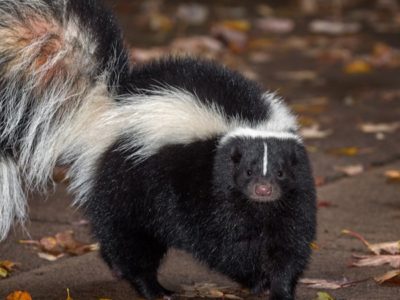
Skunk
Also known as the Polecat!

Slug
They glide around on one foot, which is aided by the slime they produce
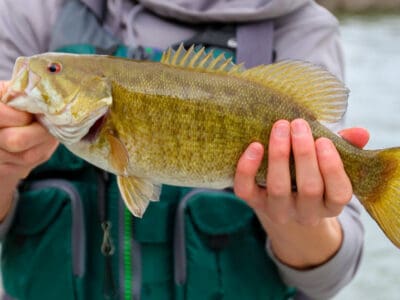
Smallmouth Bass
A fierce fighter!

Smokybrown Cockroach
Has up to 45 eggs per egg case

Snail
There are nearly 1,000 different species!

Snake
There are around 4,000 known species worldwide
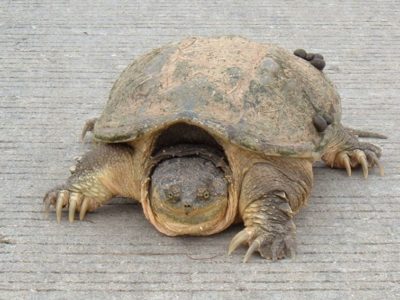
Snapping Turtle
Only found in North America!

Snorkie
Snorkies are known for their funny, attention-getting antics.
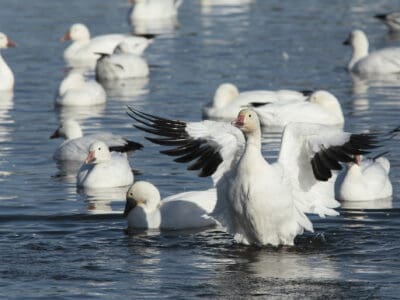
Snow Goose
The snow goose has a dark line along their beaks known as a ‘grinning patch’!
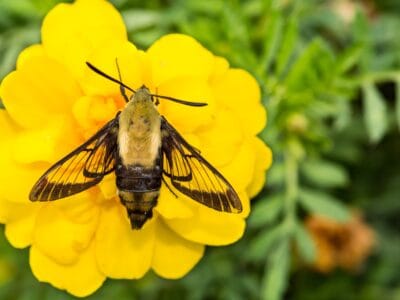
Snowberry Clearwing Moth
They are pollinators, just like bees.
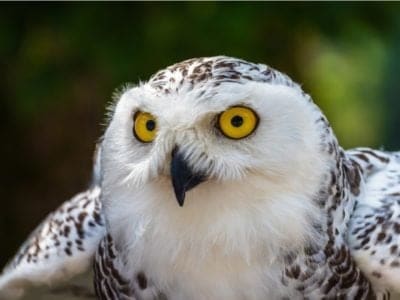
Snowy Owl
One of the largest owl species in the world!
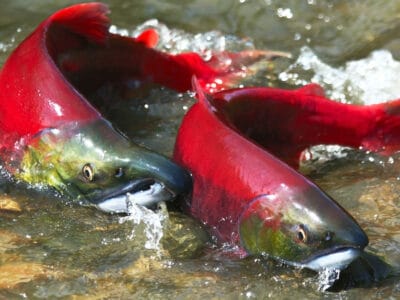
Sockeye Salmon
Called "red salmon" because their skin turns bright red to dirty red during spawning season
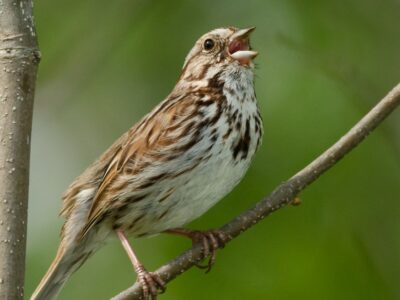
Song Sparrow
Pumps its tail when it flies!
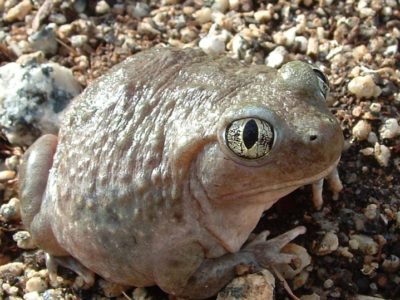
Spadefoot Toad
They spend most of their time underground!

Sparrow
There are 140 different species!
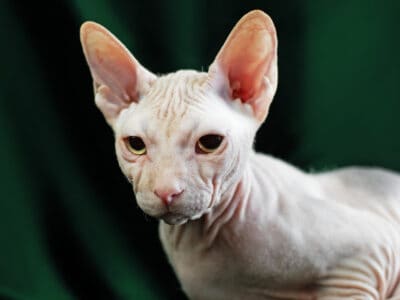
Sphynx
Many people believe that because the Sphynx doesn't have a lot of fur, they are easily maintained. However, their upkeep is demanding!

Spider Wasp
They prey on spiders to feed their larvae or they parasitize other spider wasps.
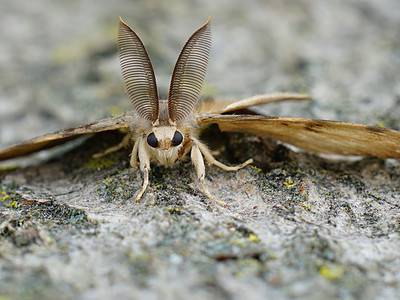
Spongy Moth
In March of 2022, the Entomological Society of America changed the name of this insect from the European gypsy moth to the spongy moth out of respect for the Romani community, which considers the word "gypsy" to be offensive.
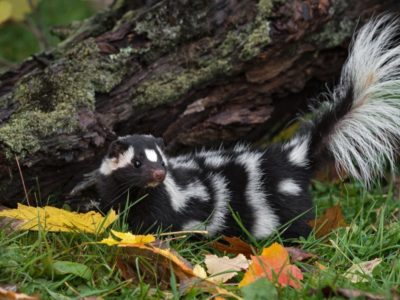
Spotted Skunk
Spotted skunks are known for their acrobatic abilities. They perform handstands before spraying their enemies.

Squirrel
Small rodents found in woodlands worldwide!
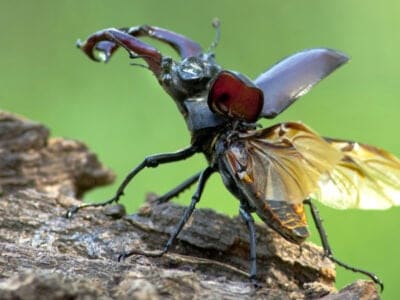
Stag Beetle
The stag beetle consumes rotting and decaying wood when it is in the larva stage.
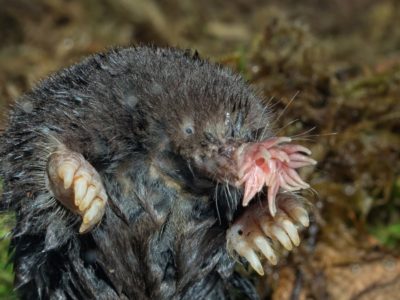
Star-nosed mole
The star-nosed mole has the ability to sense both electrical fields and ground vibrations
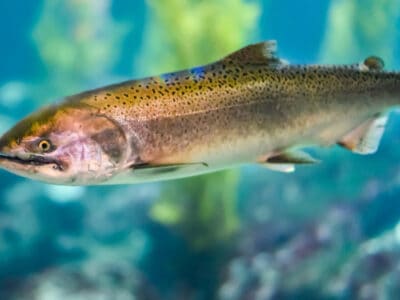
Steelhead Salmon
Steelhead live in freshwater rivers and streams for 1 to 2 years before migrating into the ocean

Stick Insect
There are more than 3,000 different species!
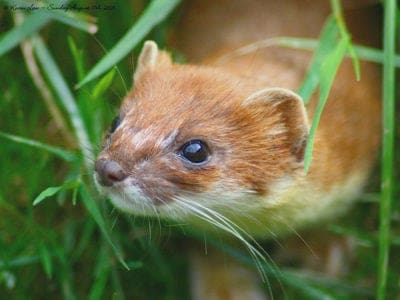
Stoat
Average adults weigh about 200 grams!
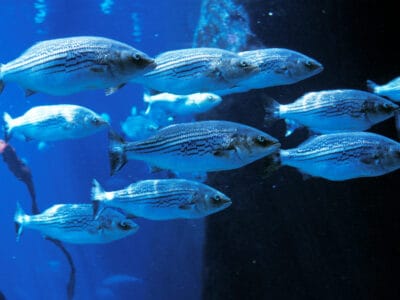
Striped Bass
Pilgrims counted striped bass as an essential part of their diet from the time they arrived in North America.
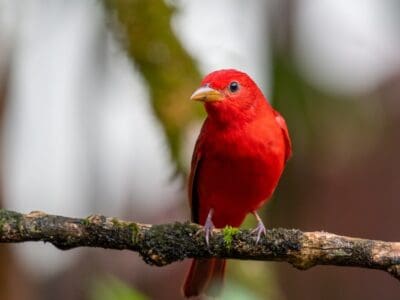
Summer Tanager
They remove bee stingers by rubbing them against a tree
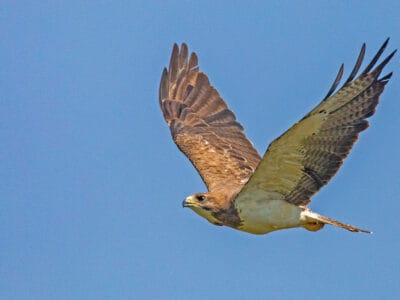
Swainson’s Hawk
Their wings form a “V” shape when flying.

Swan
Populations have been affected by pollution!

Swedish Elkhound
Swedish Elkhounds existed in prehistoric times!
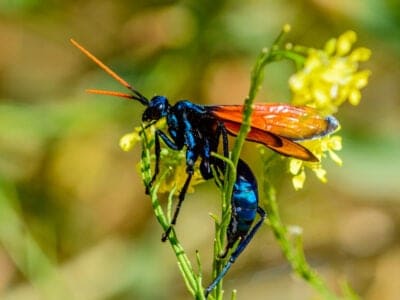
Tarantula Hawk
Tarantula hawks are excellent pollinators, especially for milkweed.
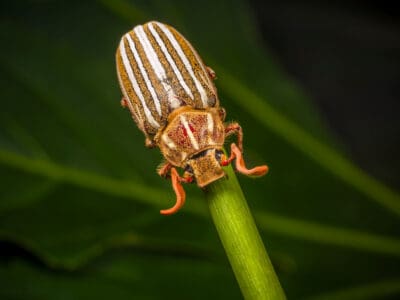
Ten-Lined June Beetle
These beetles can take up to two years to complete one generation. In fact, larvae can develop in soil for up to 4 years!
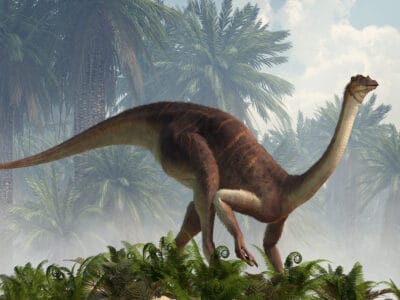
Theropod
Some theropods had feathers and may have been ancestors of modern birds.

Thrush
The American robin is called the robin because its red breast reminded European settlers of the robin back in the old country.

Tick
They inject hosts with a chemical that stops them from feeling the pain of the bite

Tiger Beetle
The adult tiger beetle is one of the fastest land insects in the world
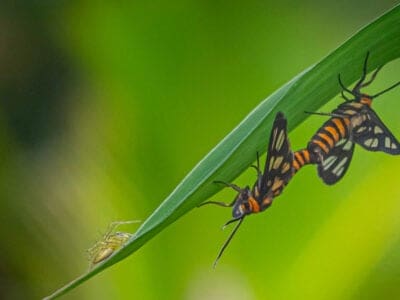
Tiger Moth
The bright colors of this moth are a signal to predators that it has a terrible taste.
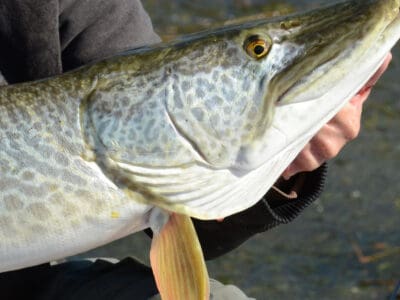
Tiger Muskellunge (Muskie)
Massive carnivorous hybrid fish
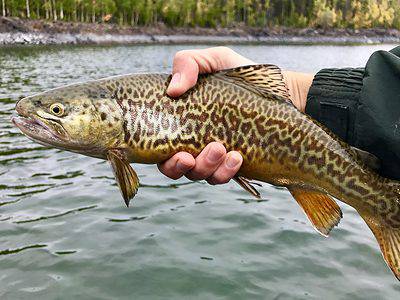
Tiger Trout
As tiger trout are sterile, they cannot produce offspring. However, they do have relatively long lifespans and can live up to 10 years in captivity.
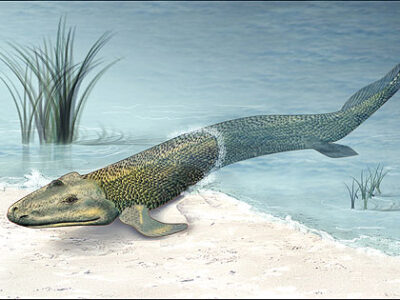
Tiktaalik
Seen as an evolutionary link between fish and tetrapods
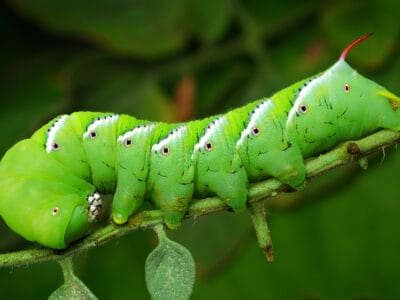
Tomato Hornworm
The tomato hornworm is a ferocious pest that can eat all parts of a plant, including the fruits.

Torkie
The Torkie is alert and very vocal so it makes a great watchdog.

Tortoise
Can live until they are more than 150 years old!
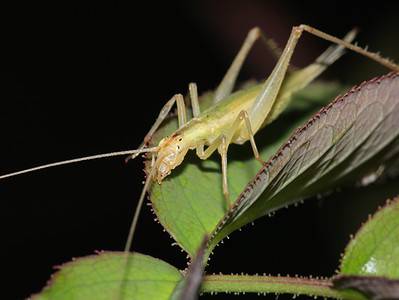
Tree Cricket
They make music with their wings

Tree Frog
Found in warmer jungles and forests!
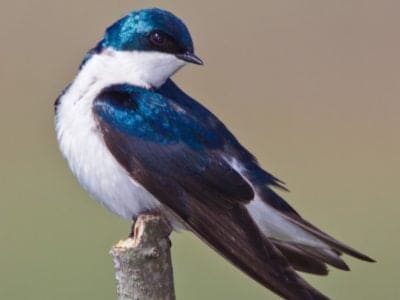
Tree swallow
The tree swallow can make more than a dozen distinct vocalizations
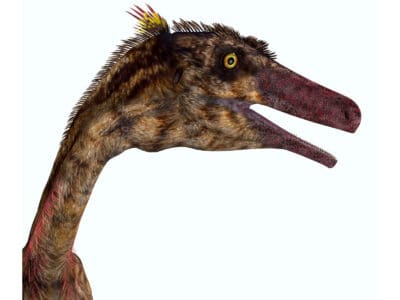
Troodon
Troodon formosus means "wounding tooth" in Greek, a name that describes its serrated teeth.
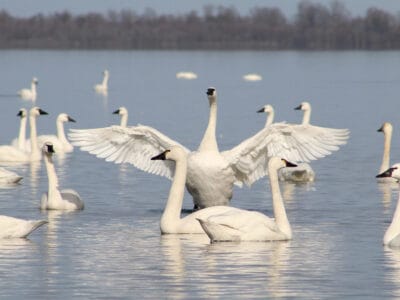
Tundra Swan
“The tundra swan is entirely white except for a yellow marking at the base of their bill!”

Turtles
Some species of aquatic turtles can get up to 70 percent of their oxygen through their butt.
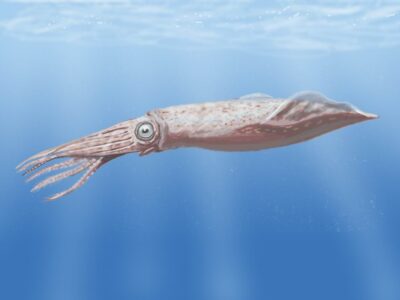
Tusoteuthis
Tusoteuthis was one of the largest cephalopods ever
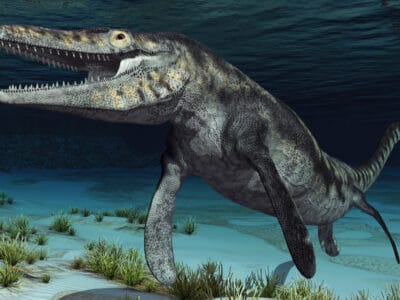
Tylosaurus
Tylosaurus was a marine reptile that is closely related to modern-day snakes and monitor lizards.
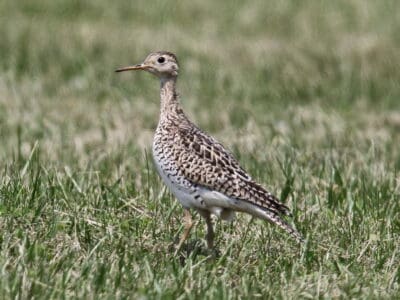
Upland Sandpiper
They make jerky movements as they walk through the grass, searching for food.

Valley Bulldog
These dogs cannot swim well because of their stocky build and short legs.
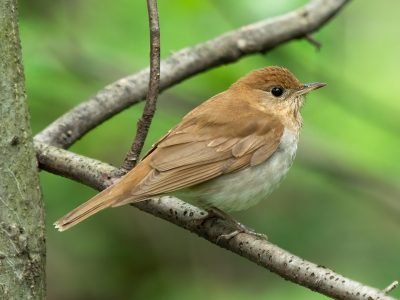
Veery
The veery is named for its sharp "veer" call.
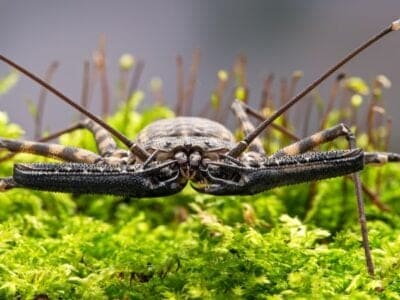
Vinegaroon
Vinegaroons can spray 19 times before the glands are depleted

Vulture
There are 30 different species worldwide!
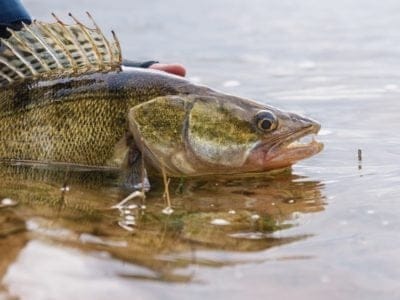
Walleye Fish
Has great night vision
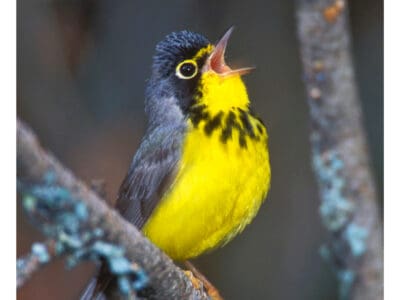
Warbler
Warblers are so called because of the trills of their song.

Wasp
There are around 75,000 recognised species!
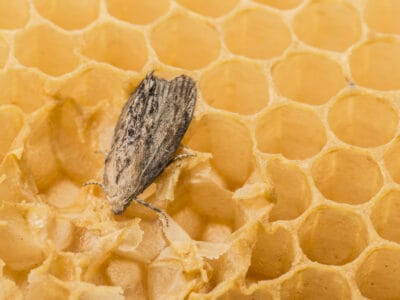
Wax Moth
The Wax Moth larvae are more dangerous than the adult.
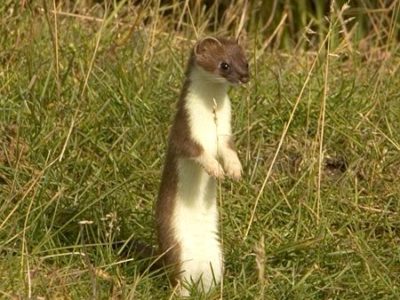
Weasel
The smallest carnivorous mammal in the world!
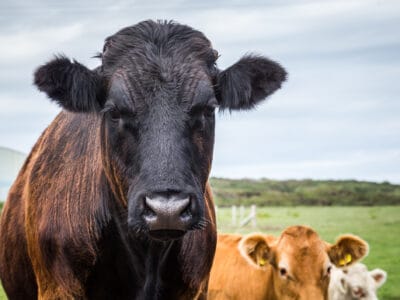
Welsh Black Cattle
Welsh Black Cattle were once used as currency in Wales and referred to as “black gold”.
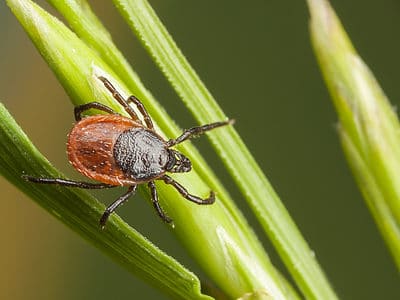
Western Blacklegged Tick
Western blacklegged ticks are only found in the west coast of the United States
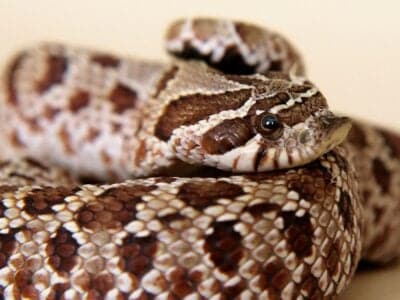
Western Hognose Snake
Primarily solitary, these snakes only communicate with one another during breeding season.
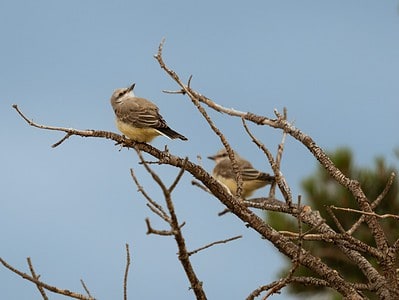
Western Kingbird
Western kingbirds have hidden red crown feathers that they can raise when threatened!
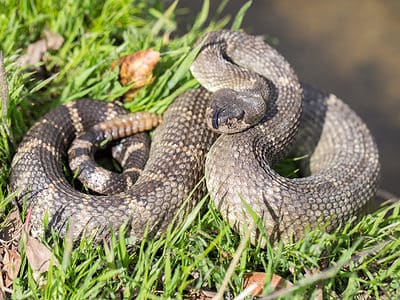
Western Rattlesnake (Northern Pacific Rattlesnake)
Western rattlesnakes are shy and try to avoid people whenever possible.
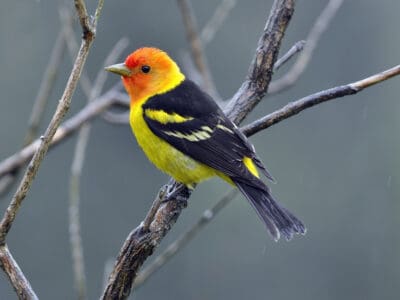
Western Tanager
They migrate farther north than any other tanager.
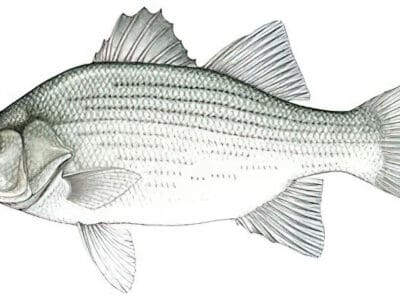
White Bass
Silvery white fish popular with anglers
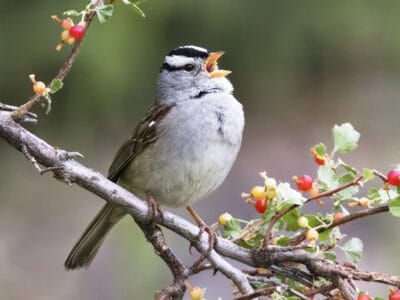
White-Crowned Sparrow
Males learn distinct songs from the community they grew up in and continue to sing in the same dialect as adults.

White Ferret / Albino Ferrets
There are two different types of white ferrets!
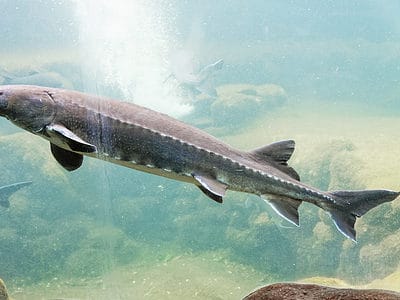
White Sturgeon
They don't have any teeth!
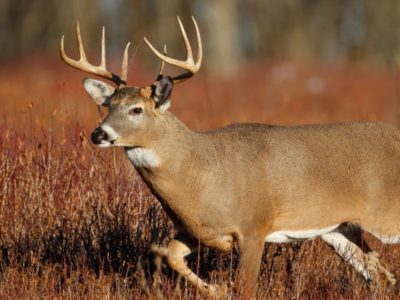
White-tail deer
White-tail deer are good swimmers
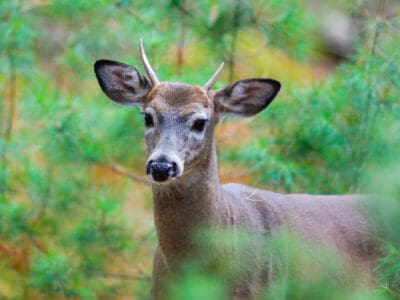
Whitetail Deer
Although deer are herbivores, they will sometimes eat mice and birds when they can catch them.
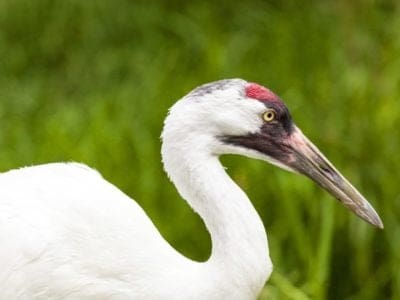
Whooping Crane
This species is named after the loud whooping sound it makes
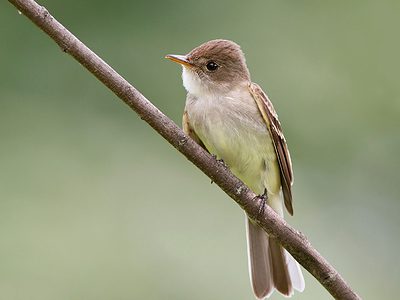
Willow Flycatcher
These birds live in the understory and are named for their propensity for flitting between willows and shrubs.
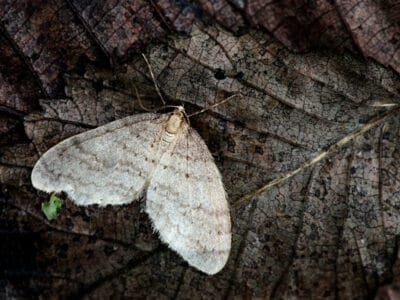
Winter Moth
Only the males fly and the females walk.
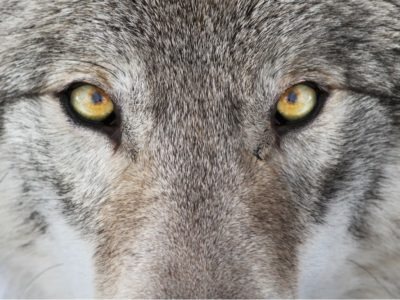
Wolf
Thought to date back more than 300,000 years!

Wolf Spider
Carnivorous arachnid that hunts its prey.
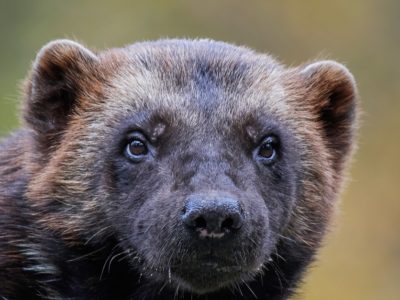
Wolverine
Releases a strong smelling musk in defence!
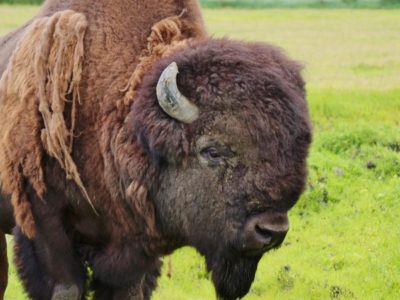
Wood Bison
The reintroduction of wood bison into Alaska is considered one of the world’s best conservation success stories.
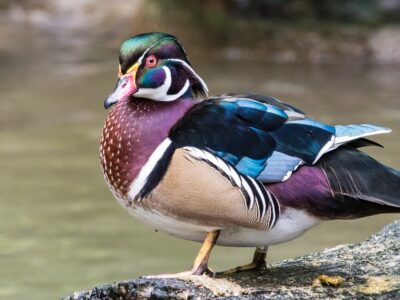
Wood Duck
Adult male wood ducks sport a striking red eye and bill year-round!
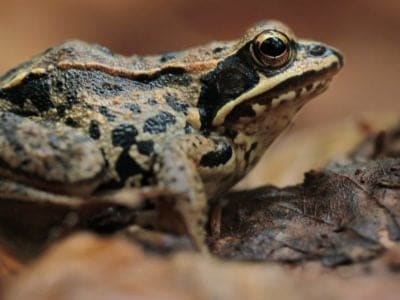
Wood Frog
The wood frog lives the furthest north of any other North American amphibian including in the Arctic Circle.
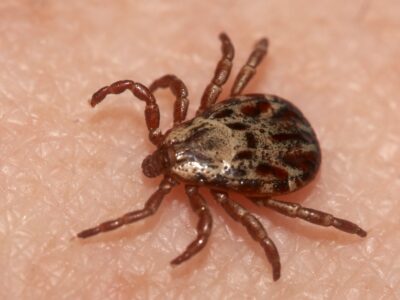
Wood Tick
Almost always found above 4,000 feet in elevation
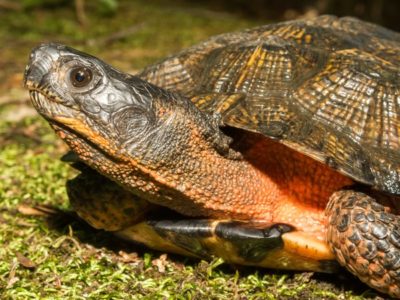
Wood Turtle
Temperature determines the sex of turtle eggs

Woodlouse
This animal can roll up into a ball
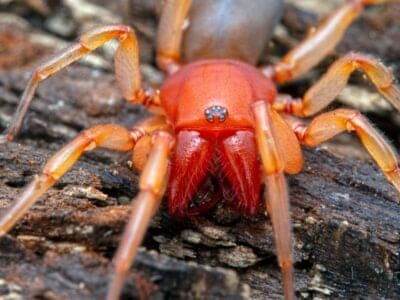
Woodlouse Spider
Unlike most spiders, woodlouse spiders don’t build a web.

Woodpecker
There are 200 different species!
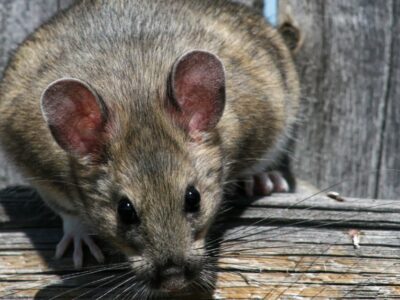
Woodrat
Pack rats love shiny objects and will steal your jewelry.

Worm
Doesn’t have eyes.
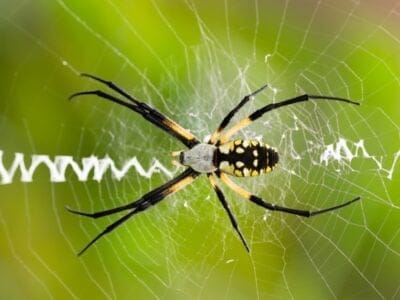
Writing Spider
males pluck webs like strings on a guitar
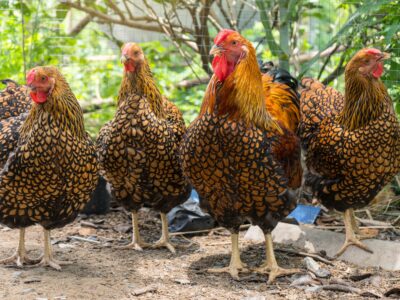
Wyandotte Chicken
The Wyandotte chicken was the first dual-purpose American chicken bred for both meat and eggs!
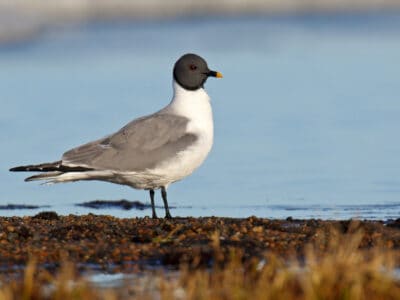
Xeme (Sabine’s Gull)
They follow after seals and whales to eat their scraps.
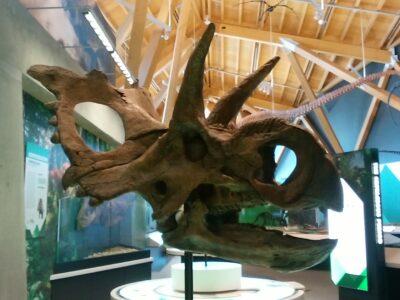
Xenoceratops
The Xenoceratops is the oldest known horned dinosaur ever discovered in Canada.
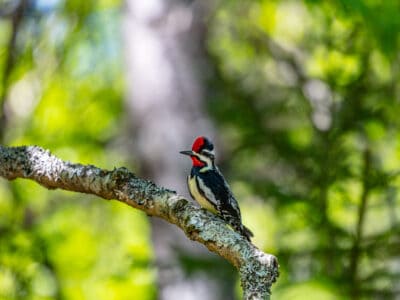
Yellow Bellied Sapsucker
The males are responsible for choosing the nesting tree most of the time. Luckily, cavity nests are often reused for multiple breeding seasons (up to 7 years.)
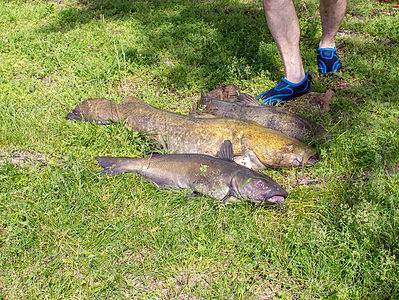
Yellow Bullhead Catfish
Bottom dwelling scavenger fish
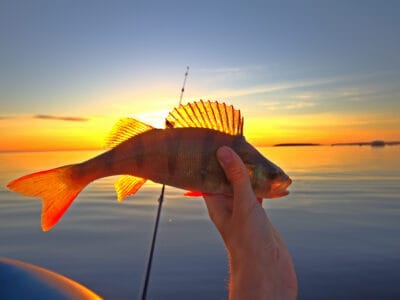
Yellow Perch
Female Yellow Perch grom larger than the males.
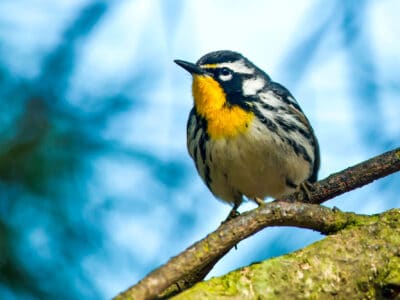
Yellowthroat
They forage near the ground, searching leaves for insects
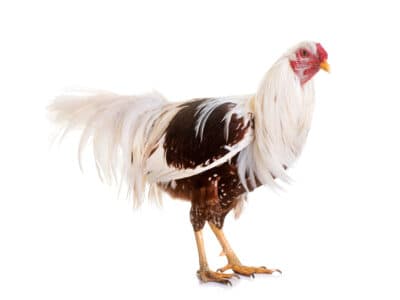
Yokohama Chicken
Yokohama chickens have snow white feathers with tails reaching up to 4 feet in length.

Yoranian
These dogs are very intelligent and are great with children.
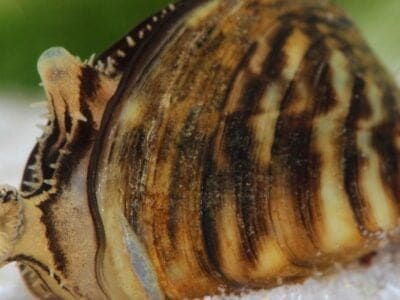
Zebra Mussels
A female zebra mussel can deposit 30,000 to 1,000,000 eggs each year!
Canadian Animals List
- Acadian Flycatcher
- Admiral Butterfly
- American Bully
- American Coonhound
- American Dog Tick
- American Eel
- American Robin
- American Toad
- Anna’s Hummingbird
- Anomalocaris
- Ant
- Archaeotherium
- Arctic Char
- Arctic Fox
- Arctic Hare
- Arctic Wolf
- Armyworm
- Ashy Mining Bee
- Asian Lady Beetle
- Asian Longhorn Beetle
- Atlantic Cod
- Atlantic Sturgeon
- Aurochs
- Australorp Chicken
- Bagworm Moth Caterpillar
- Barn Owl
- Barn Spider
- Barn Swallow
- Barred Owl
- Bat
- Bea-Tzu
- Beabull
- Bear
- Beaver
- Bed Bugs
- Bee
- Beetle
- Beewolf wasp
- Belted Kingfisher
- Bighorn Sheep
- Bird
- Biscuit Beetle
- Bison
- Black and White Warbler
- Black Crappie
- Black Sea Bass
- Black Widow Spider
- Blackburnian Warbler
- Blackpoll Warbler
- Blue Death Feigning Beetle
- Blue Dragon Sea Slug
- Blue Jay
- Blue Racer
- Bluegill
- Bobcat
- Bobolink
- Box Tree Moth
- Brazilian Treehopper
- Brook Trout
- Brown-banded Cockroach
- Brown Bear
- Brown Dog Tick
- Brown Headed Cowbird
- Buffalo Fish
- Bull Trout
- Bullfrog
- Bullsnake
- Bumblebee
- Butterfly
- Camel Cricket
- Canada Lynx
- Canada Warbler
- Canadian Eskimo Dog
- Canadian Horse
- Canvasback
- Cardinal
- Caribou
- Carpenter Ant
- Cat
- Caterpillar
- Catfish
- Cave Lion
- Cecropia Moth
- Cedar Waxwing
- Centipede
- Cephalaspis
- Chestnut-Sided Warbler
- Chickadee
- Chicken
- Chipmunk
- Cinnamon Bear
- Cochin Chicken
- Cockroach
- Codling Moth
- Common Furniture Beetle
- Common Goldeneye
- Common Grackle
- Common House Spider
- Common Loon
- Common Raven
- Common Yellowthroat
- Cooper’s Hawk
- Cormorant
- Cougar
- Cow
- Coyote
- Crab
- Crab Spider
- Crane
- Cricket
- Cross Fox
- Crow
- Cuckoo
- Cucumber Beetle
- Dark-Eyed Junco
- Dark-Eyed Junco
- De Kay’s Brown Snake
- Deer
- Deer Mouse
- Deer Tick
- Diamondback Moth
- Dickcissel
- Dimetrodon
- Diving Duck
- Dog
- Dog Tick
- Downy Woodpecker
- Doxle
- Dragonfly
- Duck
- Dung Beetle
- Dungeness Crab
- Eagle
- Earthworm
- Earwig
- Eastern Bluebird
- Eastern Chipmunk
- Eastern Gray Squirrel
- Eastern Hognose Snake
- Eastern Kingbird
- Eastern Meadowlark
- Eastern Phoebe
- Eastern Racer
- Eastern Turkey (Wild Turkey)
- Eel
- Eider
- Elk
- Emperor Goose
- Ermine
- Eskimo Dog
- European Corn Borer
- Evening Grosbeak
- Falcon
- Fallow deer
- False Widow Spider
- Ferruginous Hawk
- Firefly
- Fisher
- Flea
- Fly
- Fox
- Fox Snakes
- Fox Squirrel
- Frog
- Fruit Fly
- Fulvous Whistling Duck
- Gadwall
- Garter Snake
- German Cockroach
- Giant House Spider
- Giant Leopard Moth
- Giant Salamander
- Glass Lizard
- Glowworm
- Gnat
- Golden-Crowned Kinglet
- Golden Eagle
- Golden Tortoise Beetle
- Goose
- Gopher
- Grapevine Beetle
- Grass Snake
- Grass Spider
- Grasshopper
- Grasshopper Mouse
- Gray Catbird
- Gray Fox
- Gray Tree Frog
- Great Crested Flycatcher
- Green Frog
- Green June Beetle
- Green Snake
- Grizzly Bear
- Groundhog Tick
- Groundhog (Woodchuck)
- Gypsy Moth
- Hairy Woodpecker
- Hallucigenia
- Hammond’s flycatcher
- Hamster
- Harbor Porpoise
- Hare
- Hawk Moth Caterpillar
- Heron
- Herring Gull
- Highland Cattle
- Hobo Spider
- Hognose snake
- Honey Bee
- Hooded Seal
- Horse
- Horsefly
- Horseshoe Crab
- House wren
- Housefly
- Human
- Ibex
- Imperial Moth
- Insects
- Io Moth
- Jack Crevalle
- Japanese Beetle
- Jonah Crab
- Kangaroo Rat
- Kermode Bear (Spirit Bear)
- Killdeer
- Kinder Goat
- King Eider
- Kingfisher
- Kokanee Salmon
- Labrador Retriever
- Labraheeler
- Ladybug
- Landseer Newfoundland
- Largemouth Bass
- Least Flycatcher
- Leech
- Leghorn Chicken
- Lemming
- Leopard Frog
- Lesser Scaup
- Little Brown Bat
- Lizard
- Loggerhead Shrike
- Lone Star Tick
- Long-Eared Owl
- Lynx
- MacGillivray’s Warbler
- Machaeroides
- Mackenzie Valley Wolf
- Maggot
- Magnolia Warbler
- Maiasaura
- Mallard
- Marans Chicken
- Marble Fox
- Marmot
- May Beetle
- Mealybug
- Merganser
- Milk Snake
- Millipede
- Mockingbird
- Mole
- Mole Cricket
- Monarch Butterfly
- Mongrel
- Moose
- Mosquito
- Moth
- Mountain Beaver
- Mountain Bluebird
- Mountain Lion
- Mourning Dove
- Mourning Warbler
- Mouse
- Mudpuppy
- Mule
- Mule Deer
- Muskox
- Muskrat
- Nematode
- Newfoundland
- Night Heron
- Night Snake
- No See Ums
- North American Black Bear
- Northern Alligator Lizard
- Northern Cardinal
- Northern Flicker
- Northern Harrier
- Northern Parula
- Northern Pintail
- Northern Water Snake
- Nut Weevil
- Nutria
- Ocean Perch
- Opabinia
- Opossum
- Oranda Goldfish
- Orange-Crowned Warbler
- Orb Weaver
- Oregon Spotted Frog
- Ornithomimus
- Osprey
- Otter
- Ovenbird
- Owl
- Painted Turtle
- Panther
- Parasaurolophus
- Pennsylvania Wood Cockroach
- Peppered Moth
- Perch Fish
- Peregrine Falcon
- Pheasant
- Piebald Dachshund
- Pigeon
- Pika
- Pike Fish
- Pileated Woodpecker
- Pine Marten
- Pine Siskin
- Pink Salmon
- Pit Viper
- Plains Hognose Snake
- Polar Bear
- Polyphemus Moth
- Porcupine
- Prairie Chicken
- Prairie Rattlesnake
- Pterodactyl
- Puffin
- Puma
- Purple Finch
- Quahog Clam
- Quail
- Queen Snake
- Raccoon
- Racer Snake
- Rainbow Grasshopper (Dactylotum bicolor)
- Rat
- Rat Snakes
- Rattlesnake
- Red Aphids
- Red-Eared Slider
- Red Finch
- Red-Shouldered Hawk
- Red Squirrel
- Red-winged blackbird
- Reindeer
- Ribbon Snake
- Ring-billed Gull
- River Otter
- River Turtle
- Robin
- Rock Bass
- Rodents
- Roosevelt Elk
- Rooster
- Rose-Breasted Grosbeak
- Rough-Legged Hawk (Rough-Legged Buzzard)
- Ruby-Crowned Kinglet
- Ruby-Throated Hummingbird
- Ruddy Duck
- Rufous Hummingbird
- Saber-Toothed Tiger
- Sable Ferret
- Salamander
- Salmon
- Sand Crab
- Sandhill Crane
- Sandworm
- Savannah Sparrow
- Scissor-tailed Flycatcher
- Scorpion
- Sculpin
- Sea Bass
- Sea Eagle
- Seagull
- Sharp-Shinned Hawk
- Sharp-Tailed Snake
- Sheep
- Short-Eared Owl
- Shrew
- Shrimp
- Siberian Retriever
- Skink Lizard
- Skunk
- Slug
- Smallmouth Bass
- Smokybrown Cockroach
- Smooth Green Snake
- Snail
- Snake
- Snapping Turtle
- Snorkie
- Snow Bunting
- Snow Goose
- Snowberry Clearwing Moth
- Snowy Owl
- Sockeye Salmon
- Song Sparrow
- Southeastern Blueberry Bee
- Spadefoot Toad
- Sparrow
- Sphynx
- Spider Wasp
- Spongy Moth
- Spotted Skunk
- Squirrel
- Stag Beetle
- Star-nosed mole
- Steelhead Salmon
- Stick Insect
- Stoat
- Striped Bass
- Styracosaurus
- Summer Tanager
- Swainson’s Hawk
- Swallowtail Butterfly
- Swan
- Swedish Elkhound
- Tarantula Hawk
- Ten-Lined June Beetle
- Theropod
- Thrush
- Tick
- Tiger Beetle
- Tiger Moth
- Tiger Muskellunge (Muskie)
- Tiger Trout
- Tiktaalik
- Tomato Hornworm
- Torkie
- Tortoise
- Tree Cricket
- Tree Frog
- Tree swallow
- Troodon
- Tufted Titmouse
- Tundra Swan
- Turkey Vulture
- Turtles
- Tusoteuthis
- Tylosaurus
- Upland Sandpiper
- Valley Bulldog
- Veery
- Vinegaroon
- Vulture
- Walleye Fish
- Warbler
- Wasp
- Wax Moth
- Weasel
- Welsh Black Cattle
- Western Blacklegged Tick
- Western Hognose Snake
- Western Kingbird
- Western Rattlesnake (Northern Pacific Rattlesnake)
- Western Tanager
- White Bass
- White-Crowned Sparrow
- White Ferret / Albino Ferrets
- White Sturgeon
- White-tail deer
- Whitetail Deer
- Whooping Crane
- Willow Flycatcher
- Winter Moth
- Wolf
- Wolf Spider
- Wolverine
- Wood Bison
- Wood Duck
- Wood Frog
- Wood Tick
- Wood Turtle
- Woodlouse
- Woodlouse Spider
- Woodpecker
- Woodrat
- Worm
- Writing Spider
- Wyandotte Chicken
- Xeme (Sabine’s Gull)
- Xenoceratops
- Yellow Bellied Sapsucker
- Yellow Bullhead Catfish
- Yellow Perch
- Yellowish Cuckoo Bumblebee (formerly Fernald’s Cuckoo Bumblebee)
- Yellowthroat
- Yokohama Chicken
- Yoranian
- Zebra Mussels
Canada FAQs (Frequently Asked Questions)
What is the longest river system in Canada?
The longest river system in Canada is the Mackenzie River, which measures 2,635 miles. When just measuring river stems, the largest river that begins in Canada is the Yukon River.



